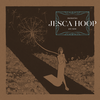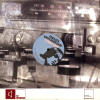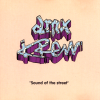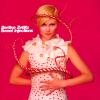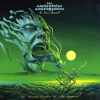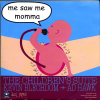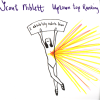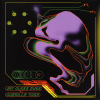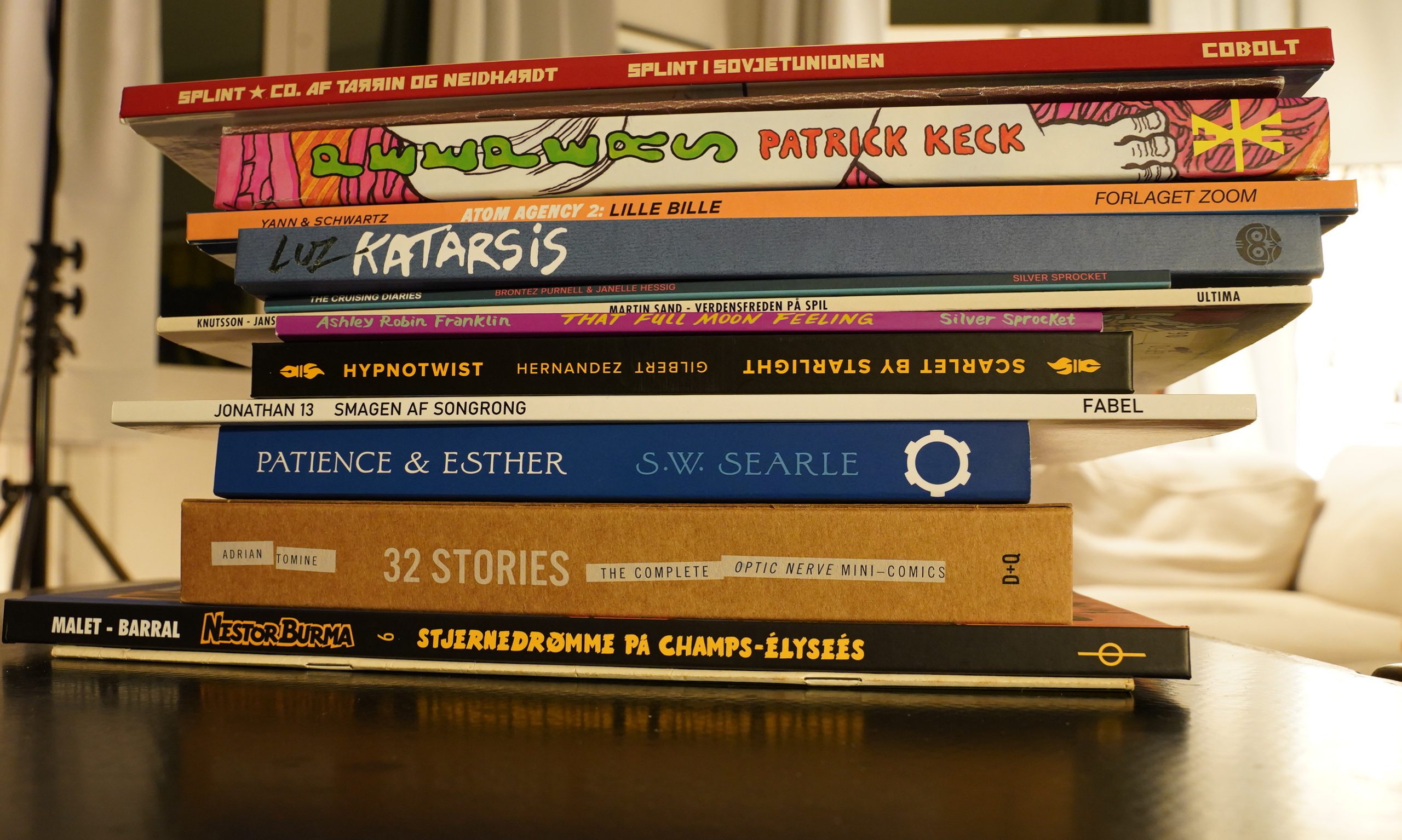
Geez. Why did I get up this early? Well, I could spend all day reading comics… it’s been so long since I’ve had an opportunity to do that! Busy busy.
OK, I’ve put some oldies on the stereo. Let’s do it.
| ESG: ESG | 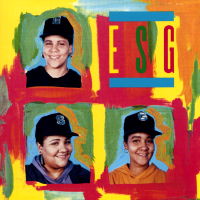 |
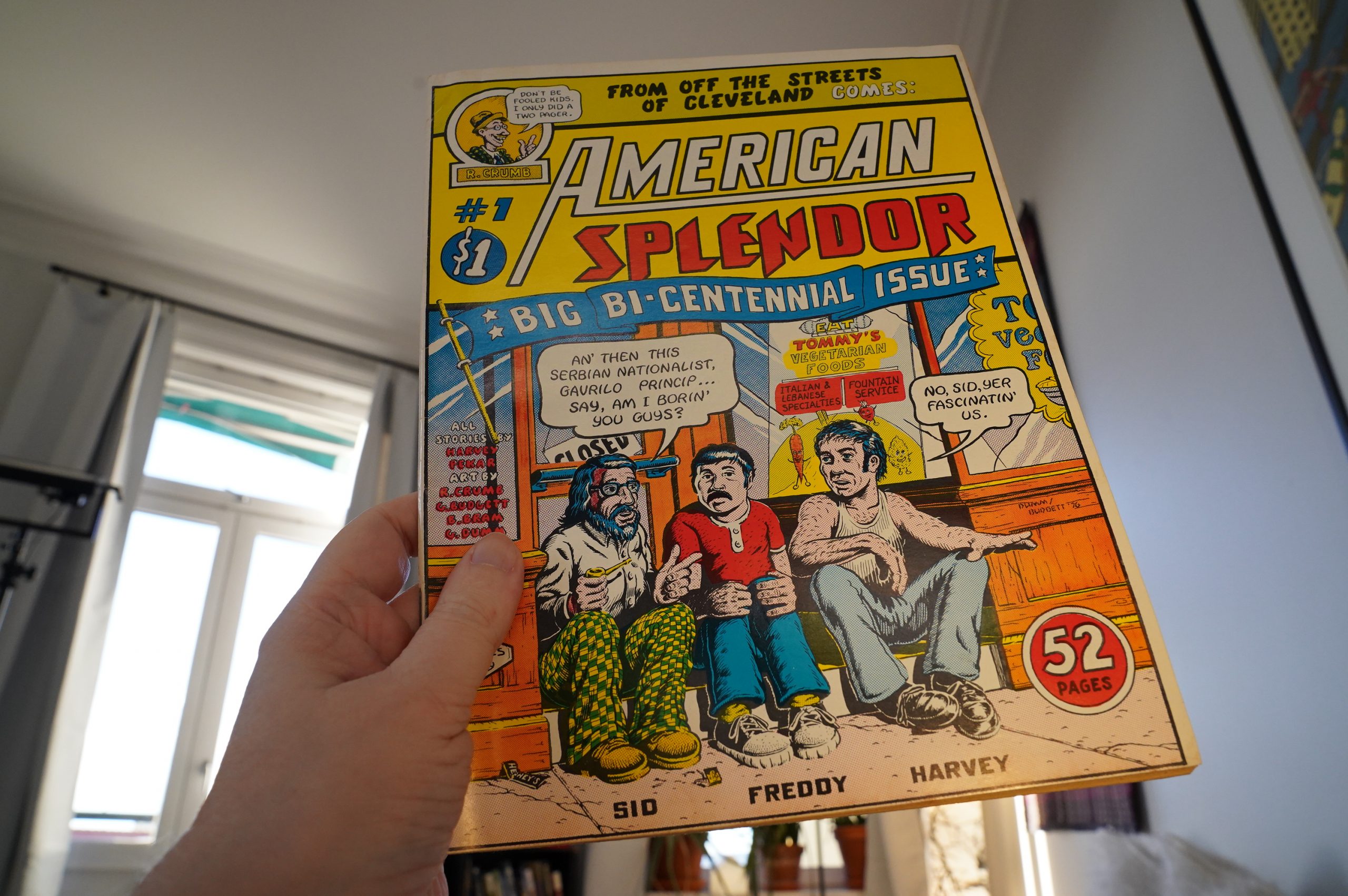
08:25: American Splendor #1 by Harvey Pekar
A couple weeks back, I was wondering why nobody’s done a complete reprinting of American Splendor, and it sounds like there’s some rights issues.
So I went ahead and bought the remaining issues I hadn’t read from ebay. :-/
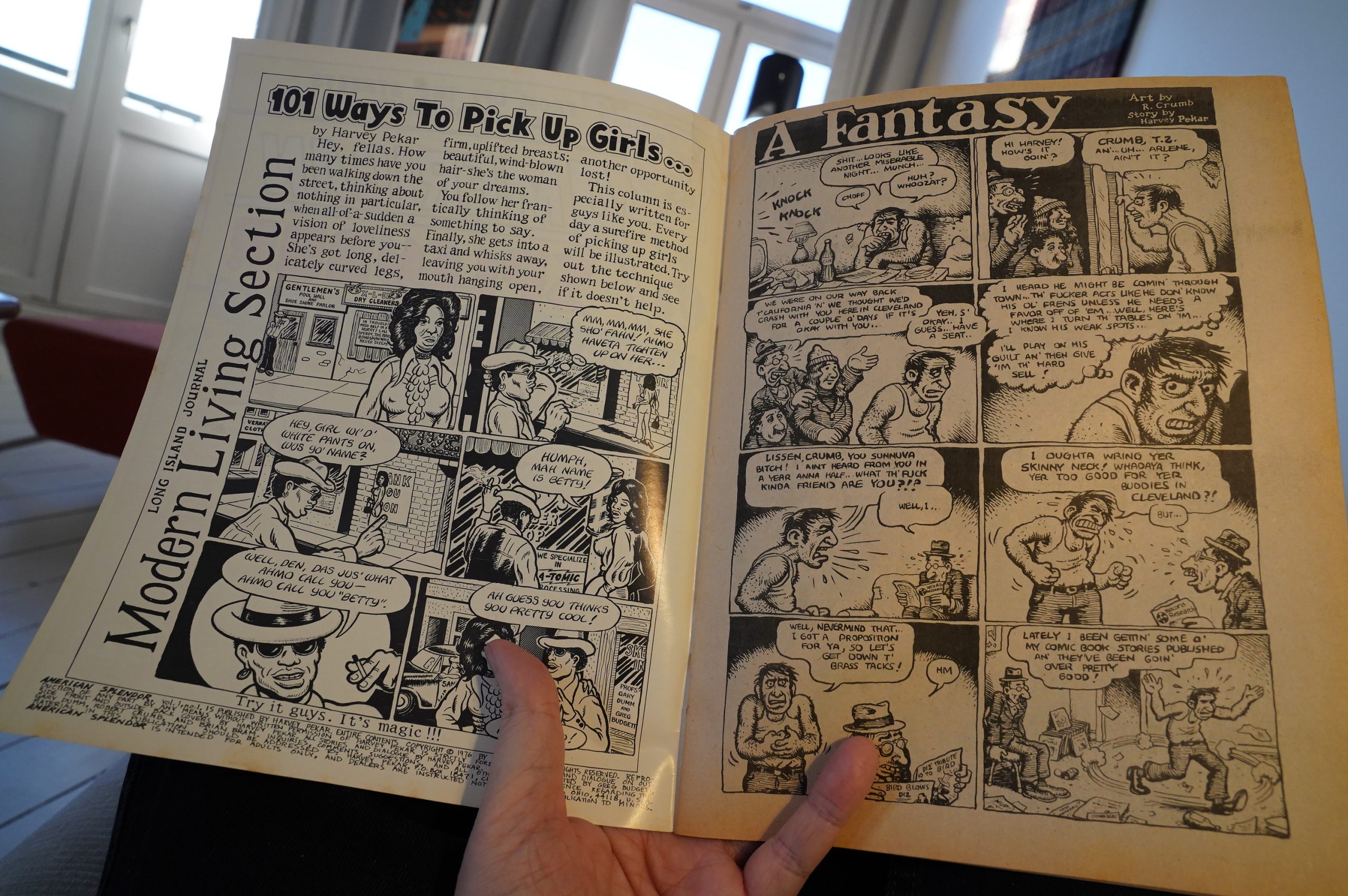
We open with a goofy thing about Pekar pressuring R. Crumb to do something for his new book (but only two pages).
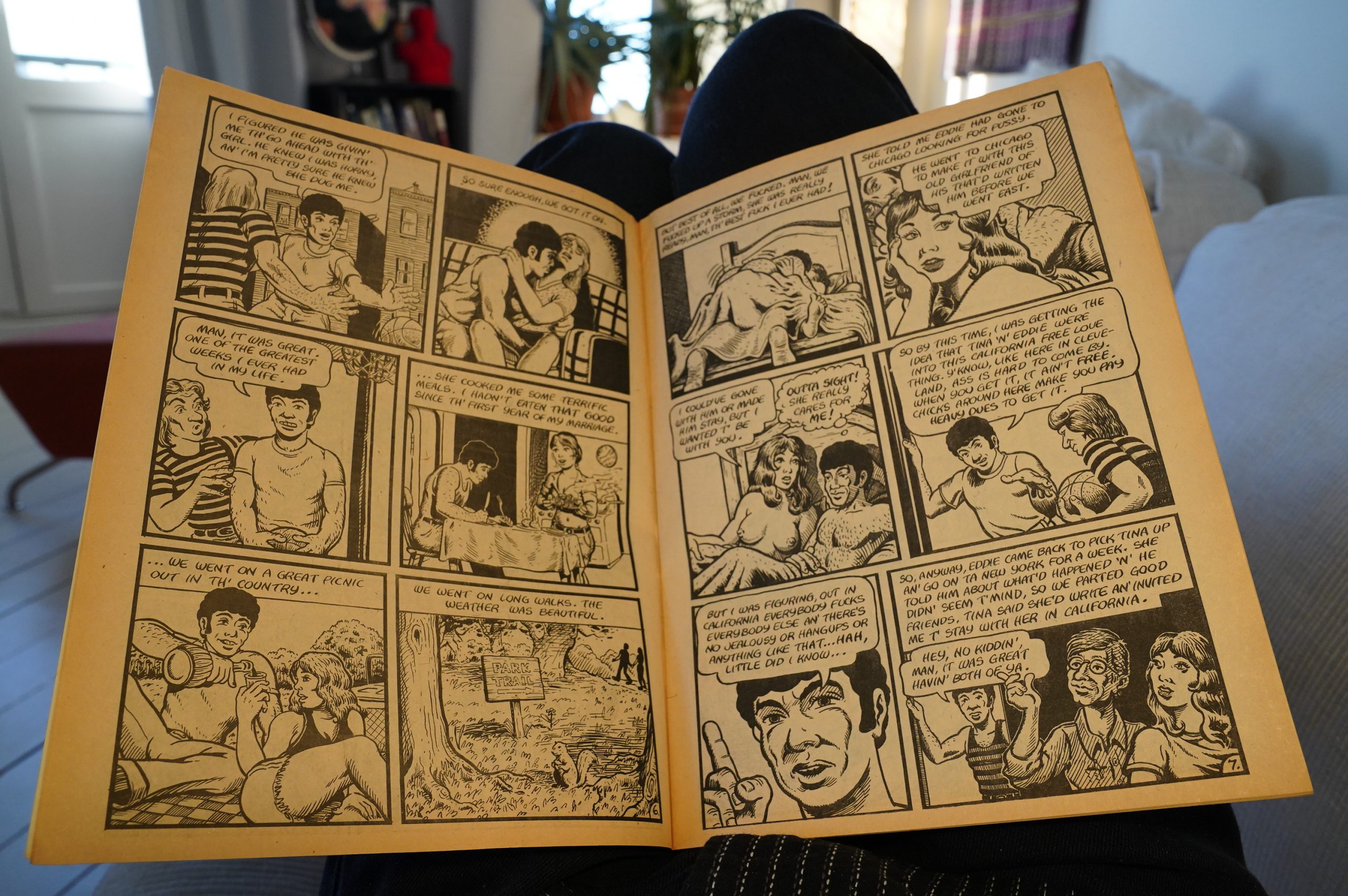
The major story here is a long story illustrated by Greg Budgett and Gary Dumm, and the protagonist here comes off really badly. He’s called “Marv” here, but I’m guessing it’s autobio? The main character in all the stories in this issue look the same, but have different names, so I guess Pekar was still hiding a bit.
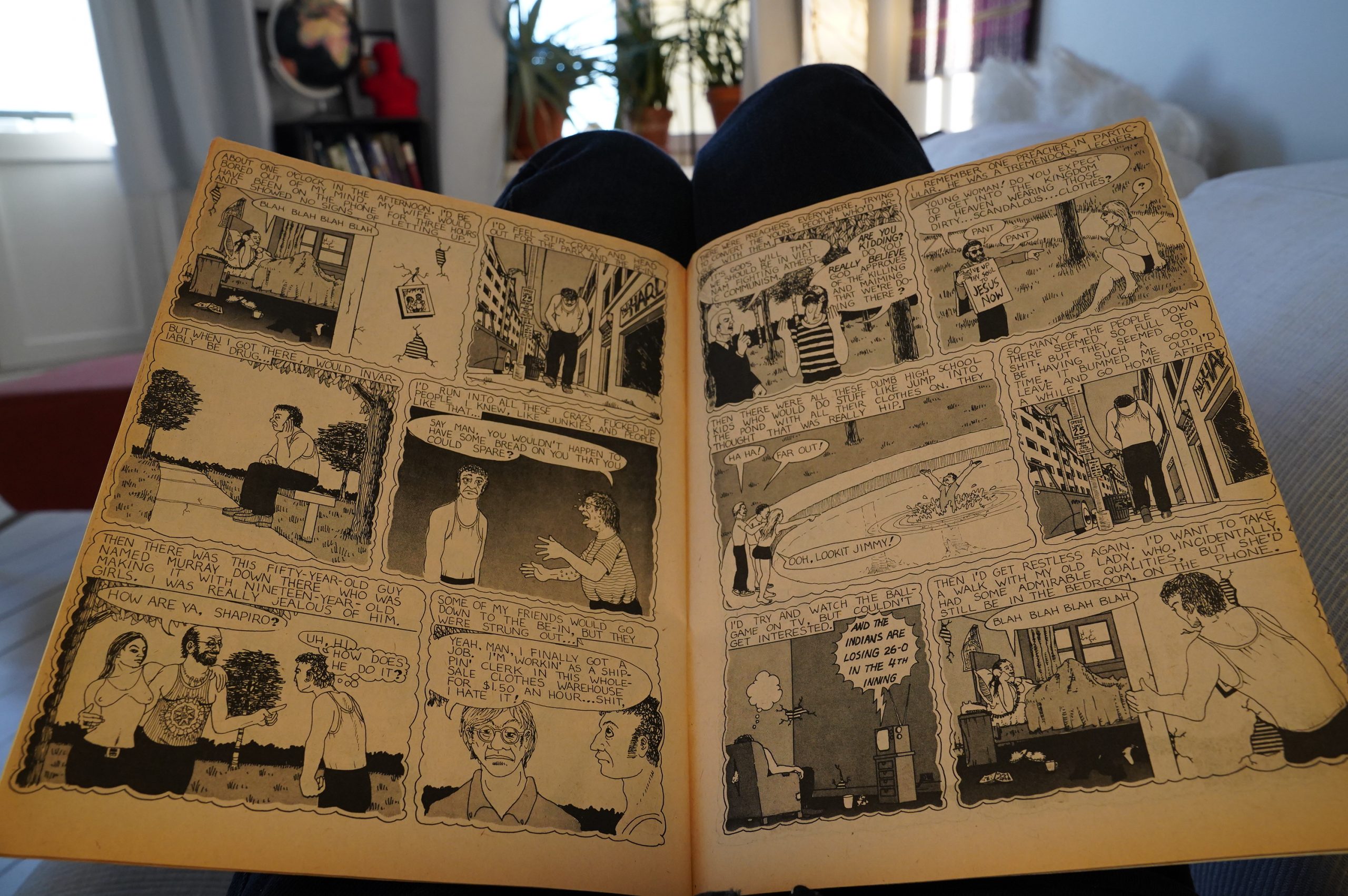
The story about being bummed out (or “drug”, as Pekar says) at fabulous 60s be-ins is funny. (Illustrate by Brian Bram.)
It’s thrilling to read this book: It’s quite unlike Pekar’s later work. It’s wild, dude. The story about Pekar playing doctor with a girl and then encountering her ten years later, and she’s a sex worker now, and then paying her a visit…
Perhaps there’s a reason that these pieces weren’t included in the 80s reprint collections by Doubleday? Or anywhere else? Only the Crumb-drawn piece has been reprinted.
| Bel Kanto: White-out conditions |  |
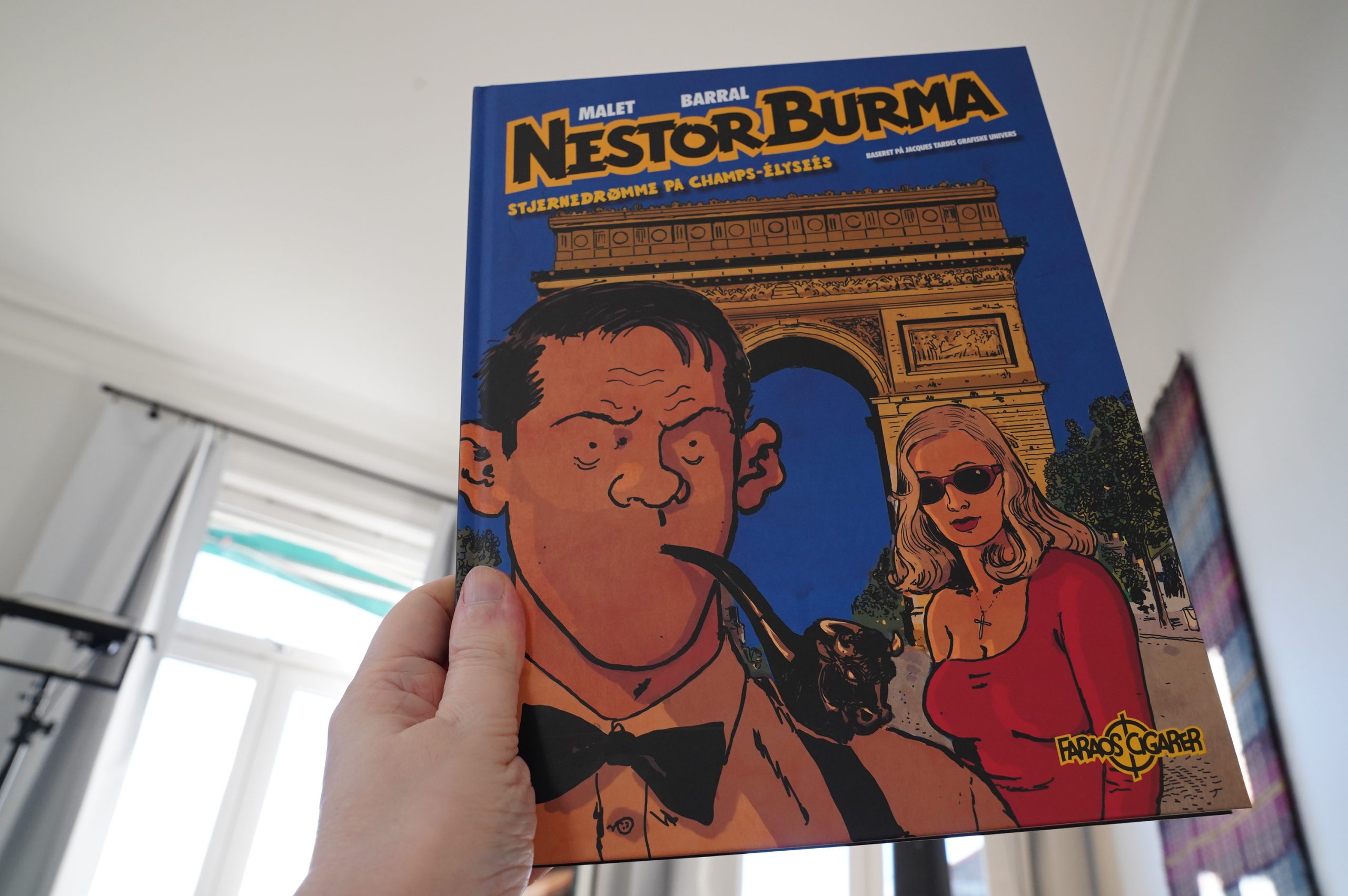
09:11: Nestor Burma: Corrida aux Champs-Élyseés by Malet & Barral (Faraos Cigarer)
I’m unreasonably excited to read this book: I mean, it’s not by Tardi, but by somebody attempting to draw in Tardi’s style? So it’ll probably suck? But just looking at this makes me excited, because… Perhaps Tardi by Proxy will be good?
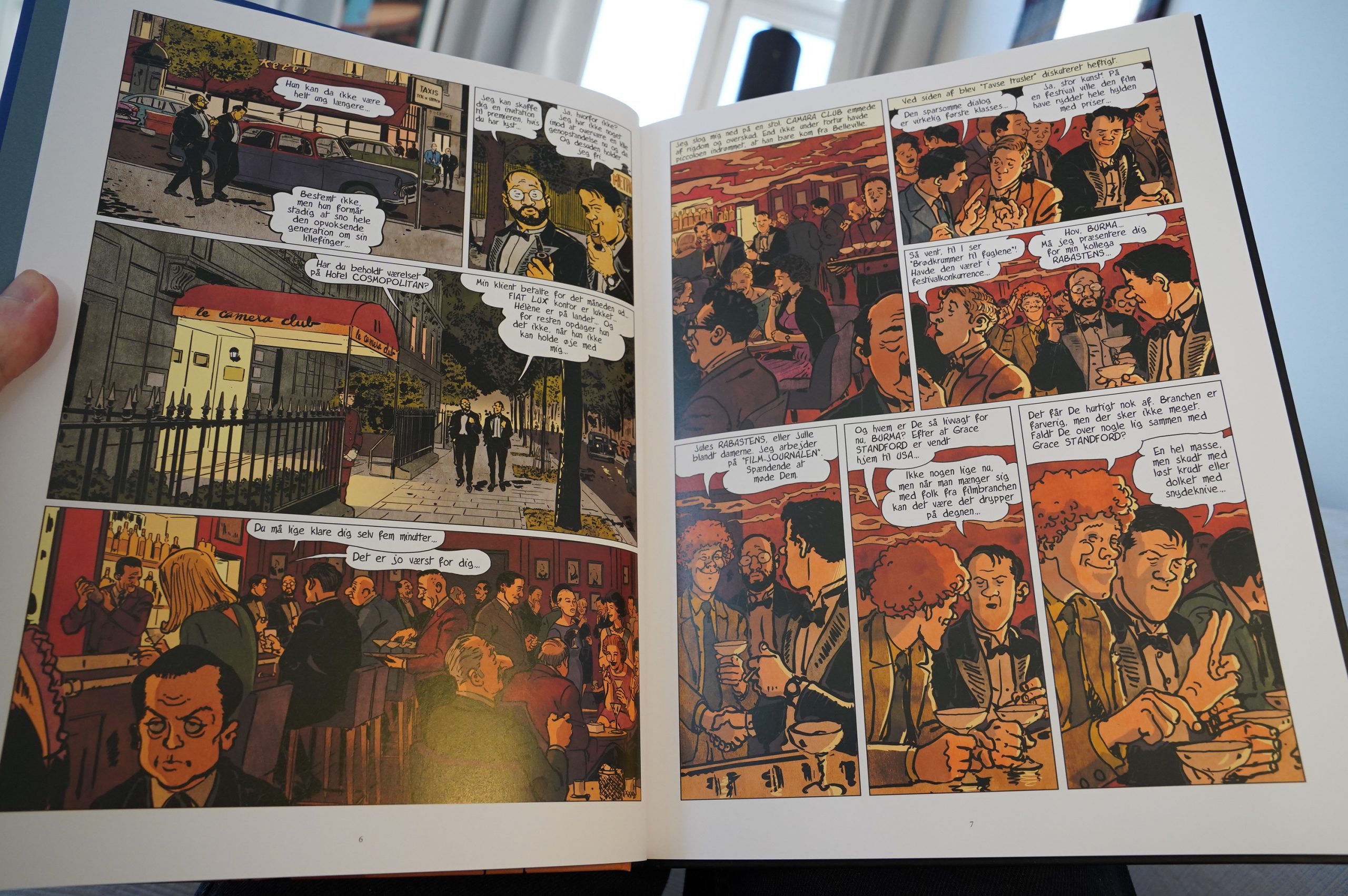
Well, sure, that’s kinda Tardiqesque… But not slavishly so.
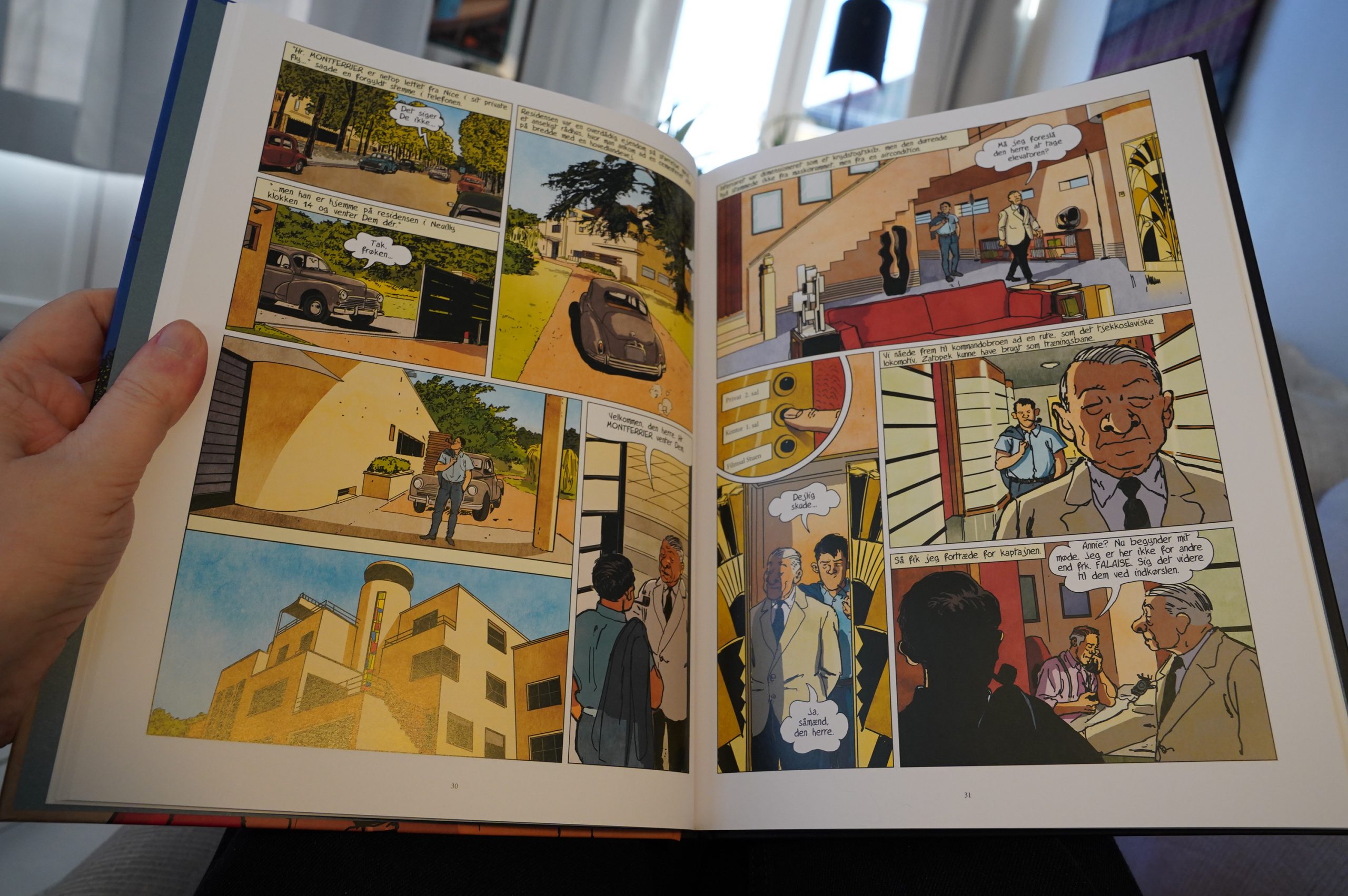
It’s a very well-integrated style. Great fun.
The story is exhilarating and exhaustingly confusing. There’s so many characters (I think there’s half a dozen gangsters?) that even after Burma explained how it all fit together, I still have no idea who did what.
And… the Danish translation is marred by typos, making it all even more difficult to understand.
But still. Great fun. Can’t wait to read more from Barral.
| Björk: Debut |  |
10:29: Nap Time
But I knew I shouldn’t have gotten up this early. Gotta take a nap.
| David Grubbs: The Spectrum Between |  |
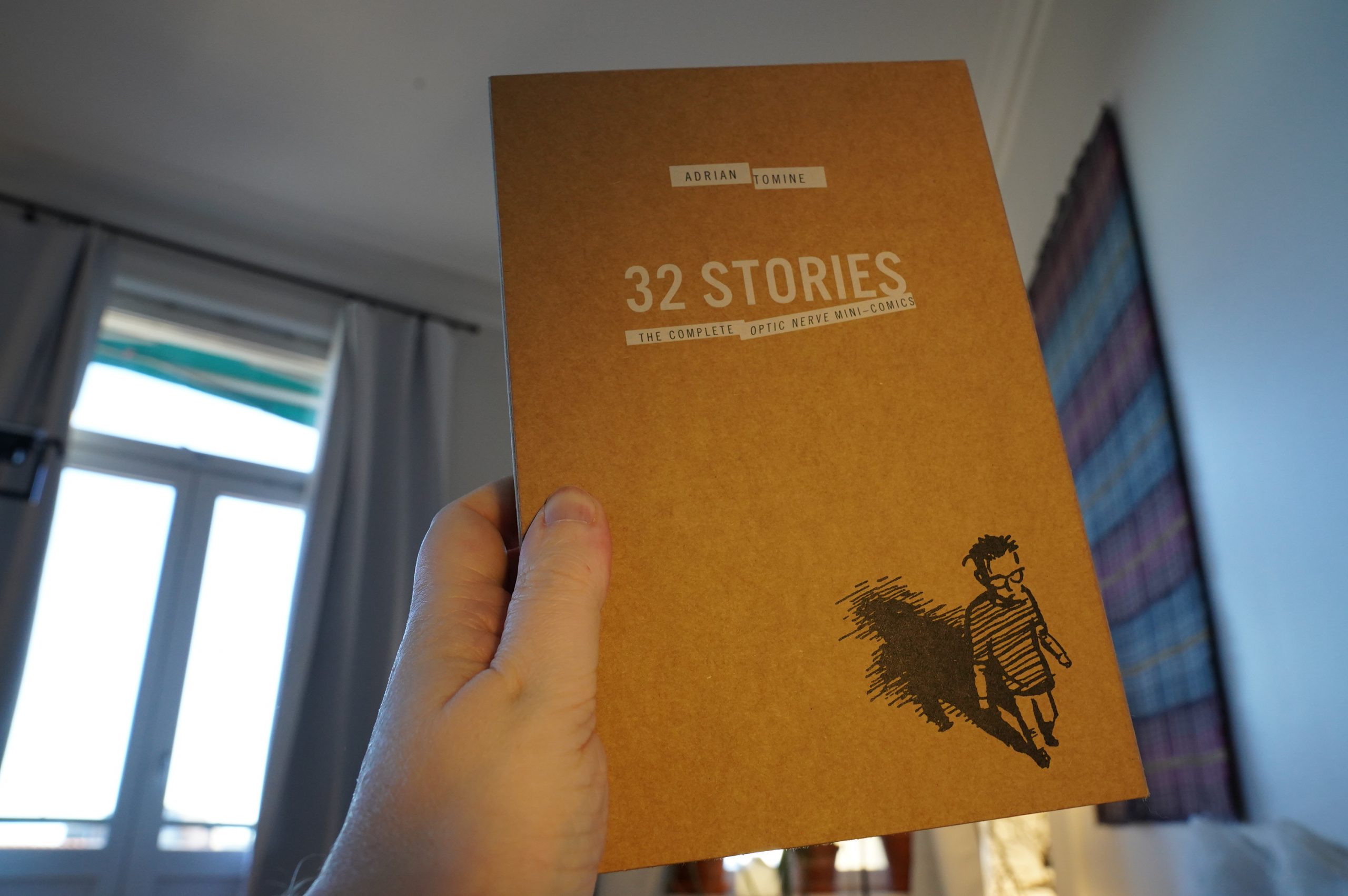
15:49: 32 Stories by Adrian Tomine (Drawn & Quarterly)
I”M AWAKE! I”M AWAKE!
Man, that was a good… er… nap… Well, better get back to comics reading.

Oh, this isn’t a book, but a box of facsimiles of the original mini comics? Cool.
I’ve read these before, I think? They were reprinted in the Optic Nerve series?
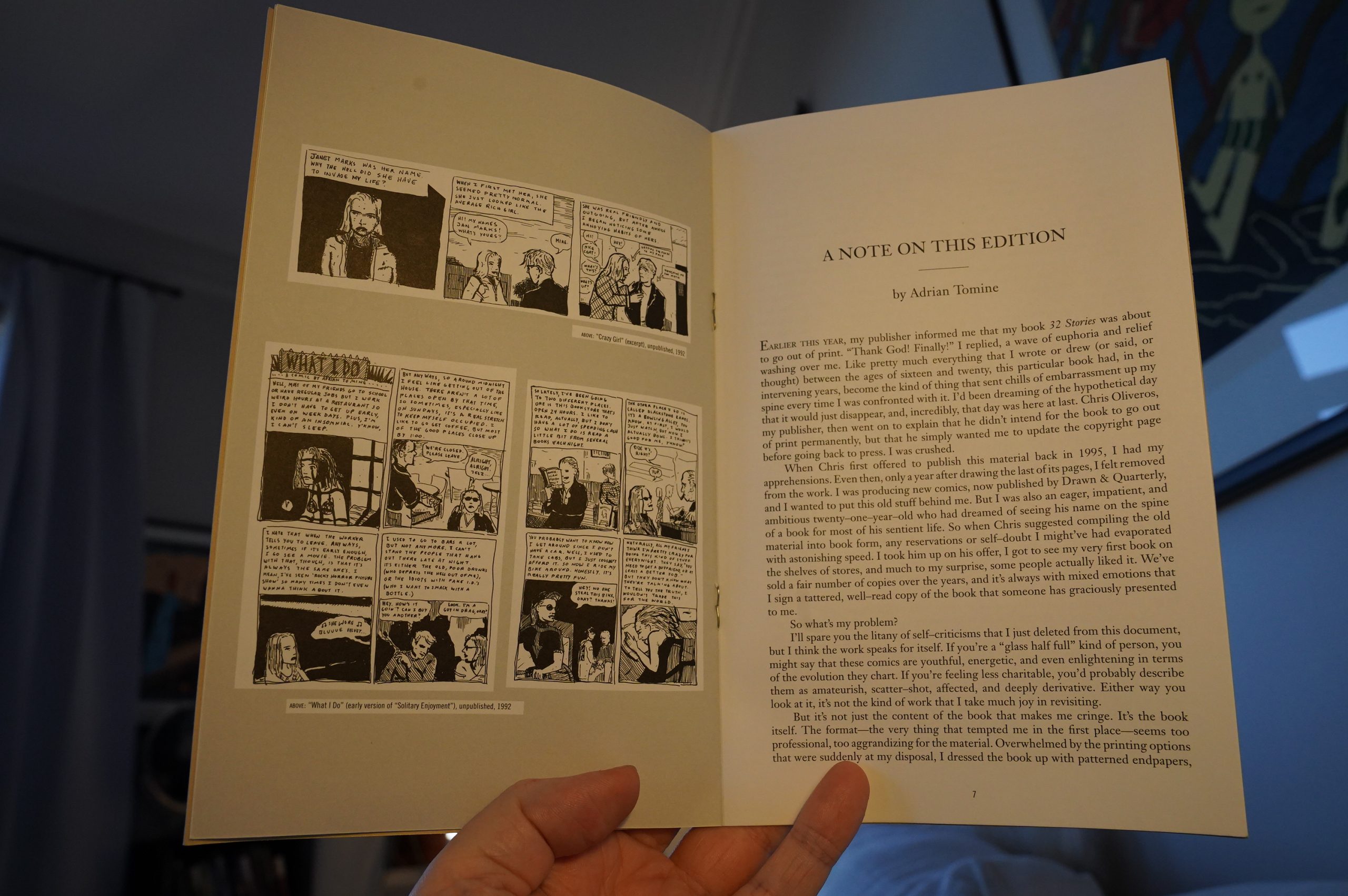
Oh, yeah. They were reprinted in the 32 Stories paperback, which I have here somewhere… so Tomine thought that was a too pretentious package, so it was republished in 2009 as this box of booklets, and I guess this is a new edition of that?
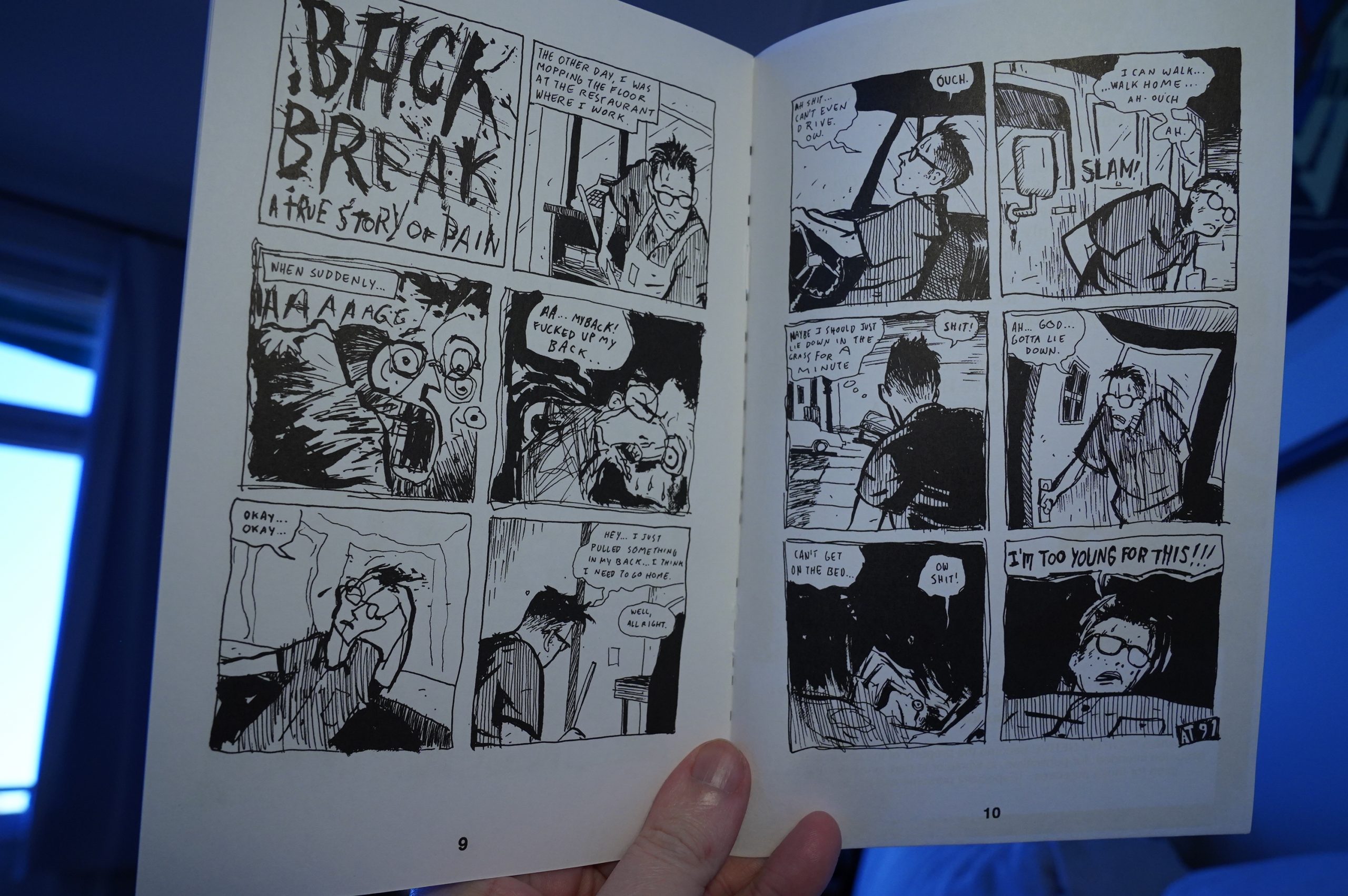
I mean, I like the format, but this box is way more pretentious than just a paperback. I think the least pretentious format would just be a paperback that reprinted the minis in full (complete with covers and letters pages). But, you know. What evs.
The stories are still fun. It’s been a long while since I’ve read them last.
| Blaine L. Reininger: Broken Fingers |  |
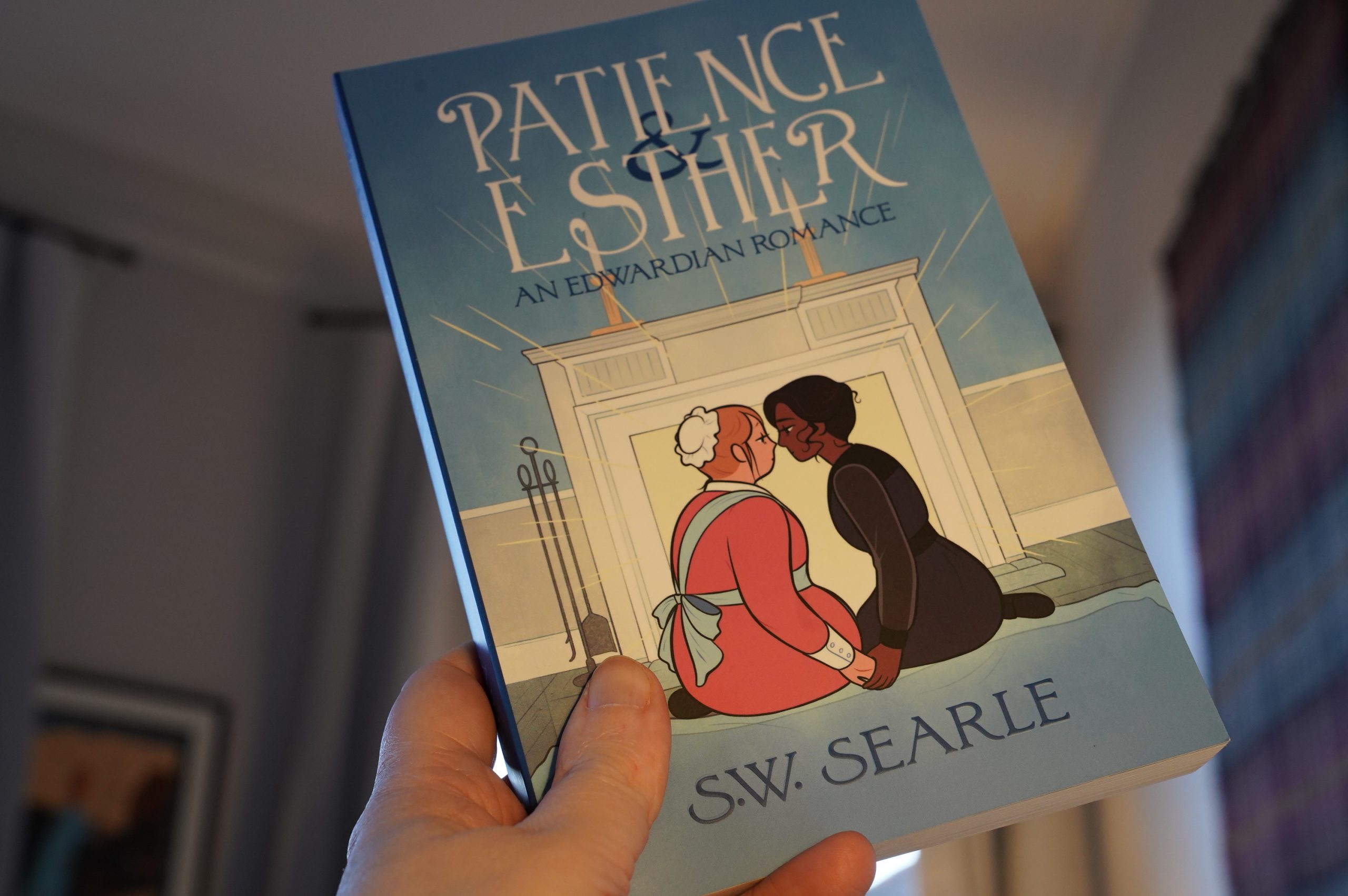
16:44: Patience & Esther by S. W. Searle (Iron Circus)
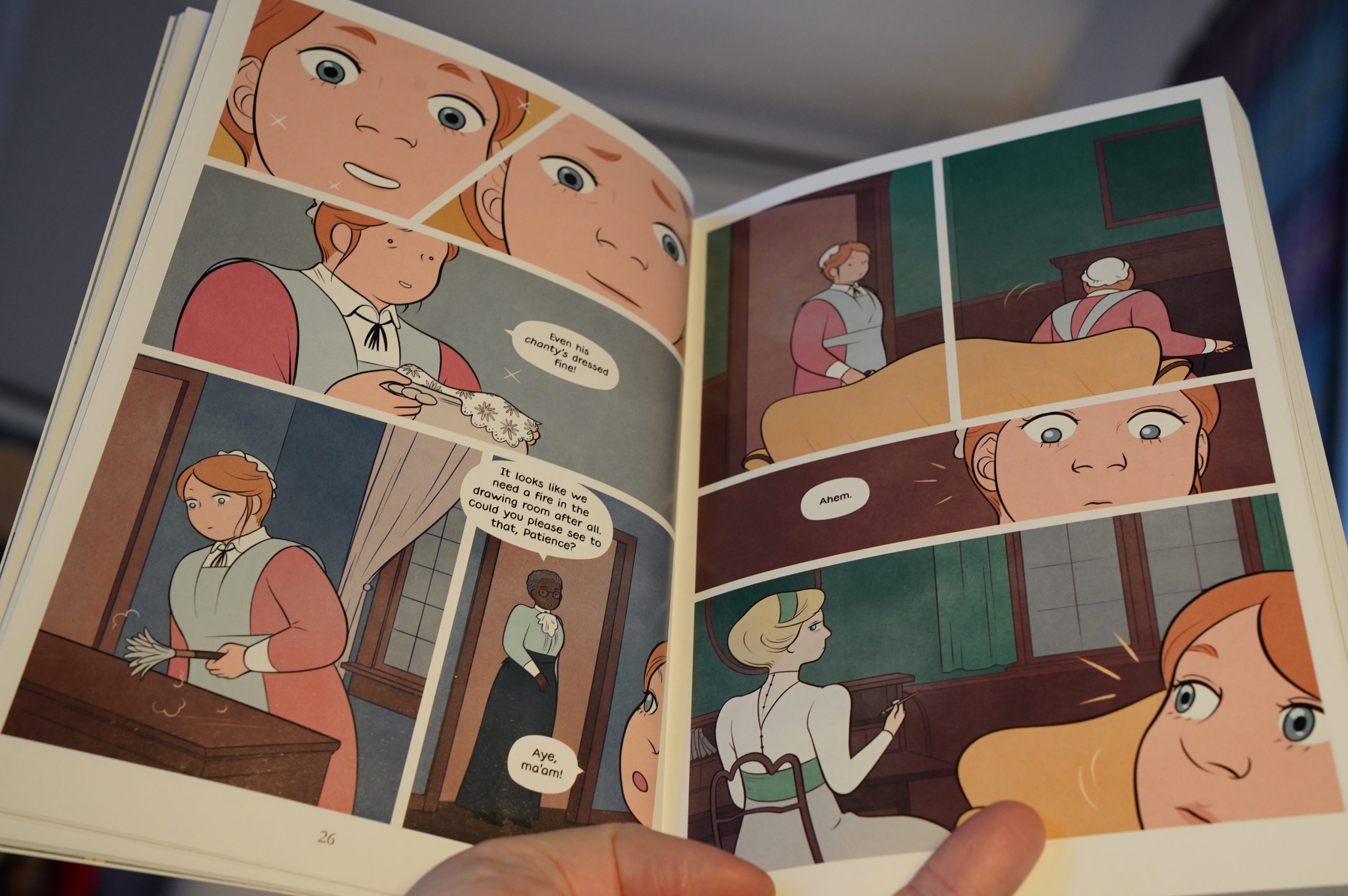
It’s kinda bizarre how the features change from panel to panel… the nose goes missing all of the time, and the eyes turn into dots here and there… at the start I wondered whether this was supposed to signal anything, but if it is, I’m unable to work out what. It doesn’t even seem to be a function of distance?
The artwork reminds me of the fucked-up works of Joan Cornella in a strange way.
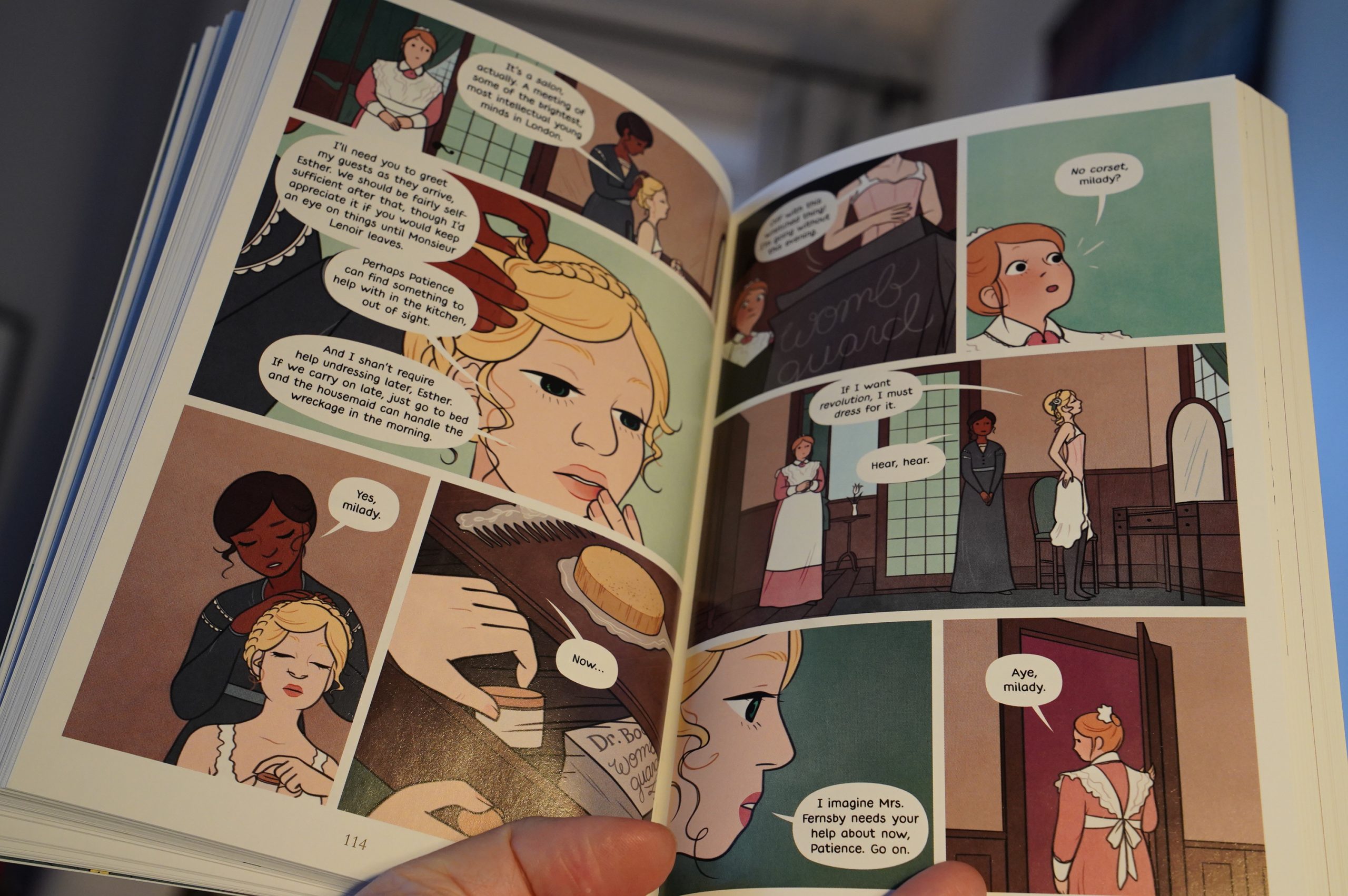
It’s a romance, but it sure does touch upon a lot of subjects. I think we swoop by classism, sexism, body image problems, anorexia, cultural appropriation, homophobia and I don’t know what.
It’s a lot, especially since none of the themes are really developed much, but just mentioned for a couple of pages (each). What was the point of that hunger artist thing, for instance? Did this originate as a web comic? It has that scattered feeling, where the author is apparently just dropping in whatever thing that people are tweeting about that day…
The main story’s pretty sweet, though.
| Cabaret Voltaire: Plasticity |  |
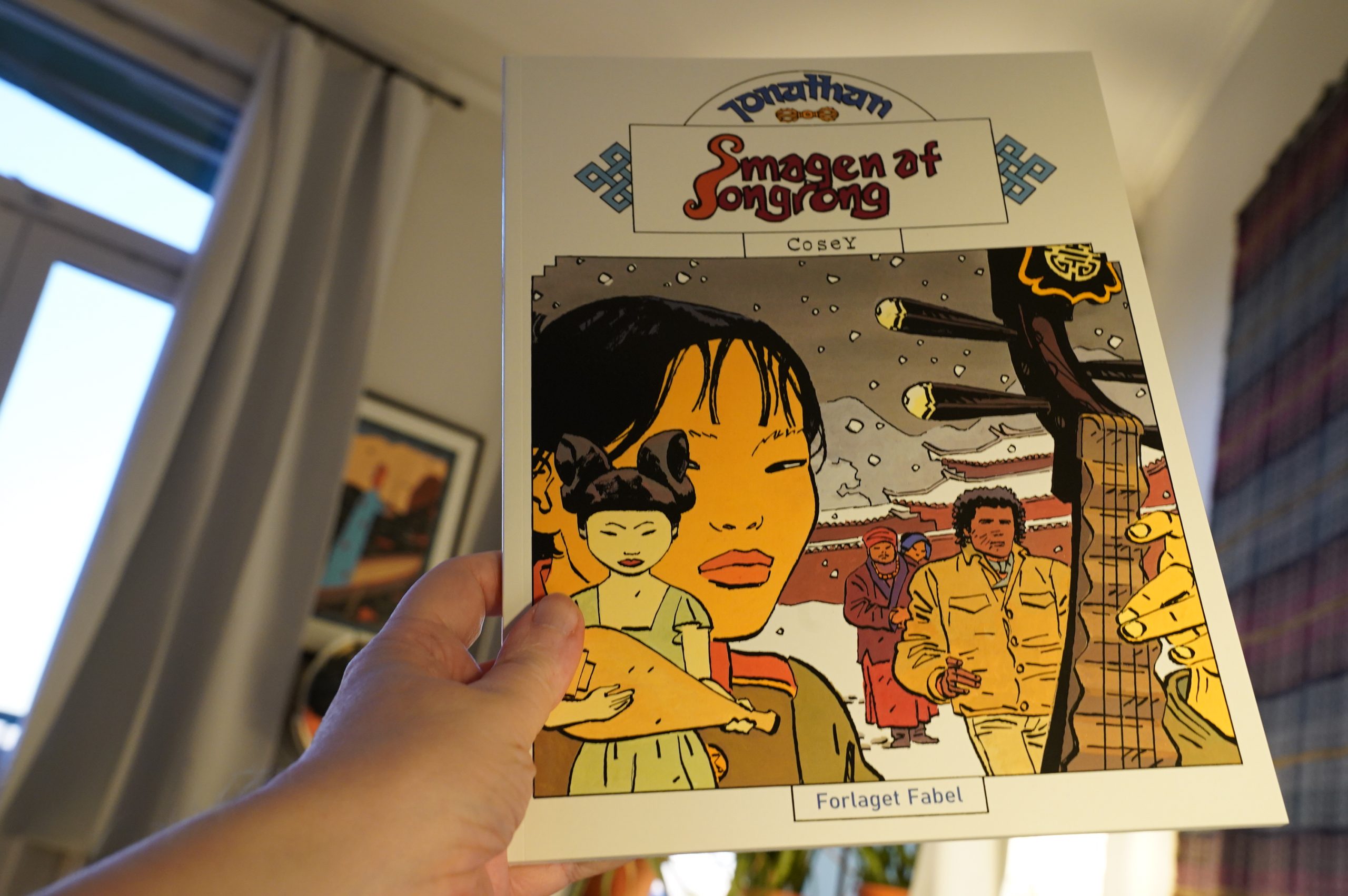
17:47: La saveaur du Songrong by Cosey (Fabel)
*gasp* Jonathan!
In the late 70s/early 80s, the Jonathan series by Cosey was one of the major touchstones of adult-ish French-ish comics (Cosey is Swiss, I believe). Eleven albums were made, and translated into languages I could understand immediately upon publication. Then Cosey took a ten year break, and a single album appeared in 1997, and… that was the last I saw of the Jonathan series.
Meanwhile, Cosey continued creating the series, but nobody published any translations… until now. Very odd (since other Cosey works were translated in this period?), but that’s the comics biz.
I re-read them all the other year, and I was very disappointed: They weren’t as good as I remember from reading them as a teenager. But I’m still super-excited about reading a new one, for some reason or other.
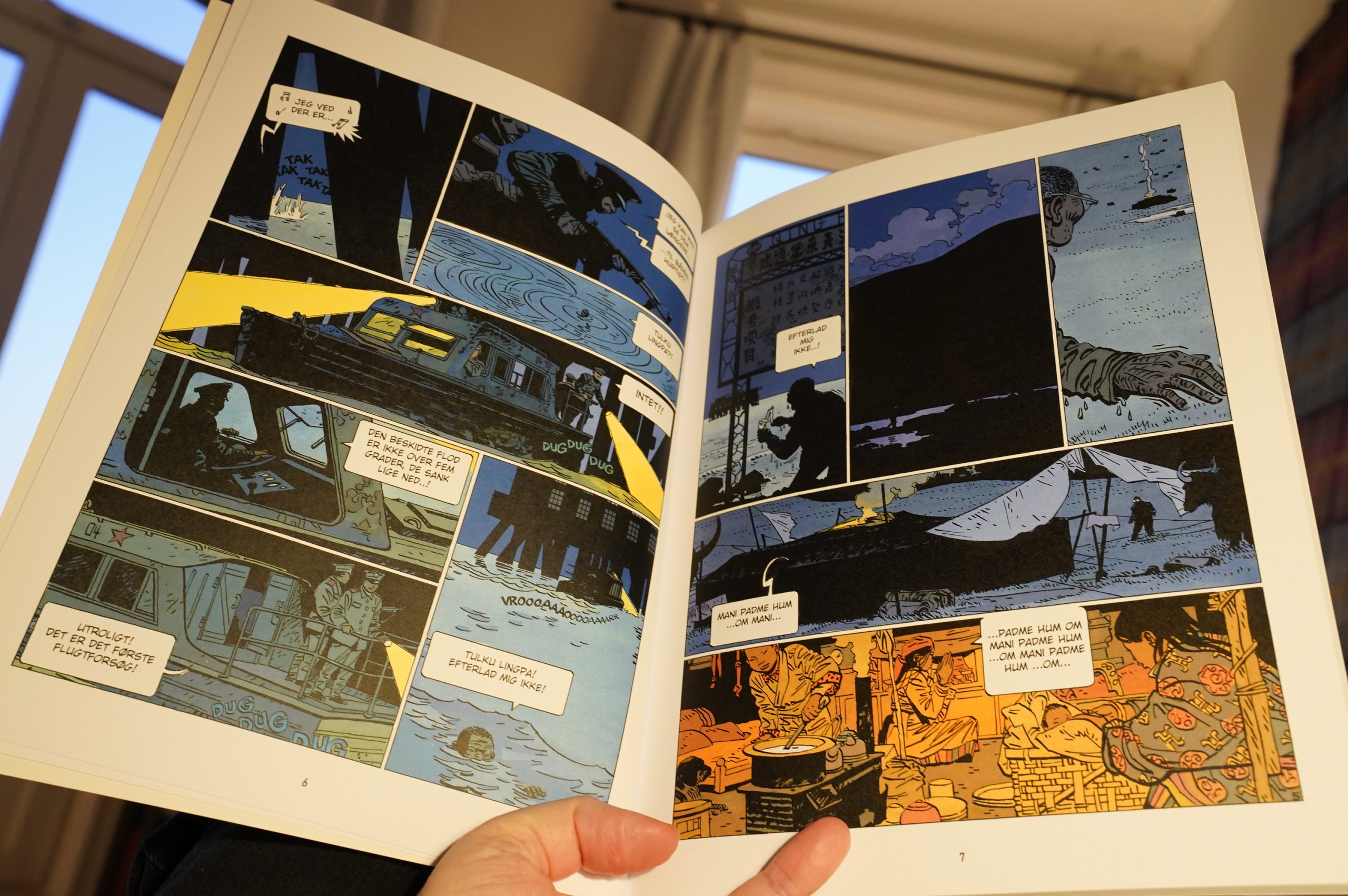
Oo. I do like Cosey’s colouring.
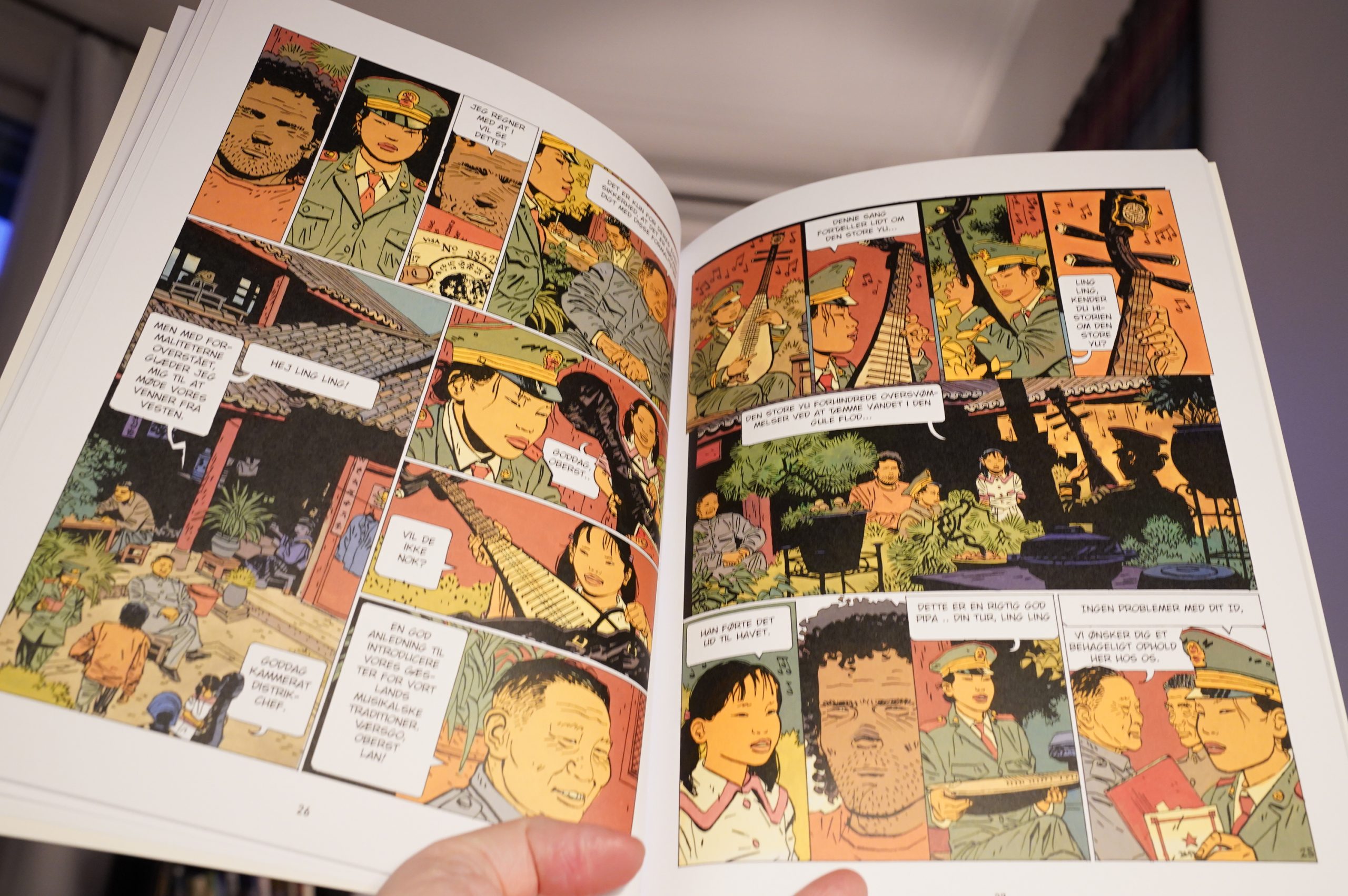
The storyline isn’t very complex — it’s about trying to find a book written by a Tibetan monk, and smuggle it out under the evil, watchful eyes of the Chinese occupying force.
But it’s told in such a bewildering way that I’m not sure what’s going on at any point. I mean, even the most basic thing, as when this is supposed to be taking place, is obscure. Is it sometime in the 70s? 60s? That would mean that Jonathan is now set in an earlier time than previously. There’s talk about Mao… but I guess he could be dead? Is it in the 80s? Can’t be later than that? Or what?
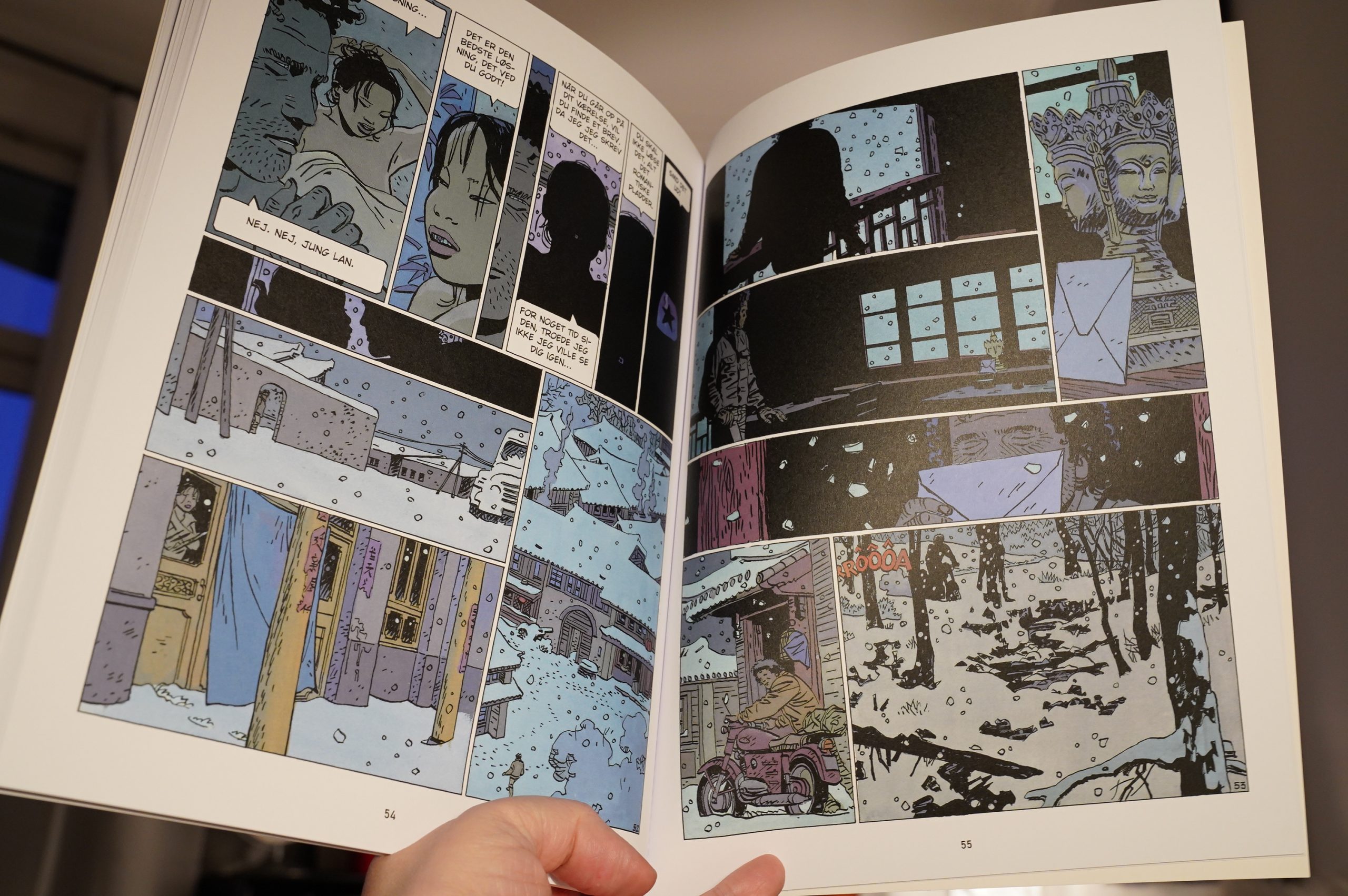
But I did really, really enjoy reading this. Cosey’s line work is more roughly hewn than before, and not as pretty, but the pacing is so atmospheric and the storytelling is fabulous.
Now I’m really looking forward to reading the last few albums — I think Cosey made… three more? Hopefully the Danes will get around to translating all of them.
| Bel Kanto: Birds of Passage | 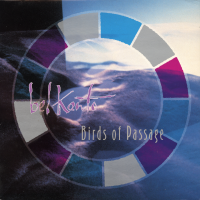 |
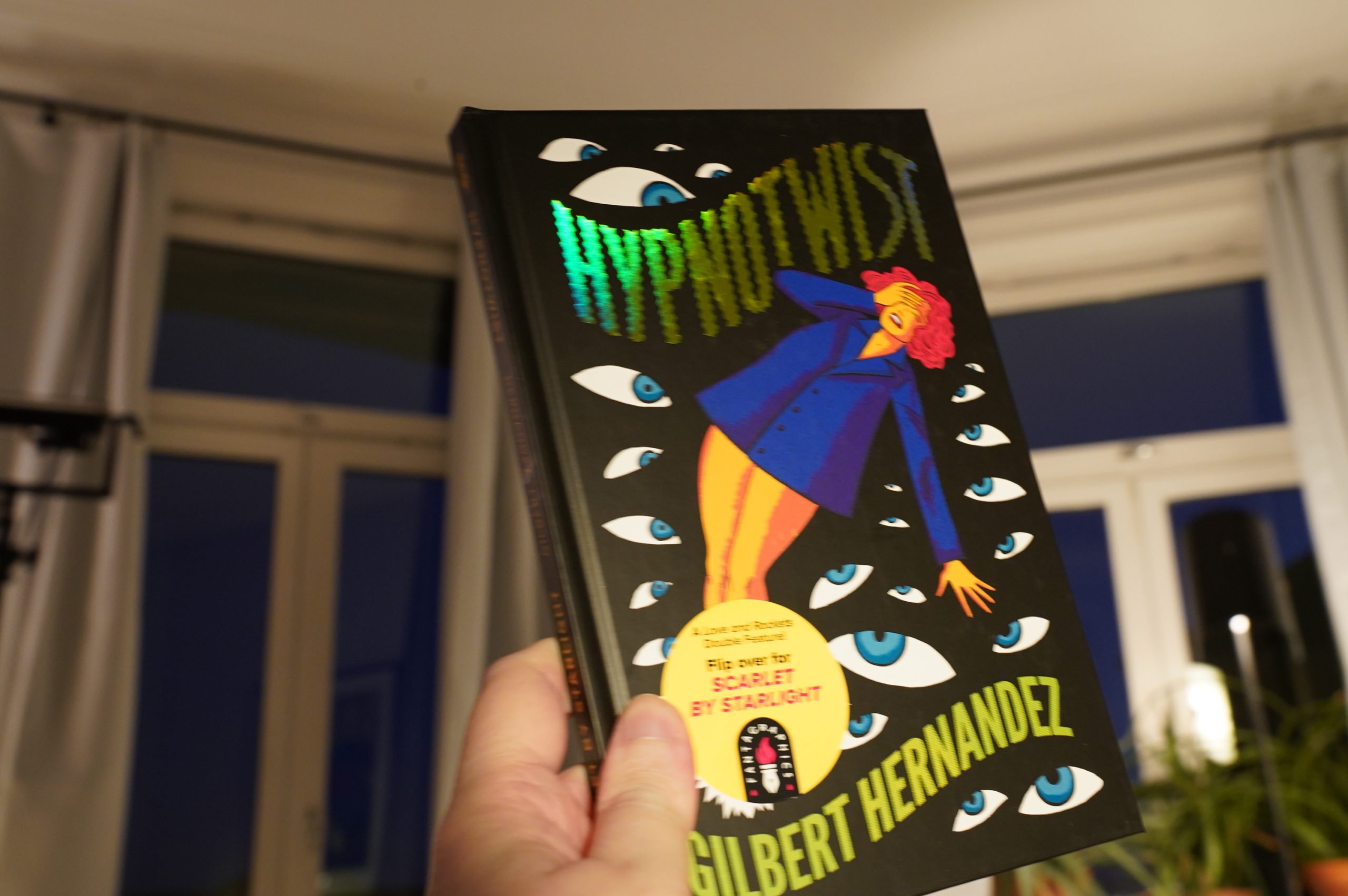
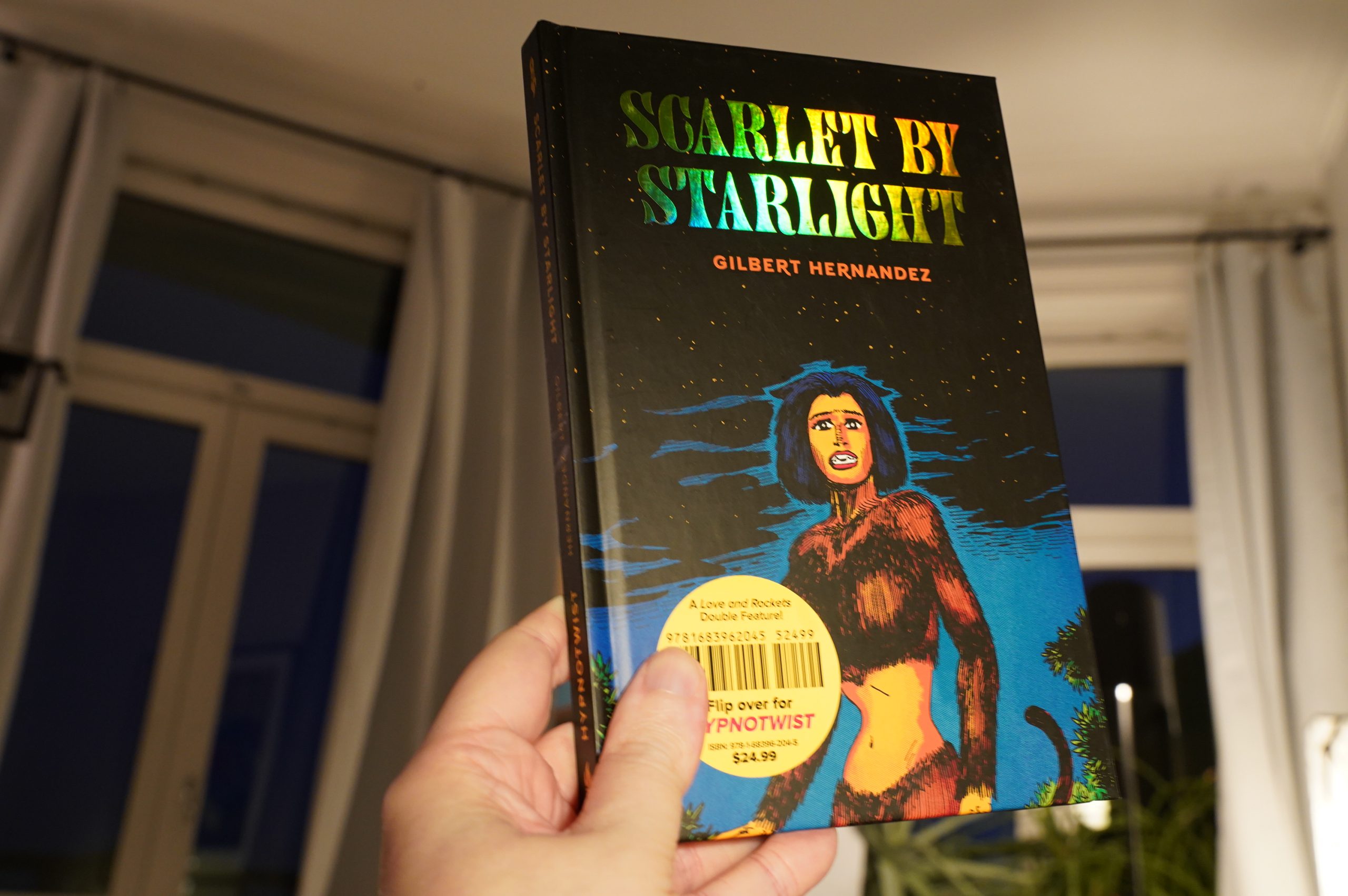
18:33: Scarlet by Starlight/Hypnotwist by Gilbert Hernandez (Fantagraphics)
Oh, these are expanded versions of stories from Love and Rockets? Which means that I’ve read them a couple times before. Oh, well. Perhaps the expanded bits are interesting…
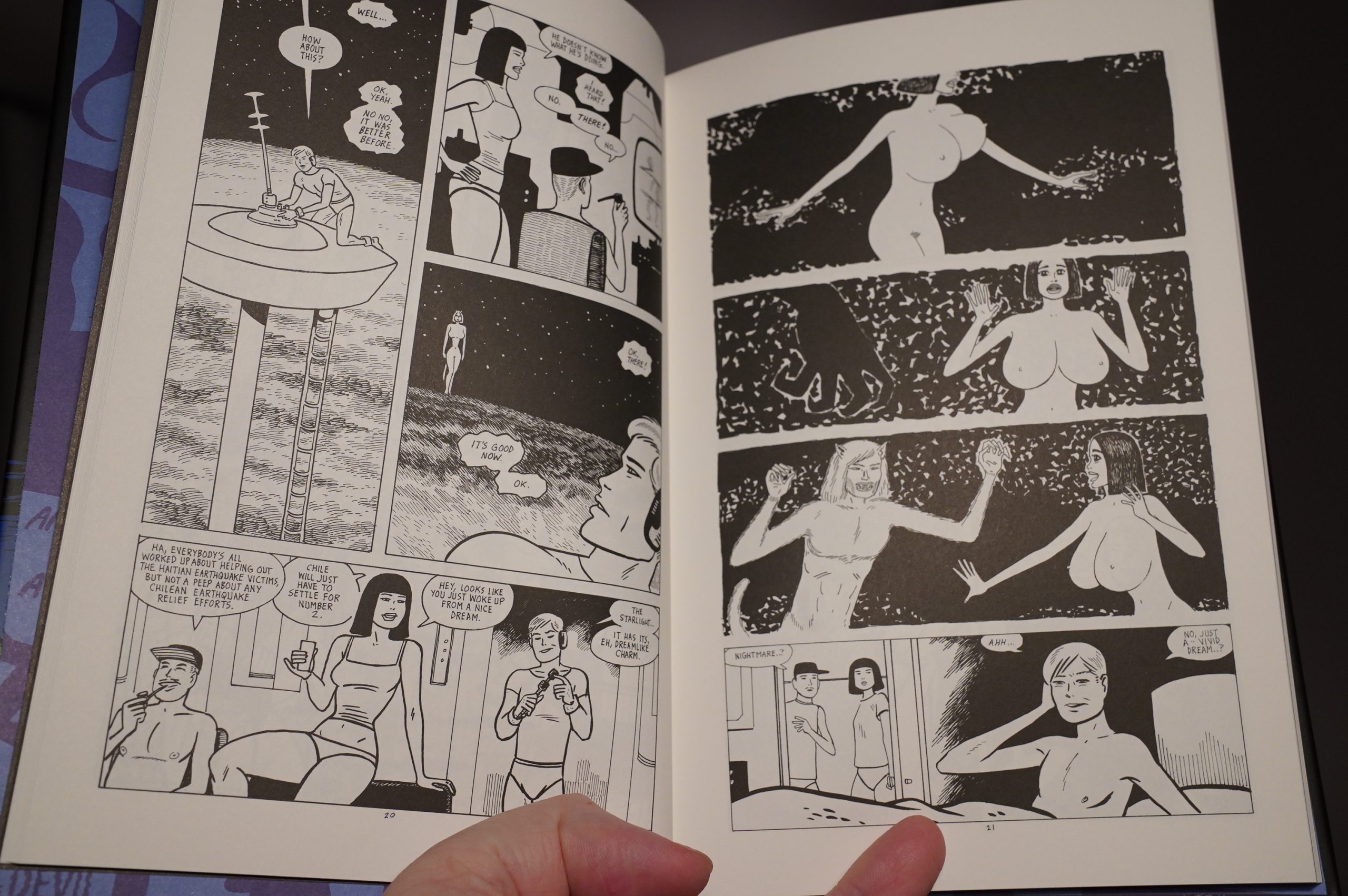
The Scarlet story doesn’t seem very expanded? Can’t be many pages — it’s just as horribly fucked up as ever. (But it’s now smaller, so the lettering is a bit uncomfortable for these tired eyes.)
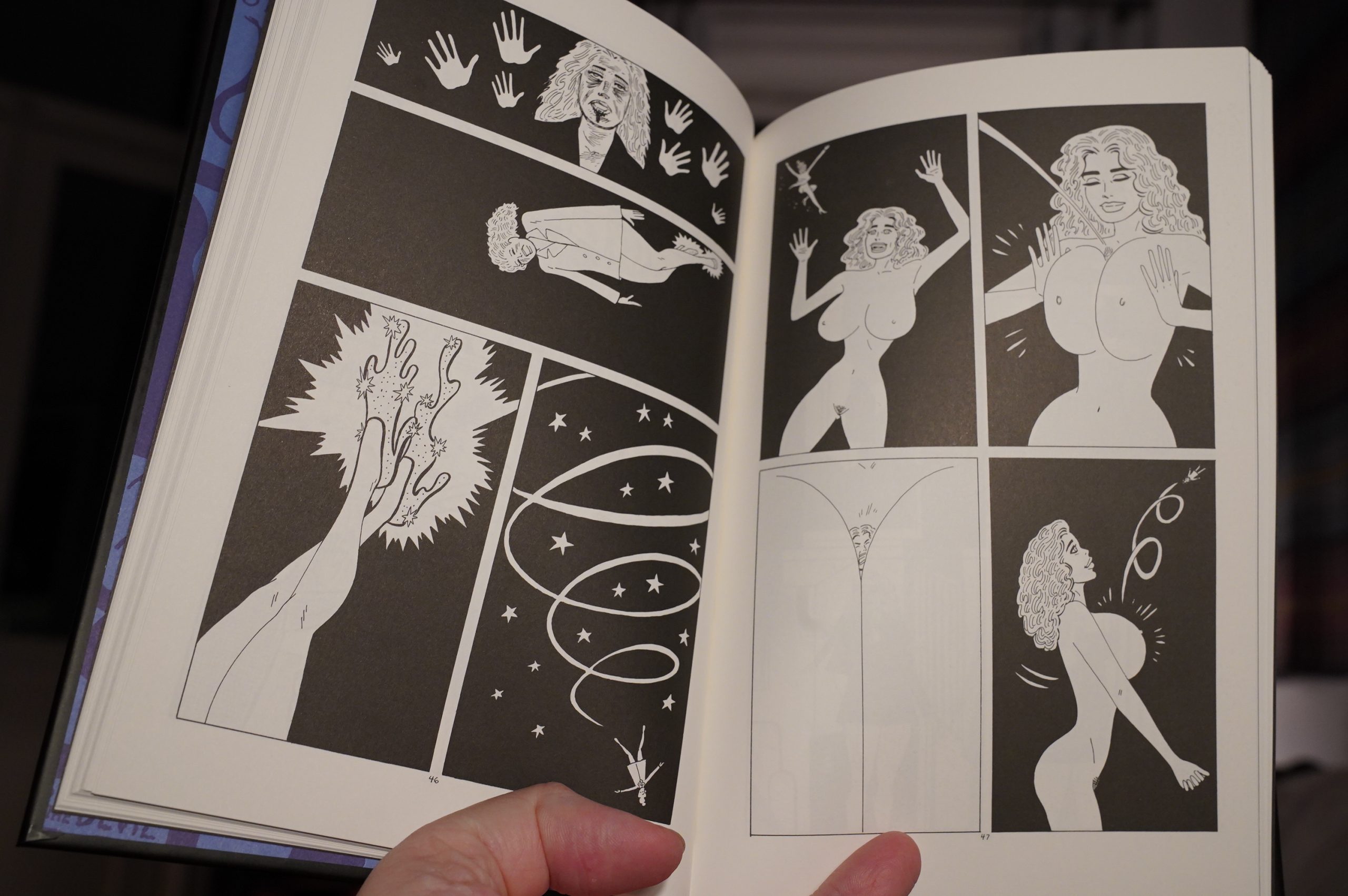
Hypnotwist does seem longer than before… but then again, it’s a kinda vague story, so I may just be misremembering.
| Bel Kanto: Birds of Passage | 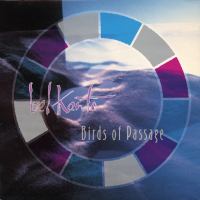 |
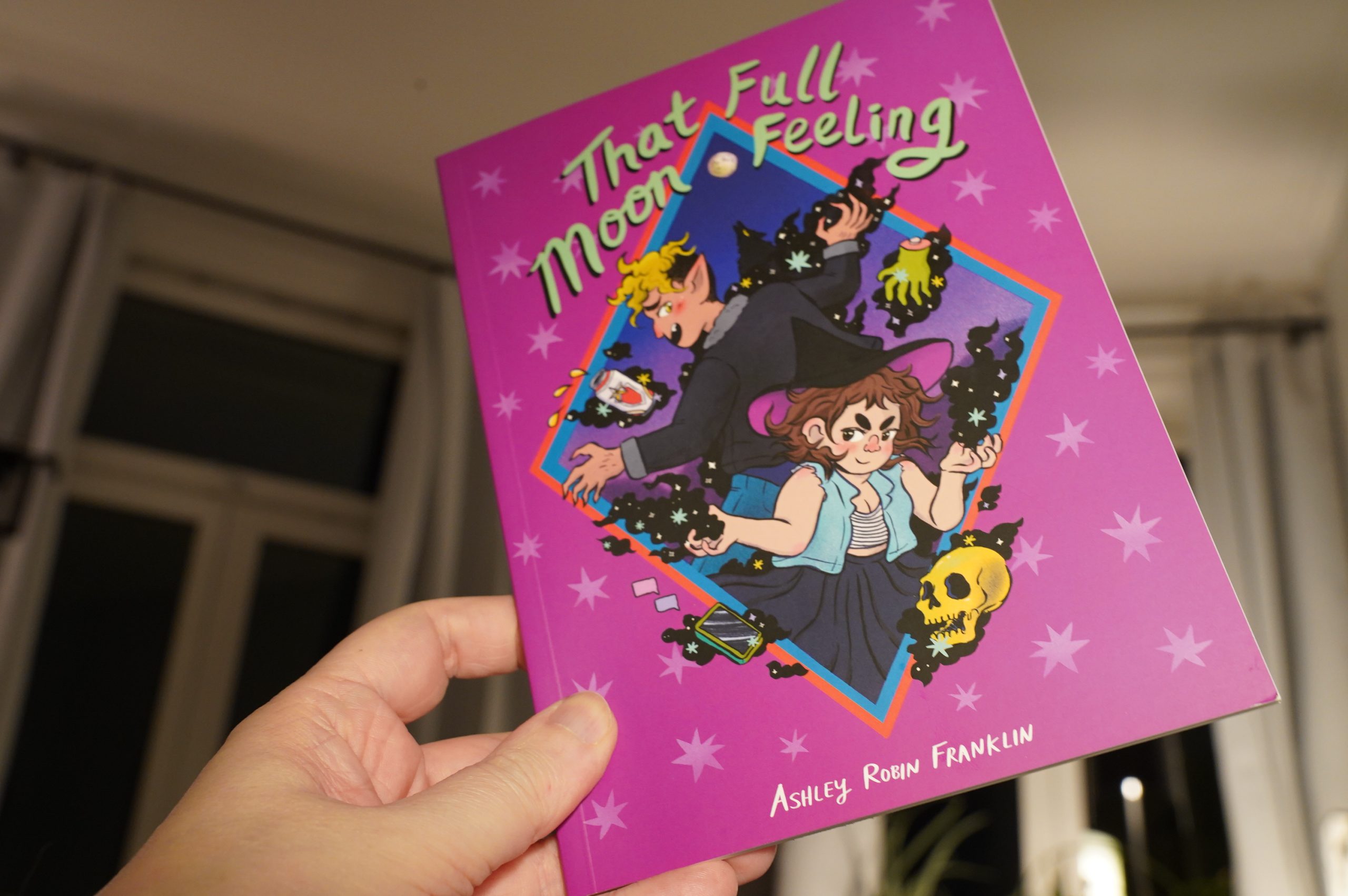
18:51: That Fill Moon Feeling by Ashley Robin Franklin (Silver Sprocket)
That cover looks so… Generic Young Adult Comic 2020.
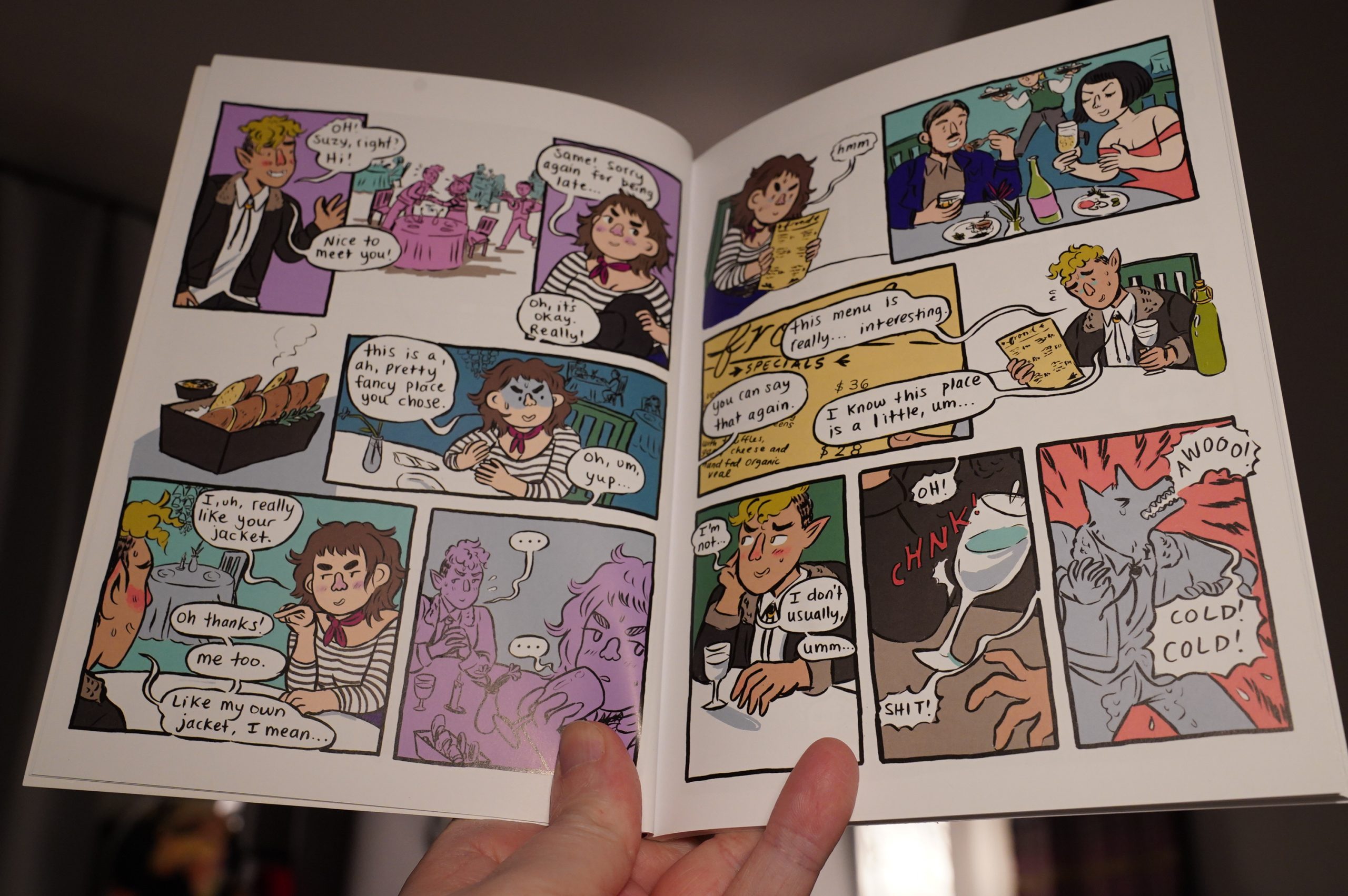
But the comic itself is so much fun! The artwork has a lively line, and she lands all the comedic beats.
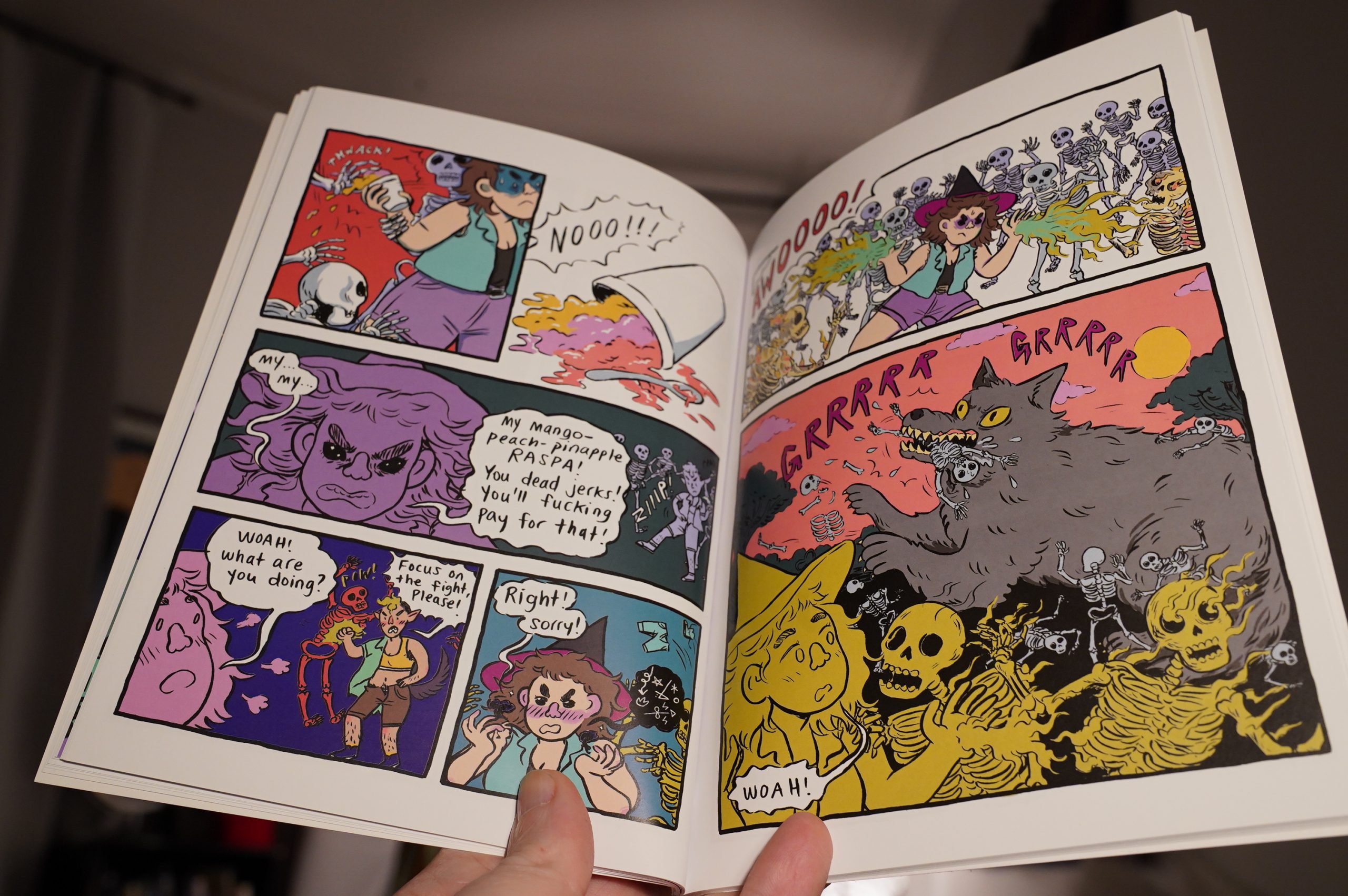
It’s got all these fun details and great characters in a very propulsive story.
It’s very sweet, and I laughed out loud a couple times. I’m totes impressed.
| Bel Kanto: Birds of Passage |  |
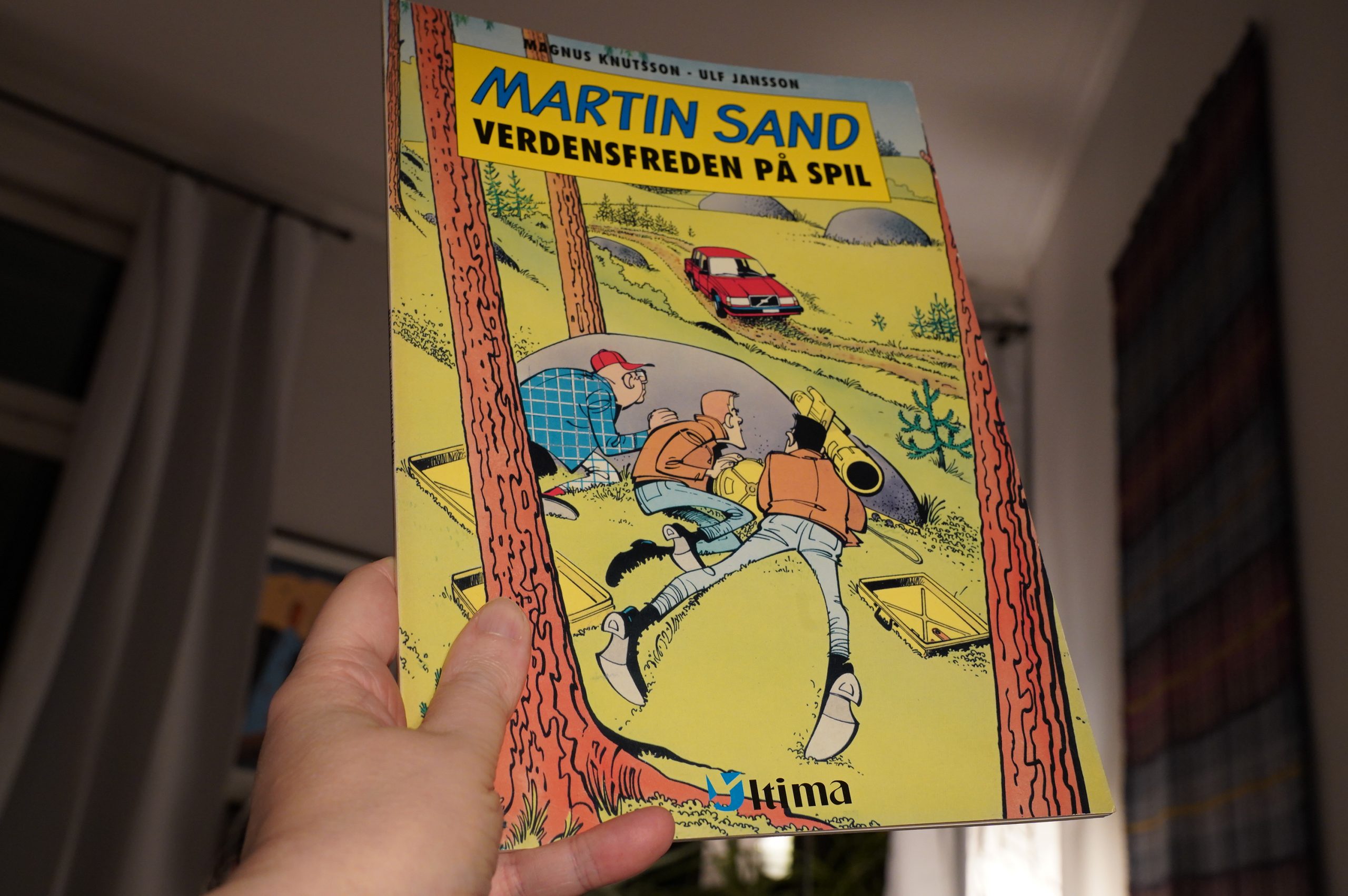
19:11: Martin Sand: Verdensfreden på spil by Magnus Knutsson & Ulf Jansson (Ultima)
Oh, this is an old Danish comic I picked up, and which I know nothing about.
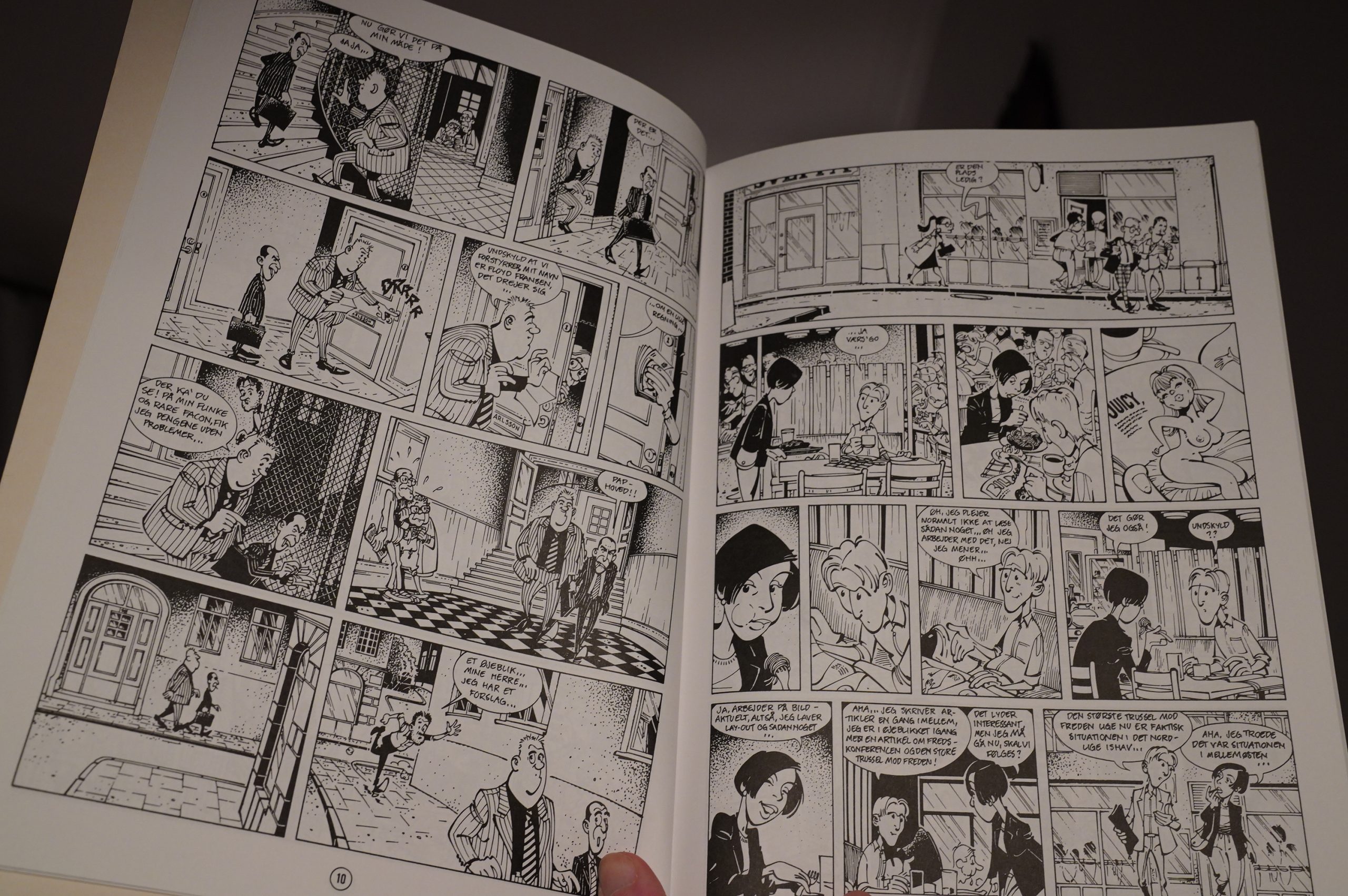
Oh, it’s Swedish, but this is the Danish edition. Perhaps it was co-published in both countries at the same time?
Quite unusual, anyway, and I haven’t heard about that publisher before.
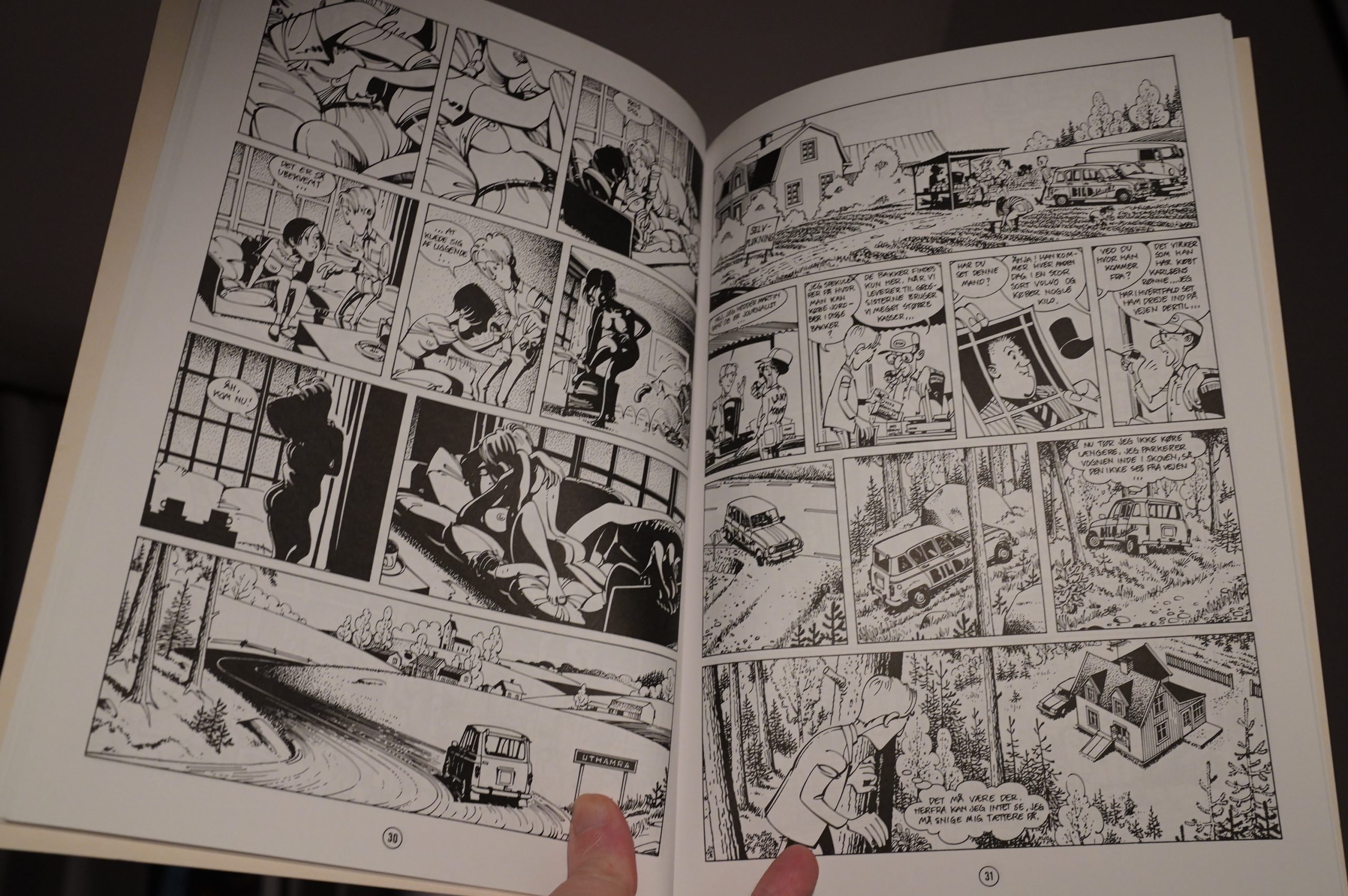
The story is a proper thriller, involving deranged American billionaires trying to sabotage a US/CCCP peace treaty, and a scrappy Swedish journalist as the hero. It’s very entertaining, and while the artwork is crowded, it’s got a nice flow to it.
| Eric Dolphy: Out to Lunch |  |
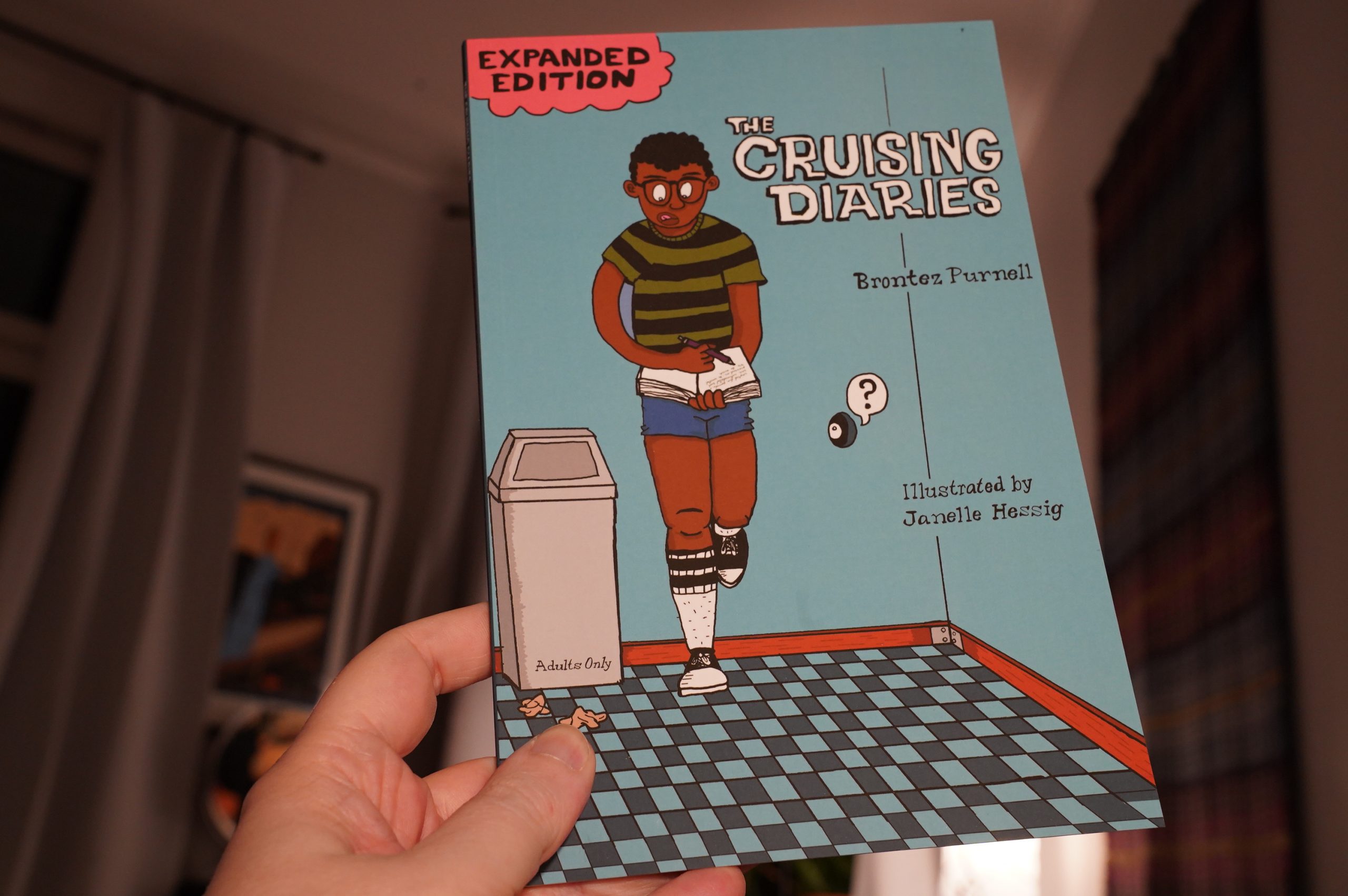
19:37: The Cruising Diaries by Brontes Purnell and Janelle Hessig (Silver Sprocket)
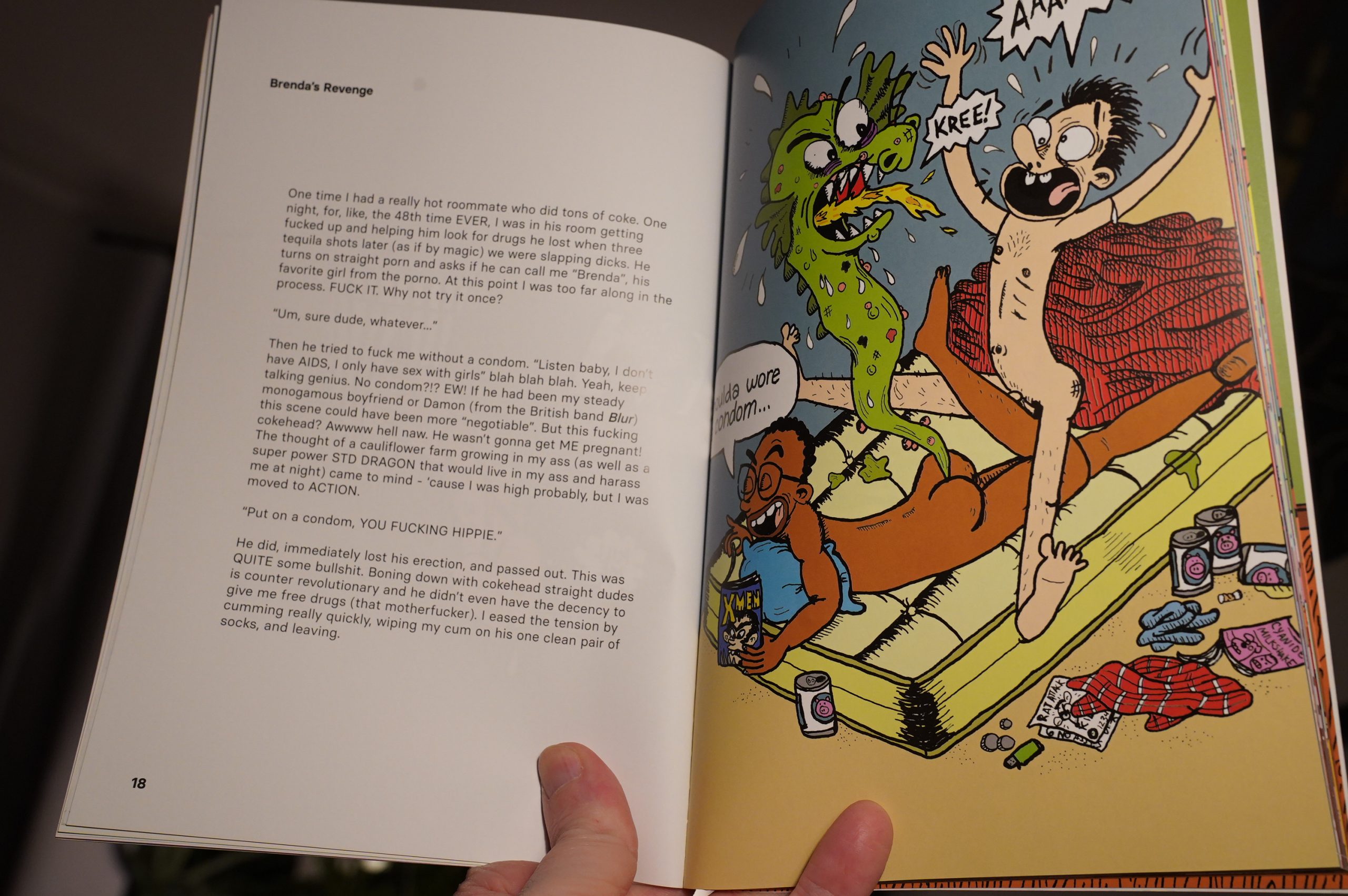
This is hilarious.
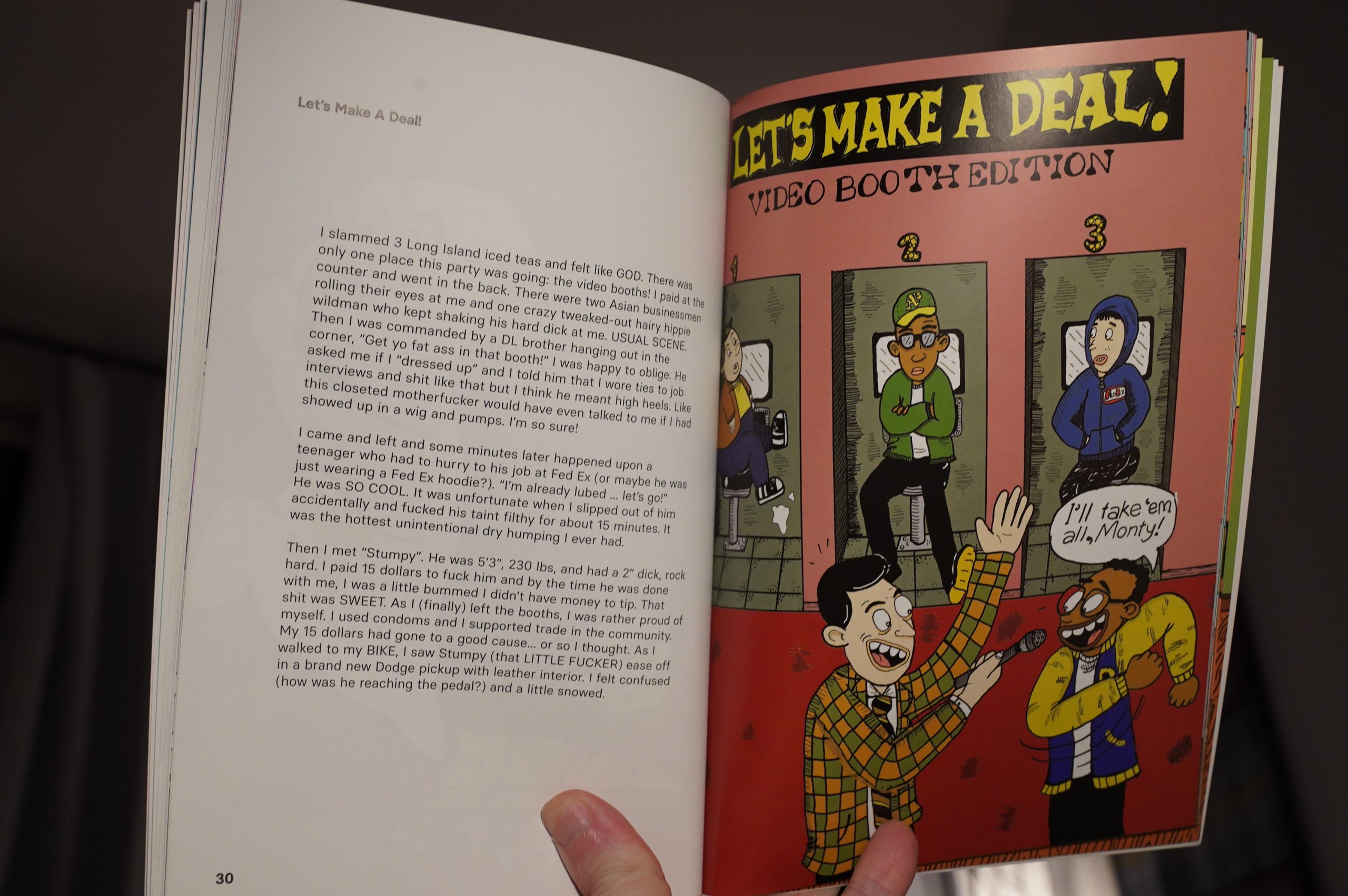
But is it comics? No!
| Sonic Youth: Daydream Nation | 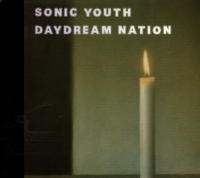 |
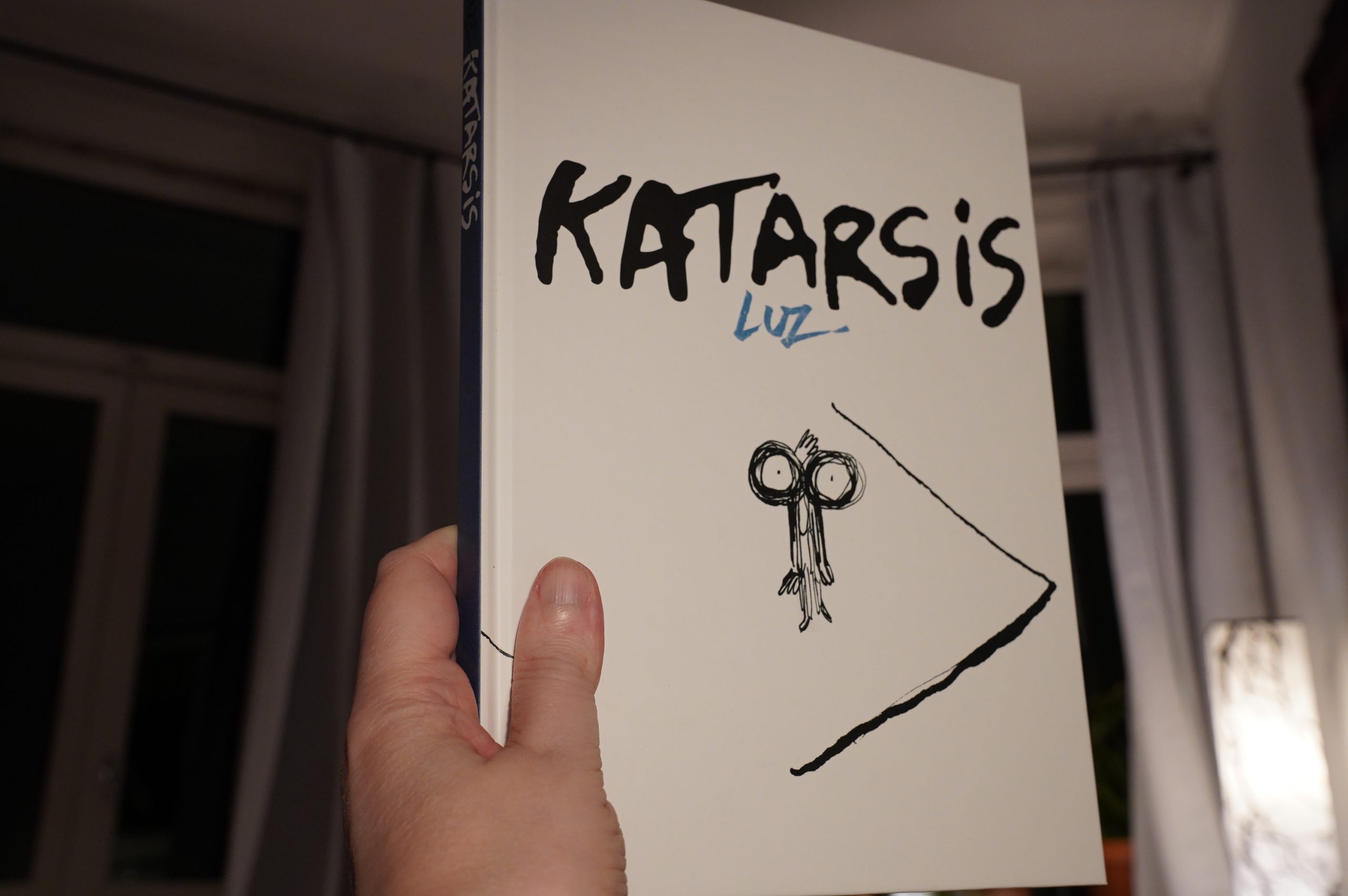
20:23: Catharsis by Luz (Fahrenheit)
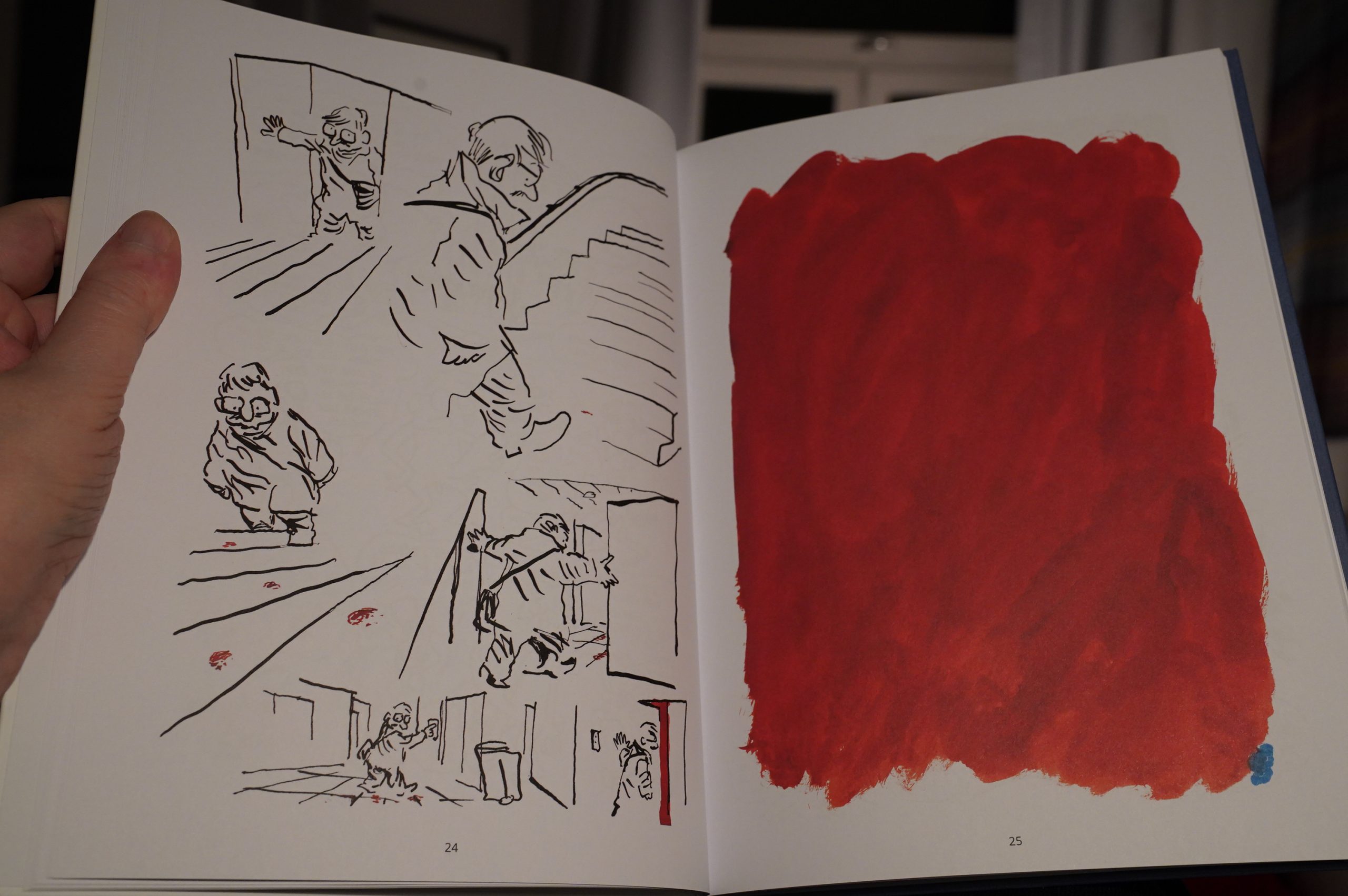
Oh, yeah… this is the book by the guy who was late the day Islamist terrorists murdered people at the Charlie Hebdo office.
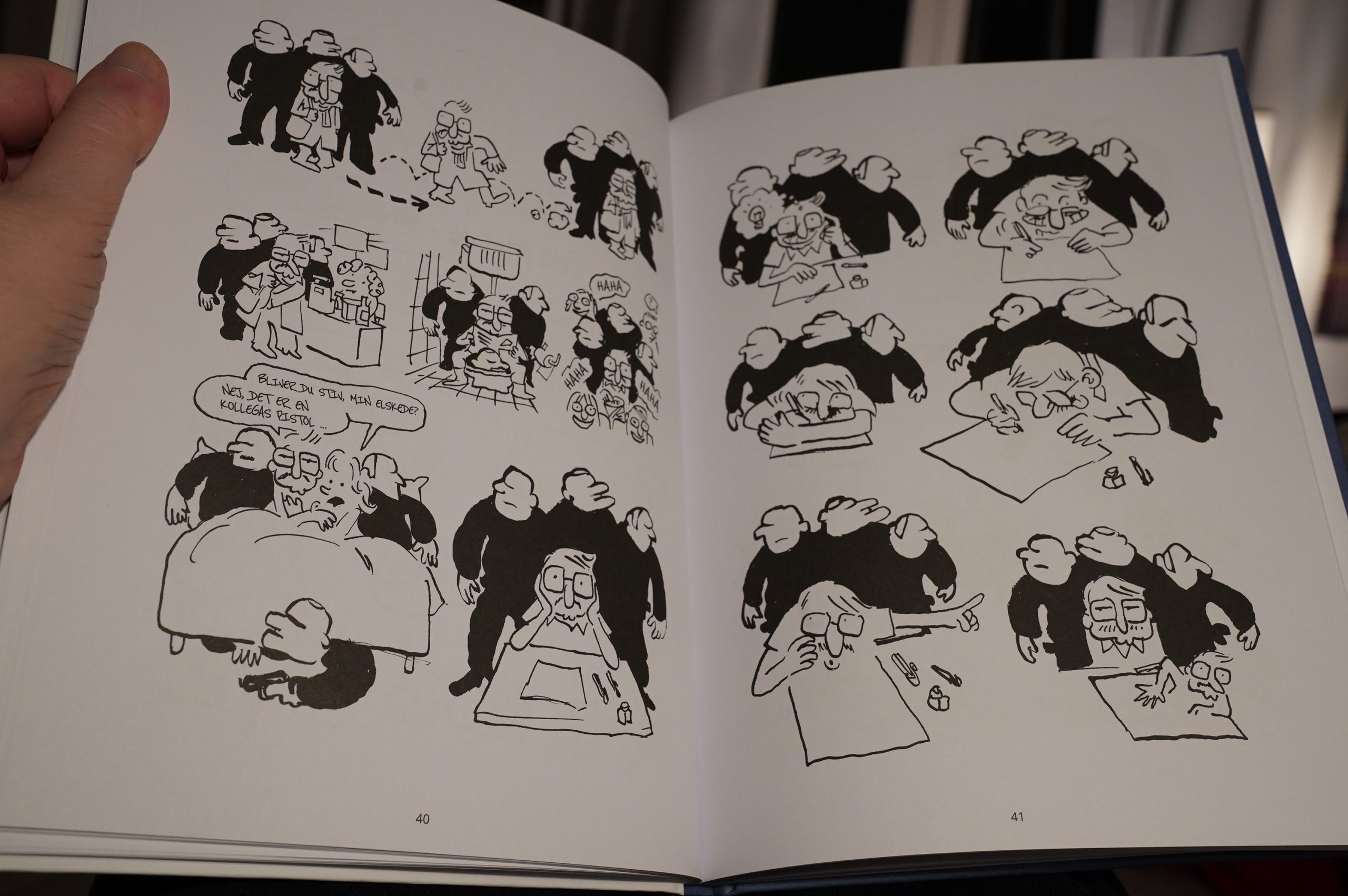
So how do you make a book about that?
This is a series of short vignettes (many just a page or two) about all kinds of things, but spinning out of and spiralling towards what had happened.
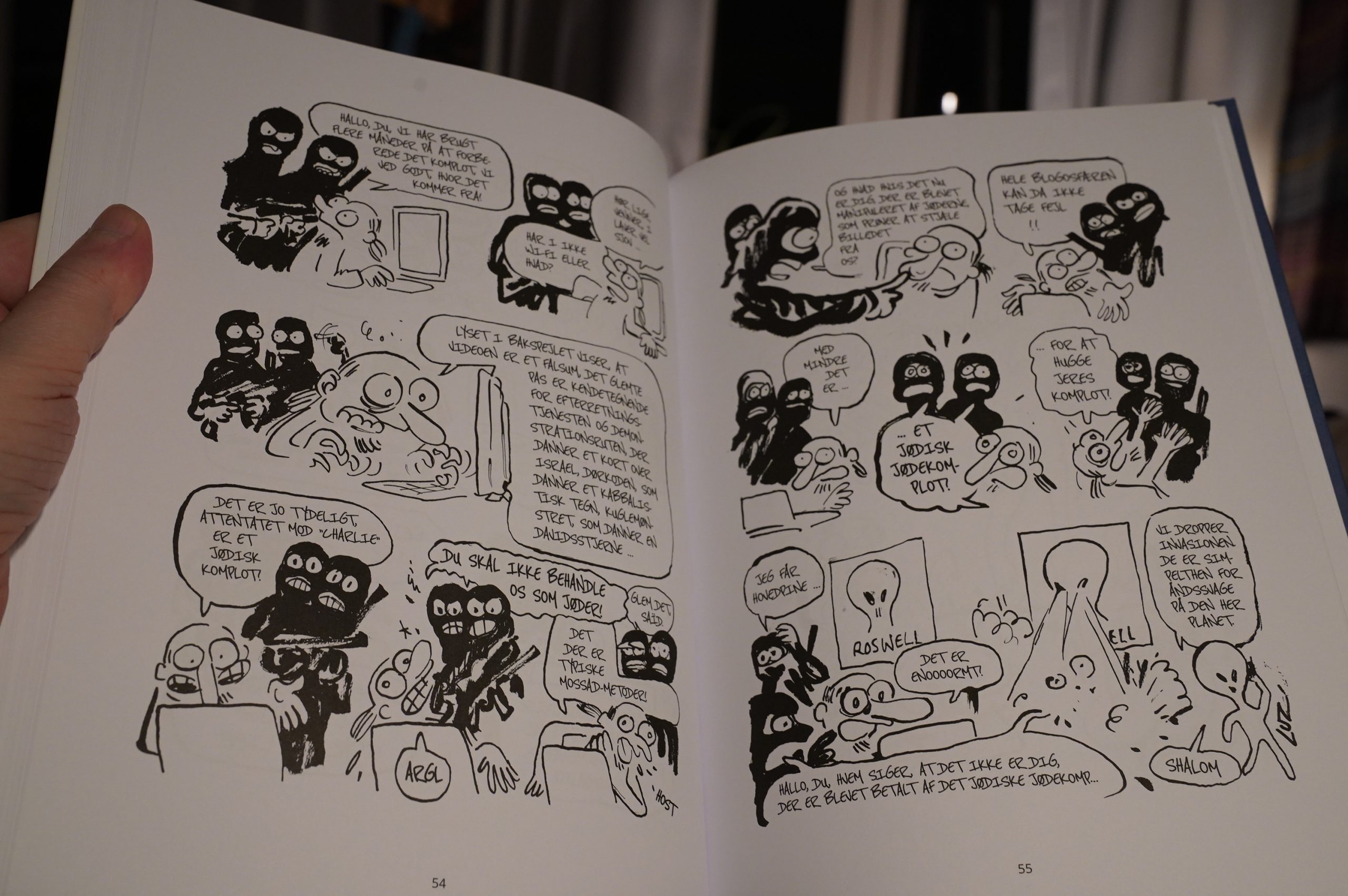
It’s funny and it’s excruciating.
I laughed and I cried.
It still hasn’t been translated to English? And it took five years for this to be translated to Danish?
Weird. It’s excellent. Well, fair enough — people don’t want to get killed, I guess.
| Cirkus Modern: Trøst |  |
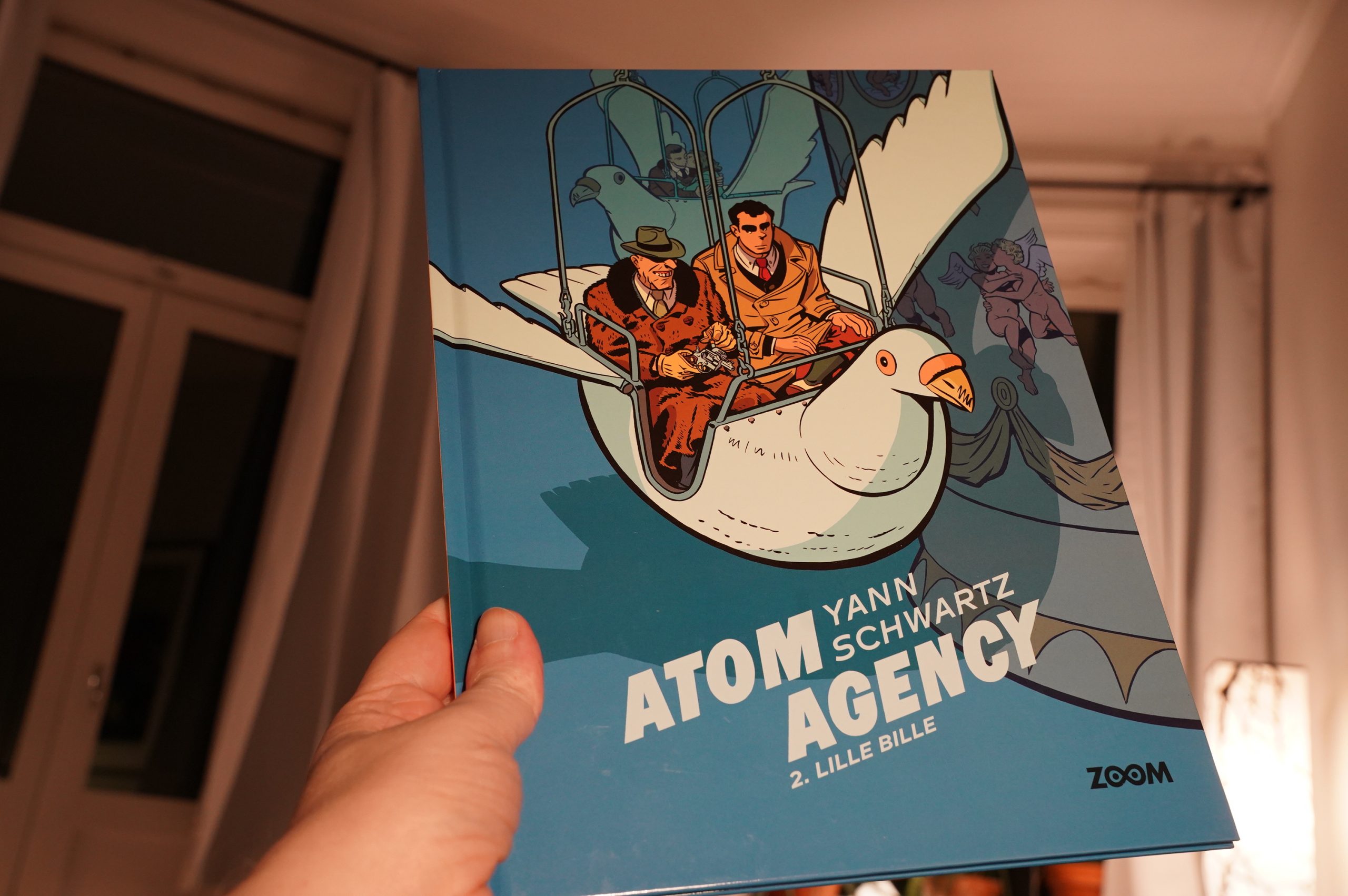
20:59: Petit Hanneton by Yann & Schwartz (Zoom)
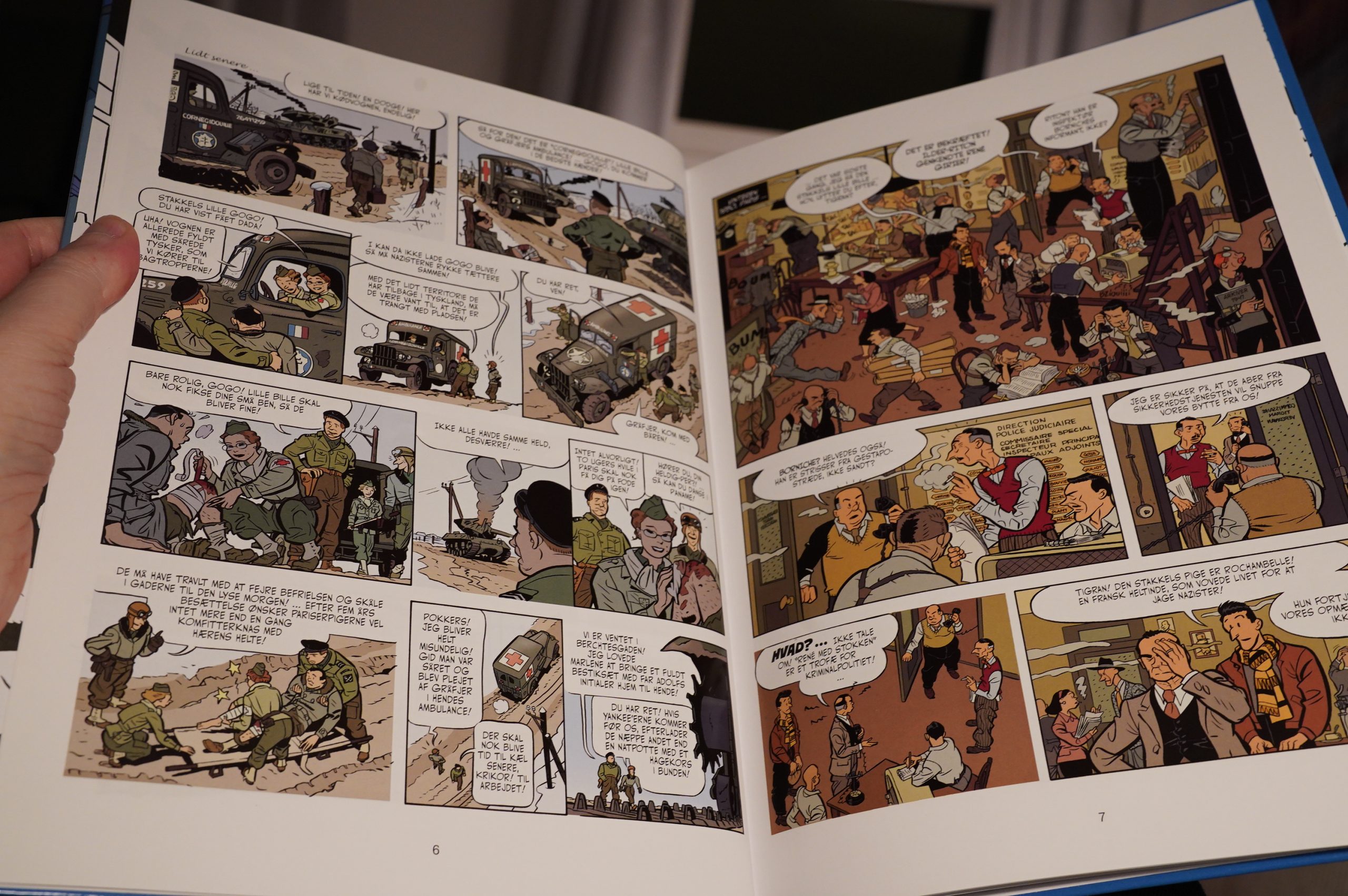
Olivier Schwartz draws in a kind of neo-ligne claire style… but more dense. It’s very attractive, I think.
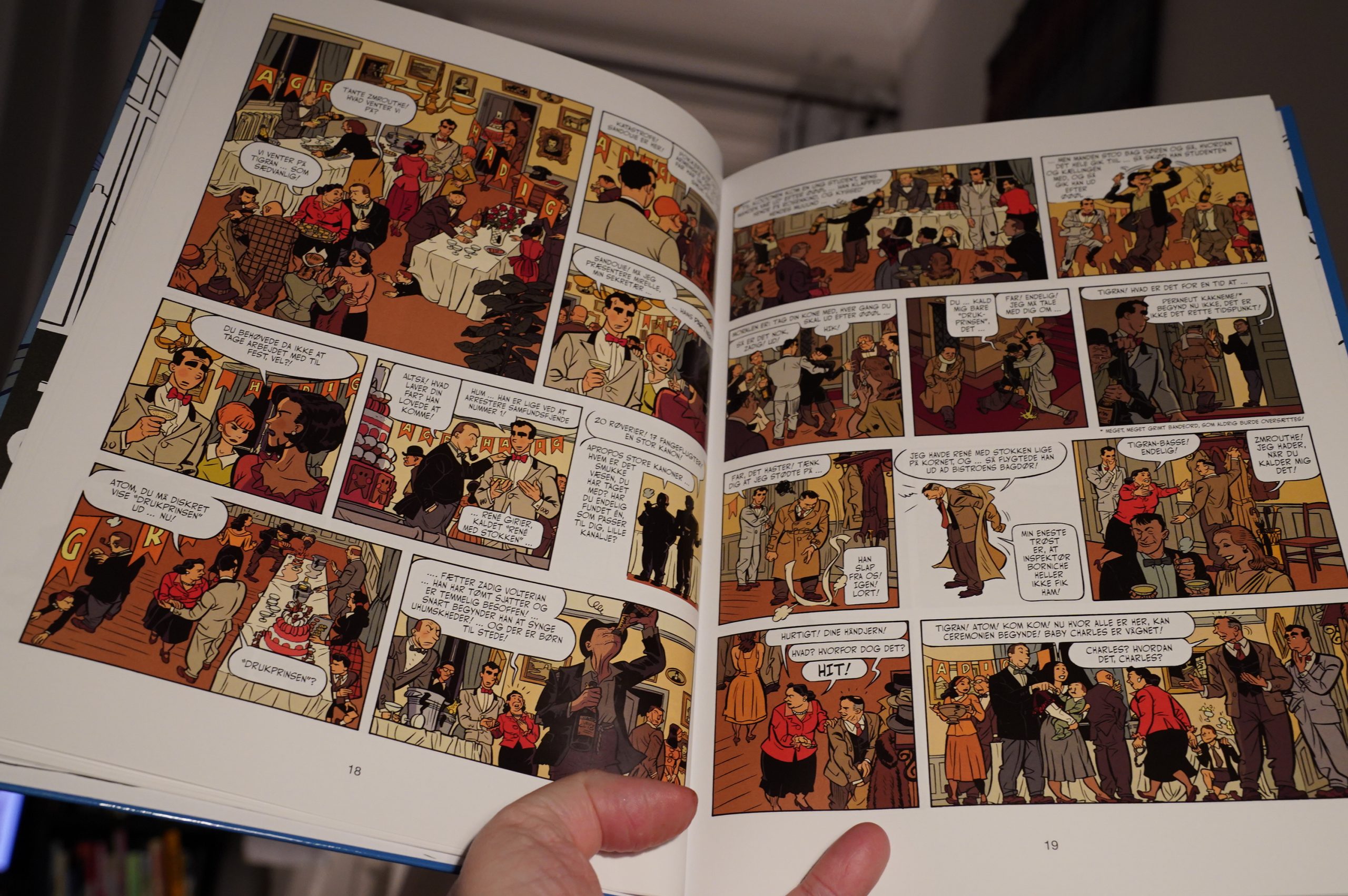
The dense artwork goes with the very dense story: We skip forwards and backwards in time and follow several different plot lines, and there’s no spoonfeeding of the reader: You have to really pay attention… but all the necessary information is there.
It’s really good. This is the second album in the series; I’ll definitely be getting the first one, too.
| Various: Secondhand Sounds: Herbert Remixes | 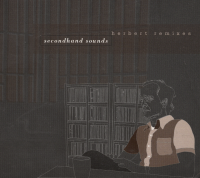 |
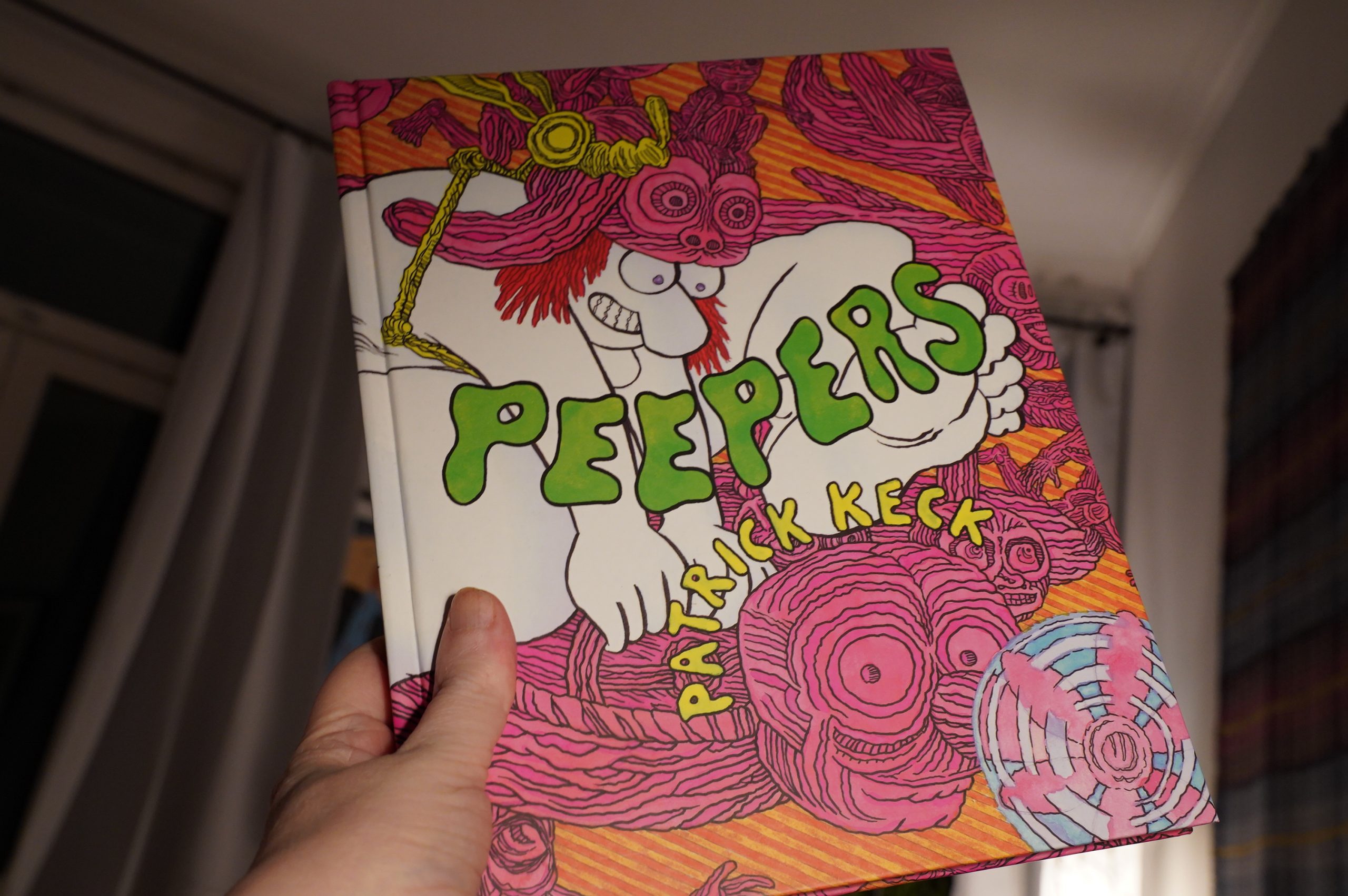
22:05: Peepers by Patrick Keck (Fantagraphics)
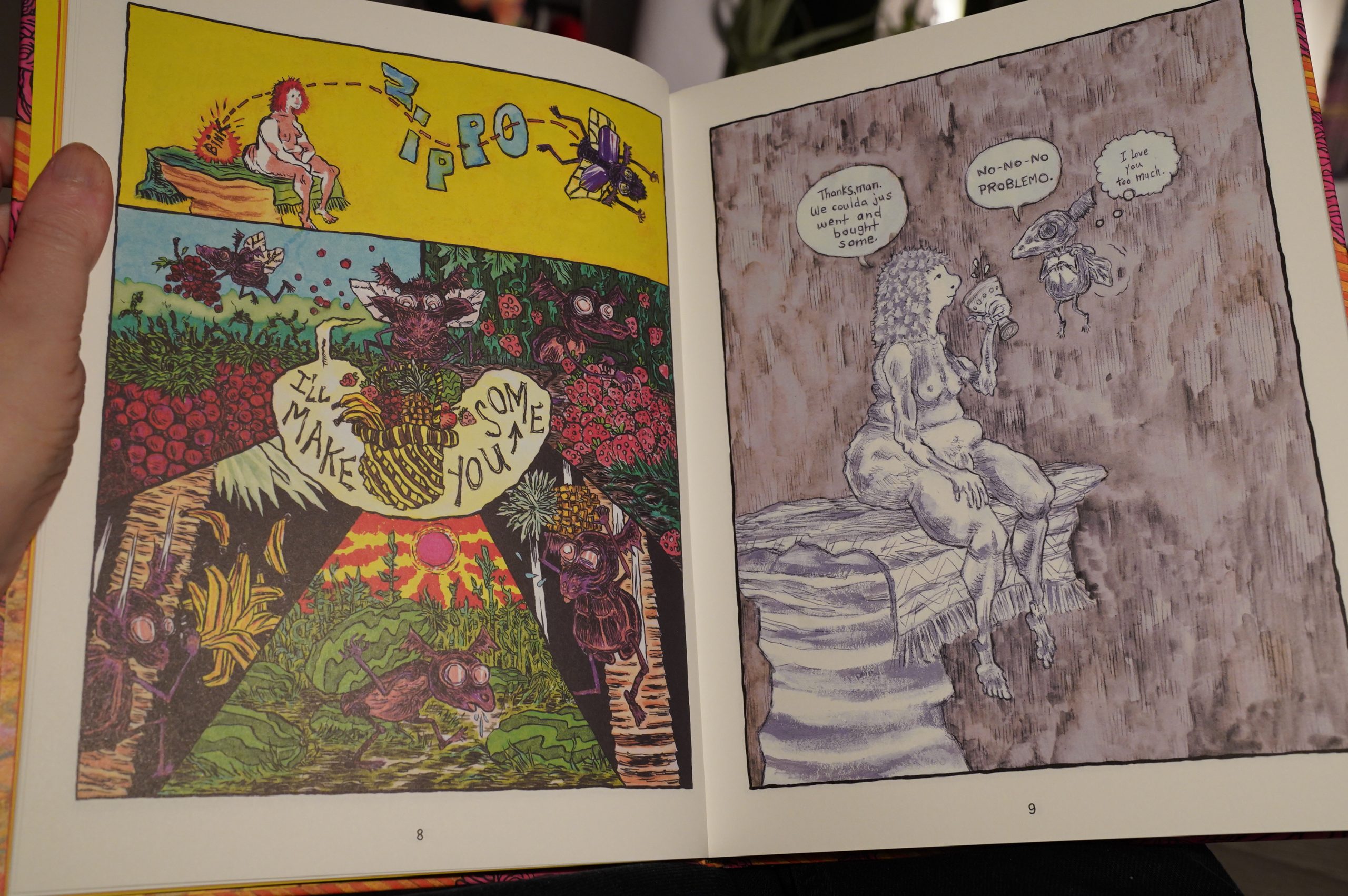
OK, I’m so not the audience for this — this sort of druggy video gamey comics — from the Josh Bayer comics axis, I guess.
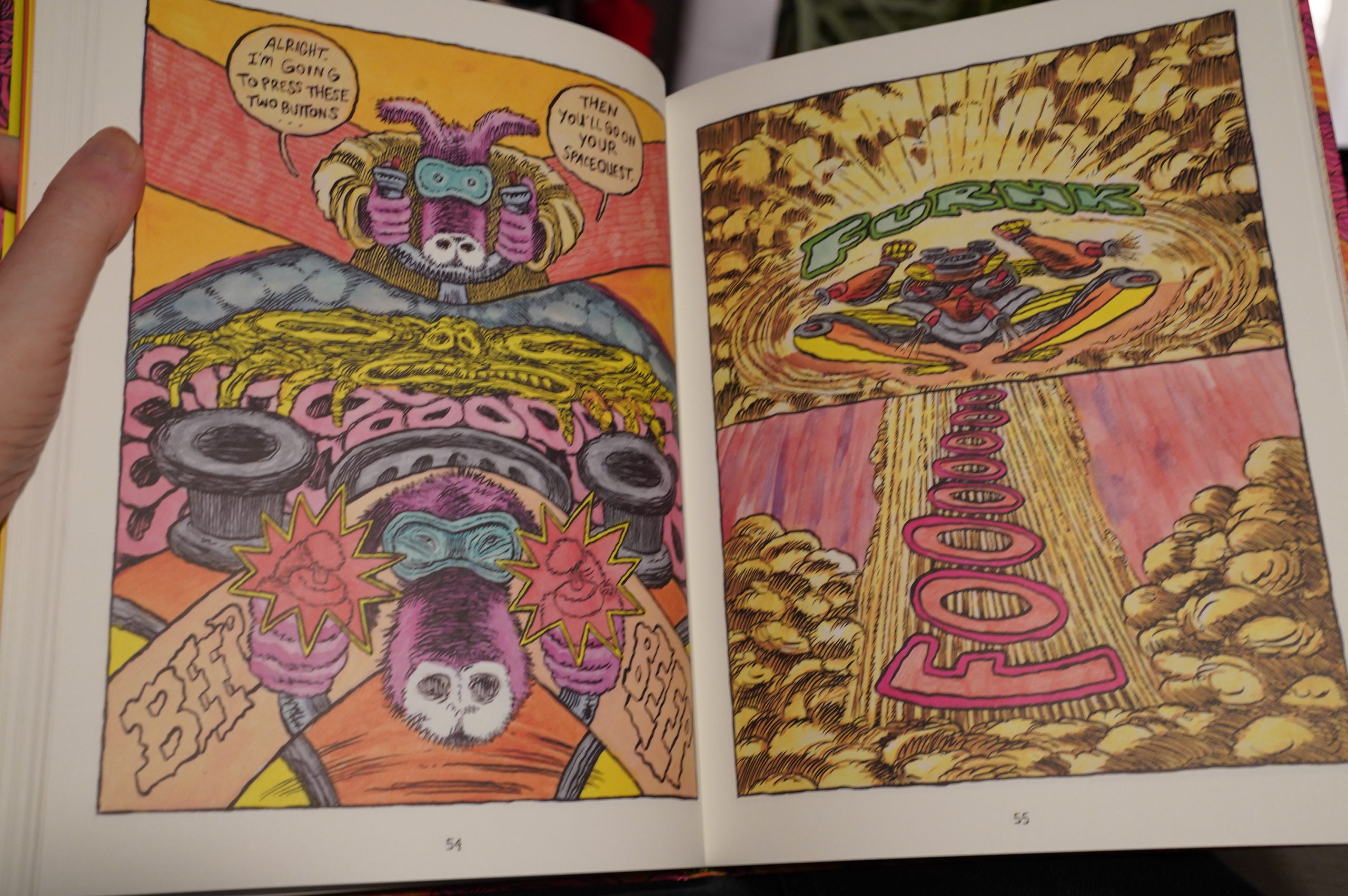
But even on that scale, it’s… not my thing.
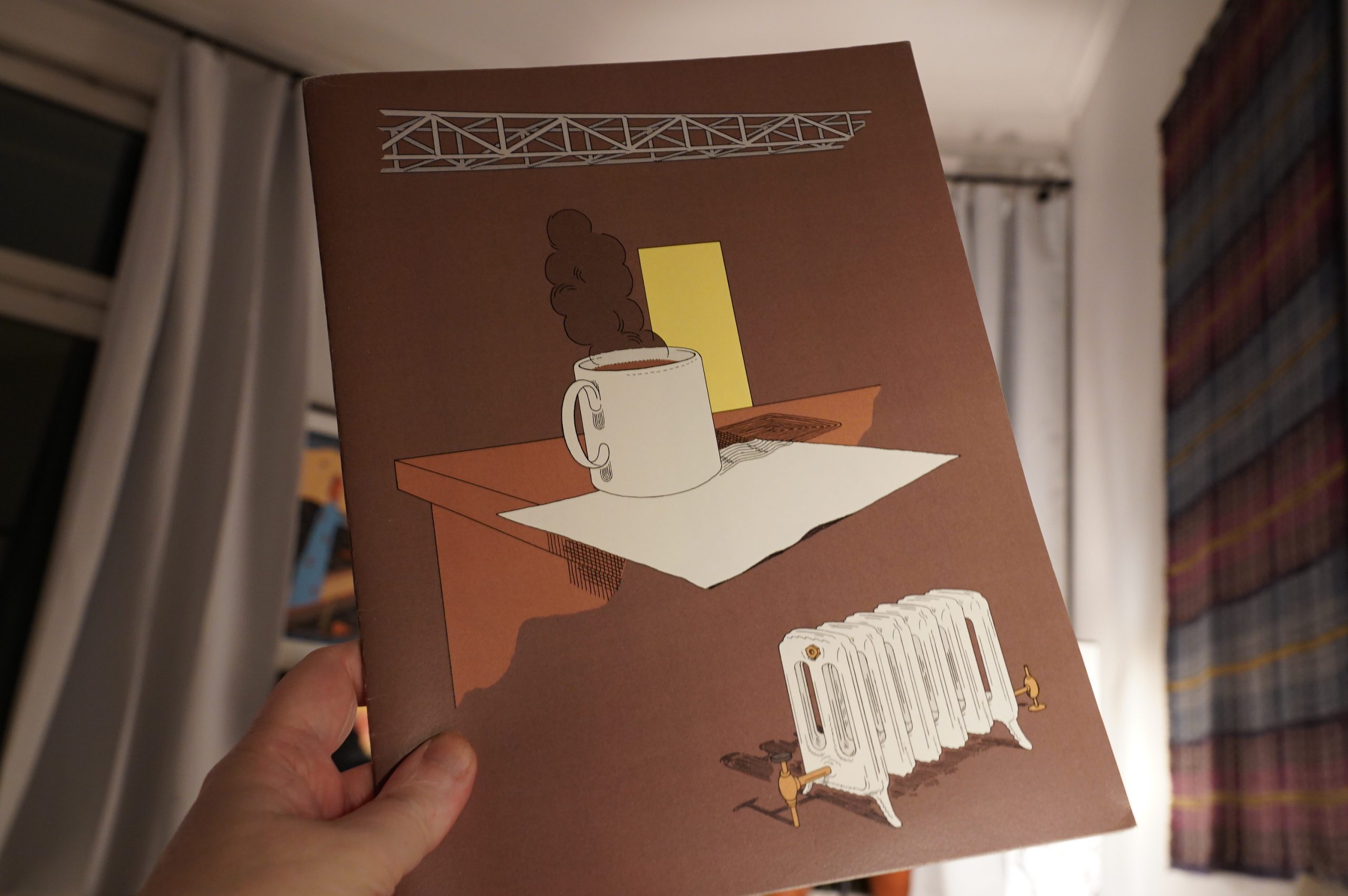
22:22: Chattering by Walker Tate
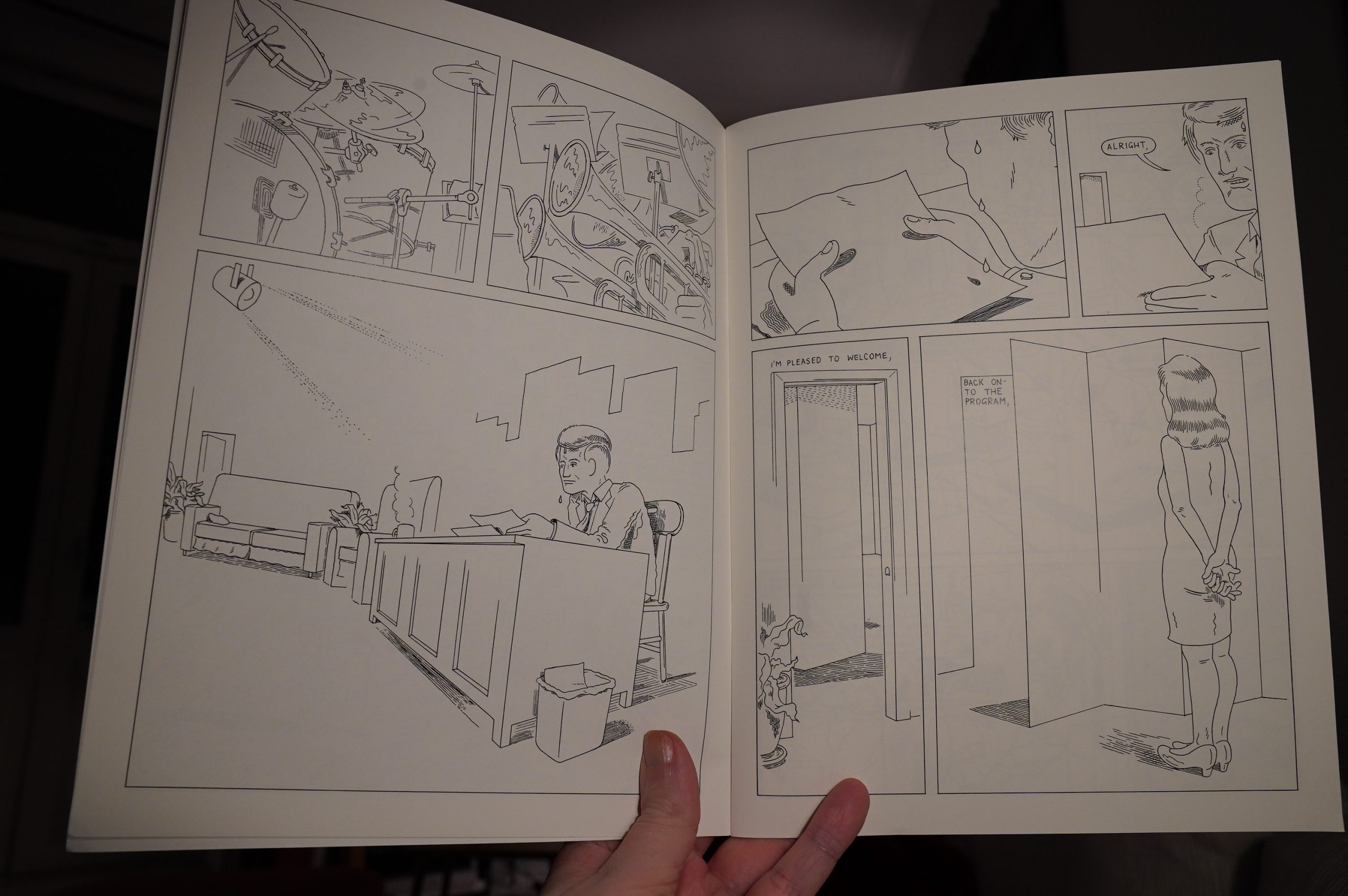
This is quite different from the other comics by Walker Tate I’ve read. I mean, it’s similar in that it’s deconstructing a single thing, but this time it’s about talk shows…
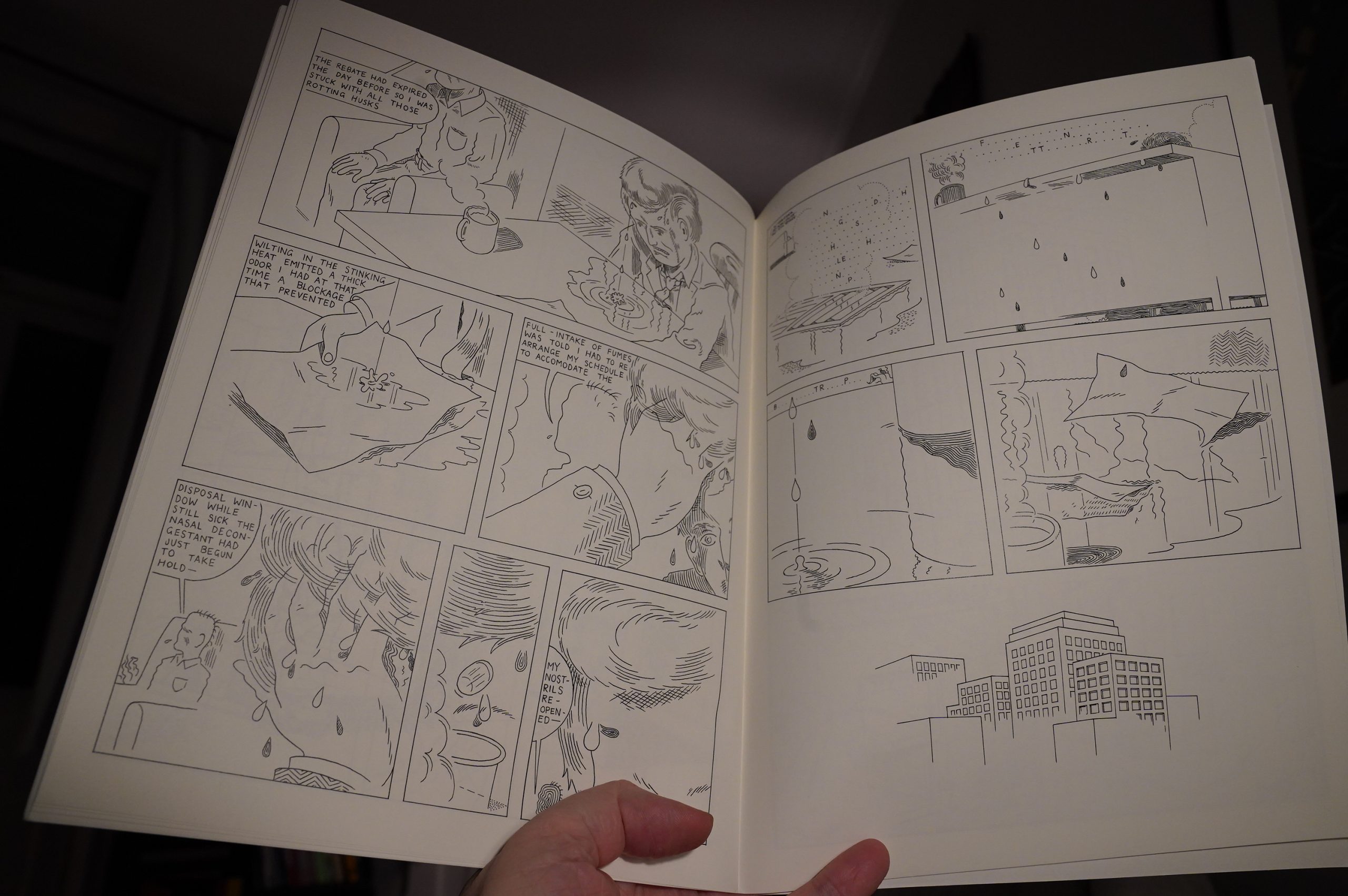
It’s good, but not as jaw-dropping as the one about the doctor’s waiting room.
OK, I think I’m fading now… perhaps just one more comic book…
| Kate Bush: Aerial |  |
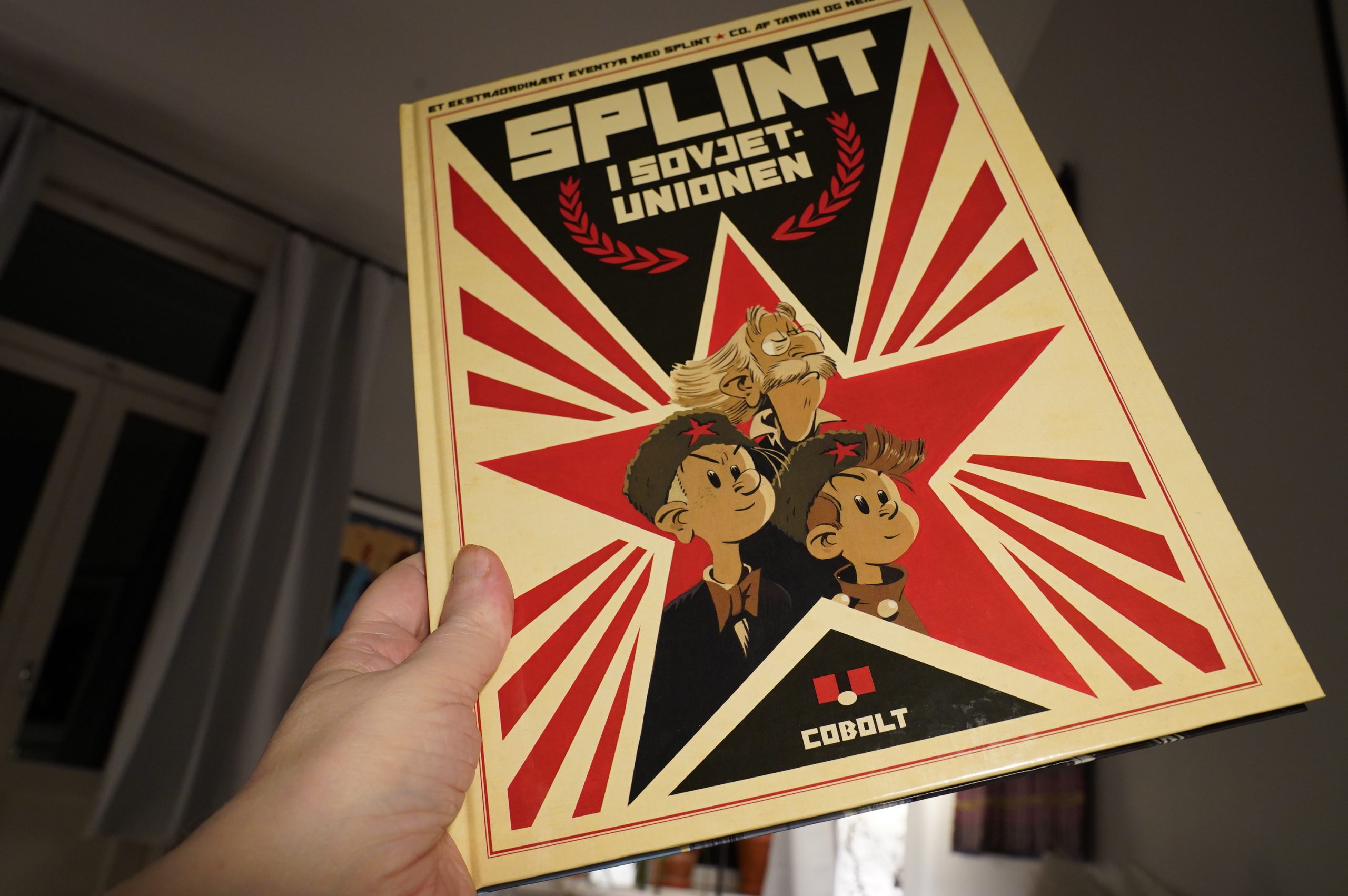
22:33: Spirou chez les Soviets by Tarrin & Neidhardt (Cobolt)
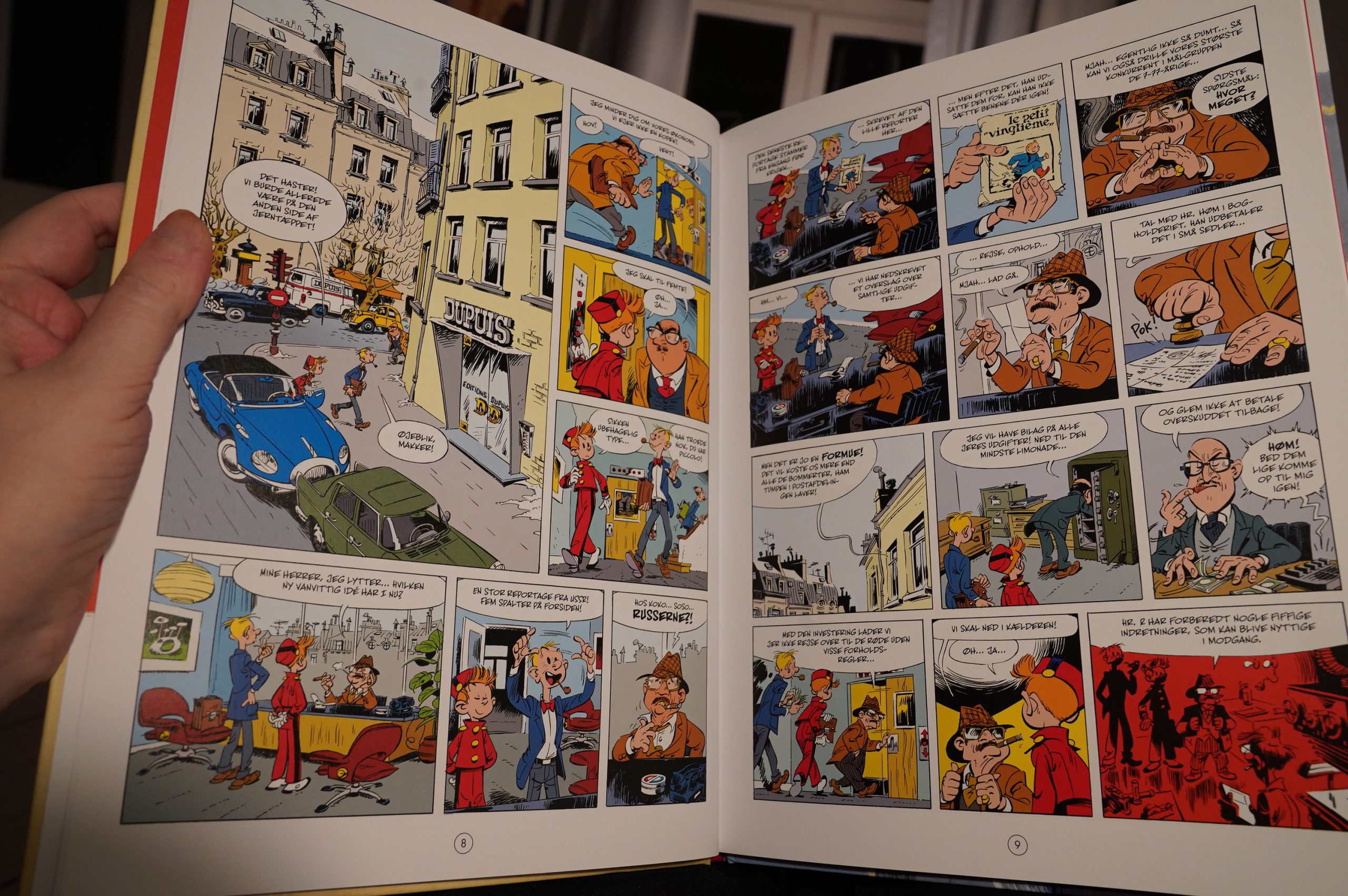
This is one of those “special” albums… an “imaginary story”, I guess is what it’d be called if this were a Superhero story, ironically enough. This one is chock full of Easter eggs and references to real people. On this two page spread, there’s the Dupuis comics publisher, Tintin, Le Petit Vingtieme and its “for kids between 7 and 77” slogan, Gaston Lagaffe, James Bond, M… and there’s probably more.
The art style is a very passable “late early” (i.e., mid 50s; I’m thinking of the one with the bicycle race, for instance) Franquin. Not slavishly so, though.
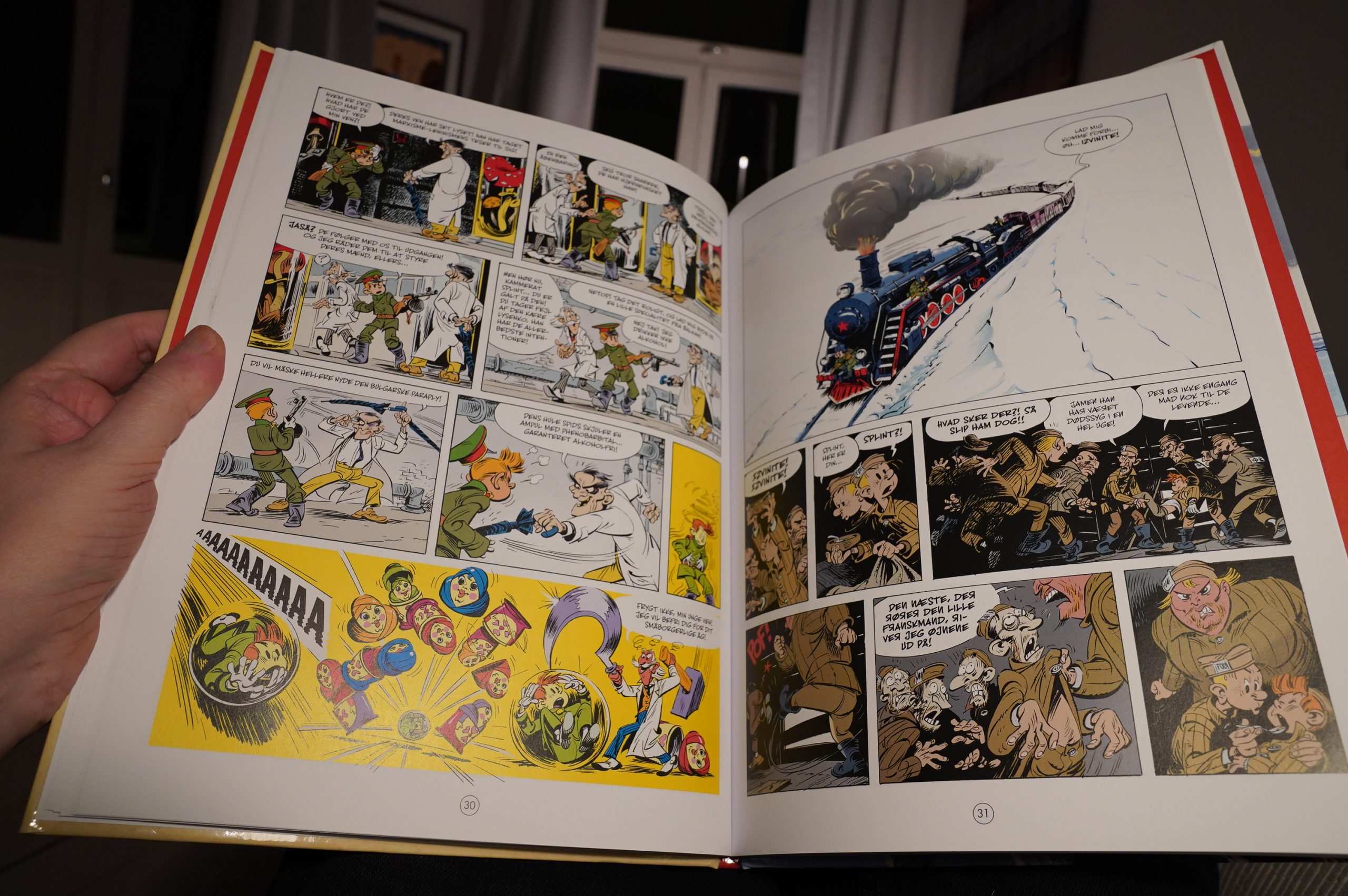
The story is about the Soviet scientist Lysenko developing a mushroom extract that activates the Communist gene in all creatures great and small on Earth. I’m not going to give away anything more, but it’s an impressively twisty ending.
They obviously had fun doing this, and it’s fun read, but I wonder what the reactions were…
Google Translate:
The rope is worn out, and Spirou can’t take it anymore. Finished, it was my last purchase of a spirou. It will remain a memory.
More Google Translate:
Spirou among the Soviets: a breathtaking, dynamic and funny story in the vein of the former animators of the series. A real nice surprise!
| The Cure: Seventeen Seconds | 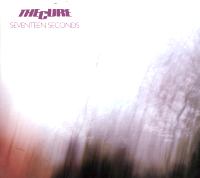 |
23:24: The End
I think it’s time I took another nap.
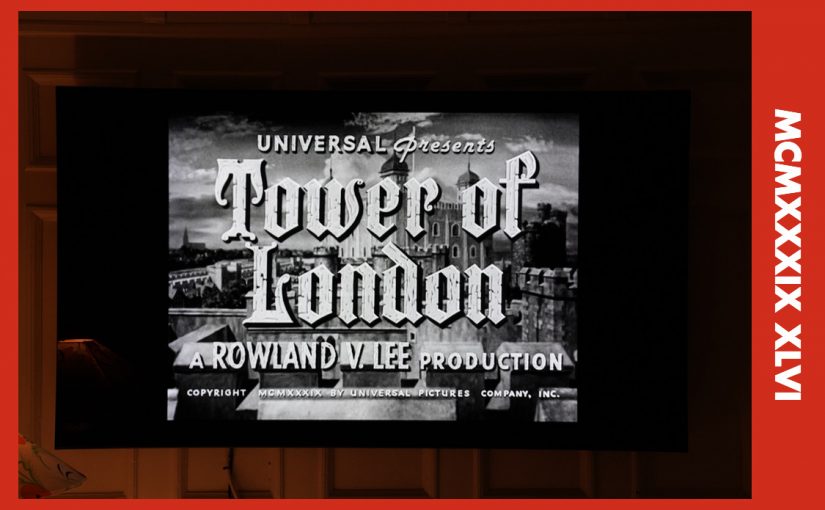
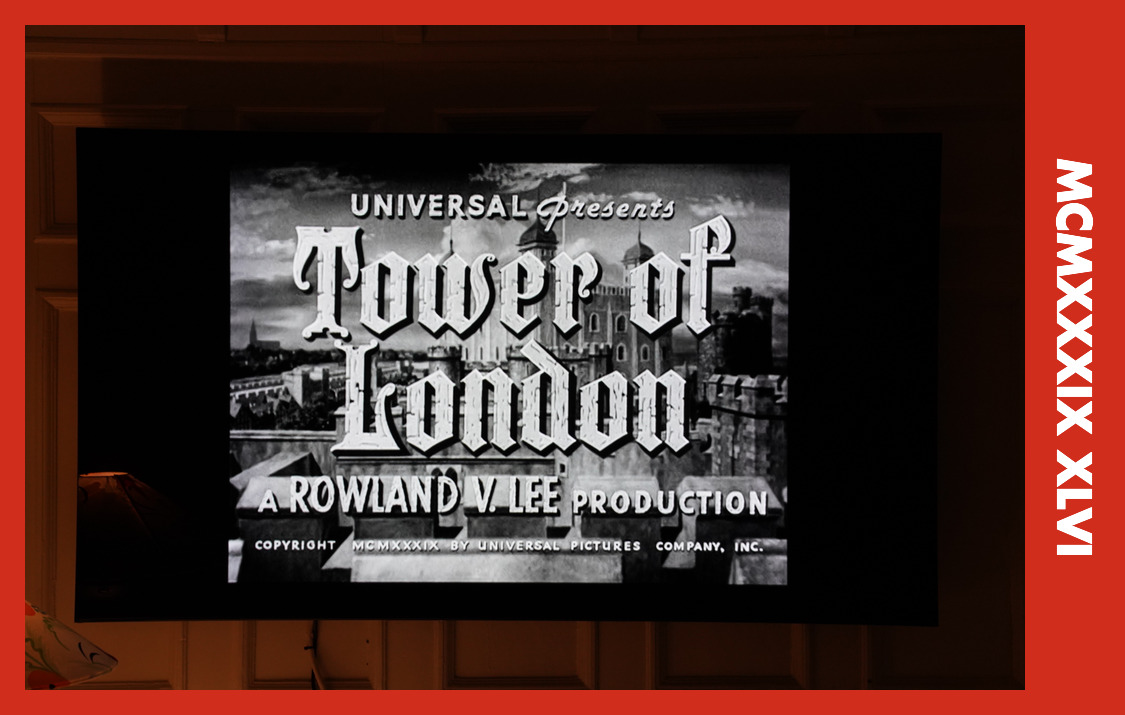
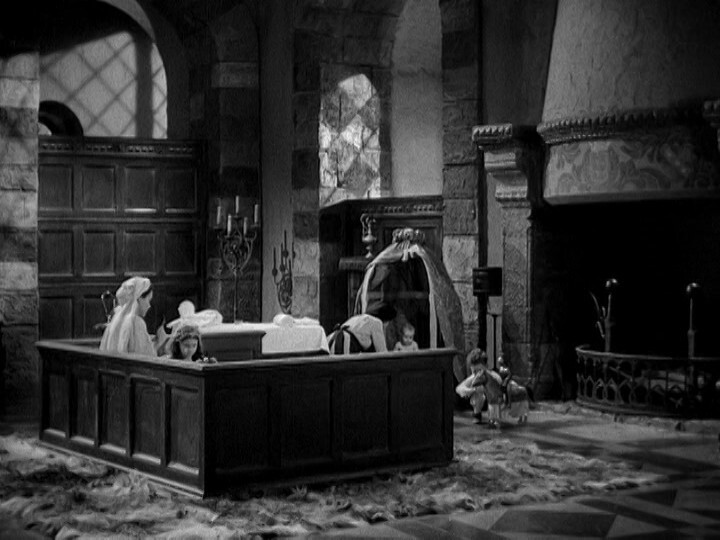
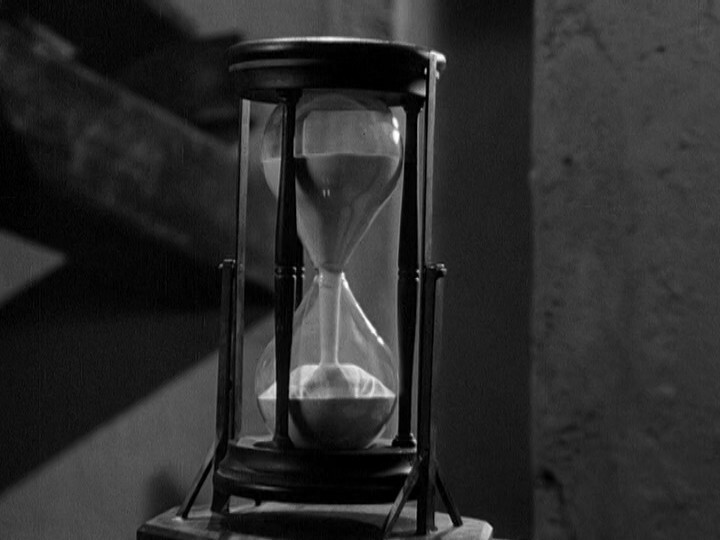
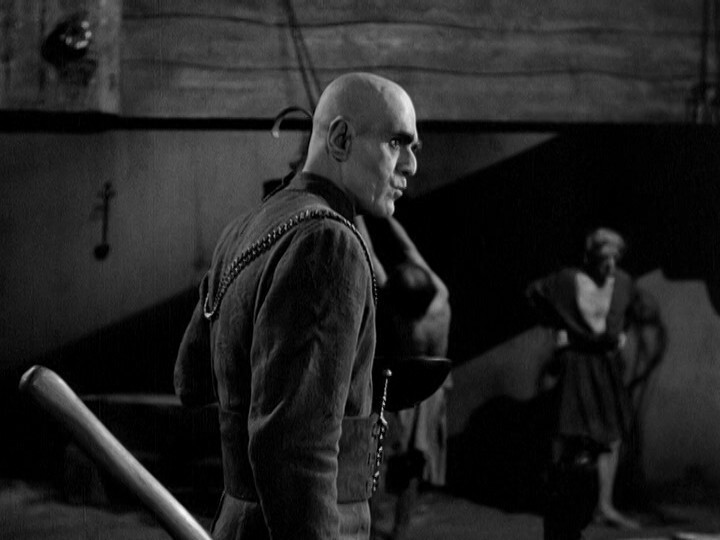

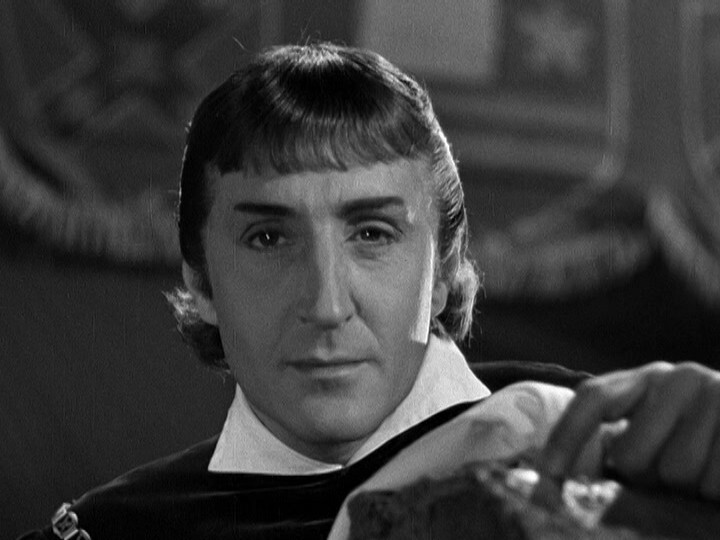
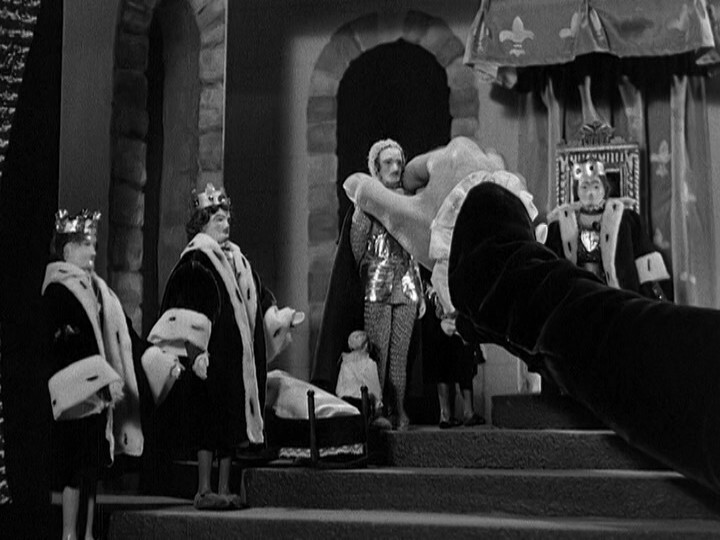
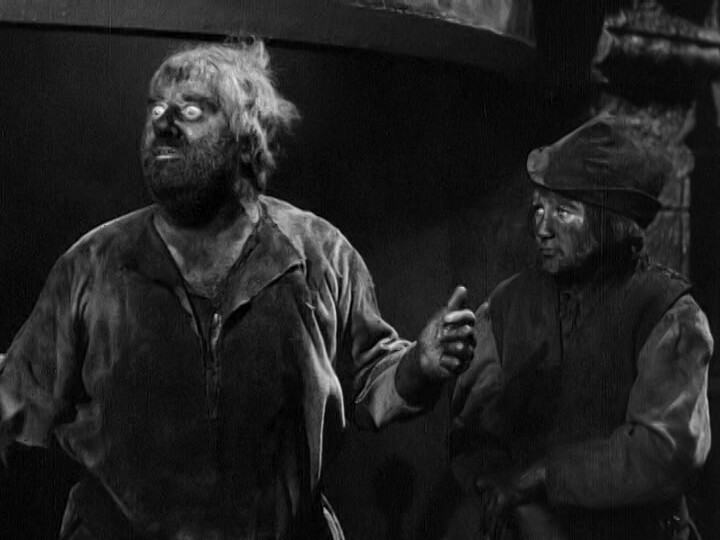
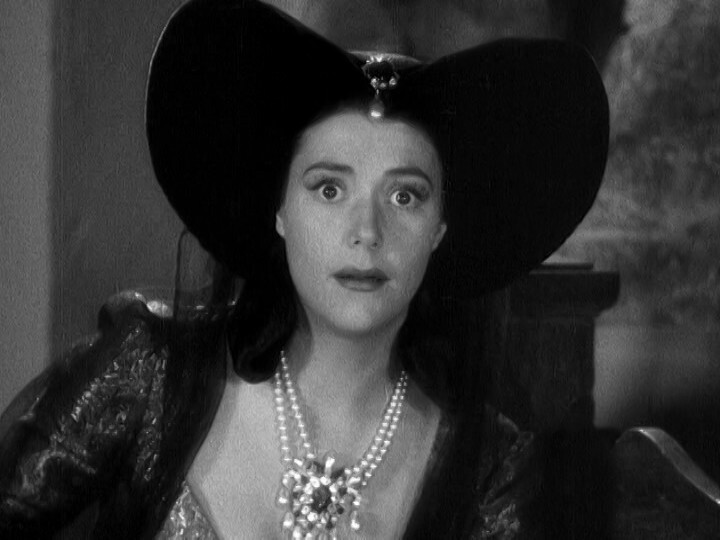
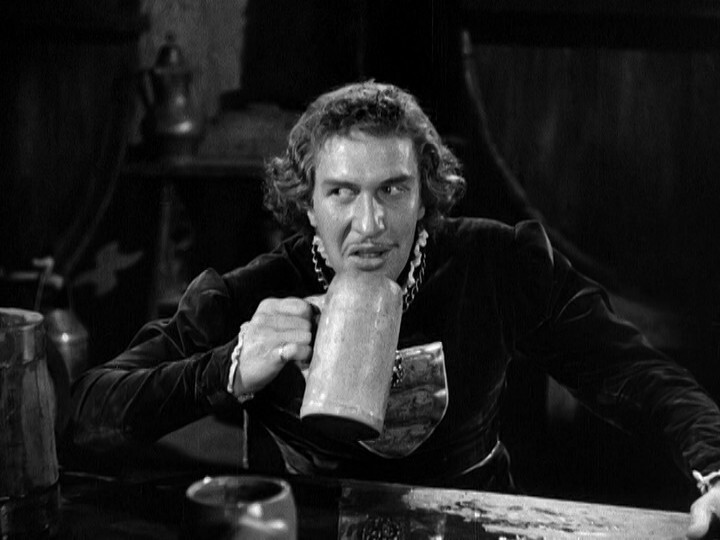
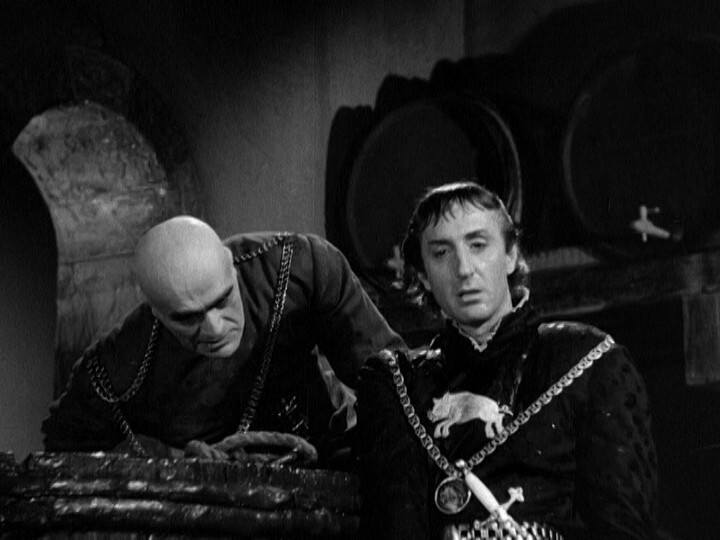
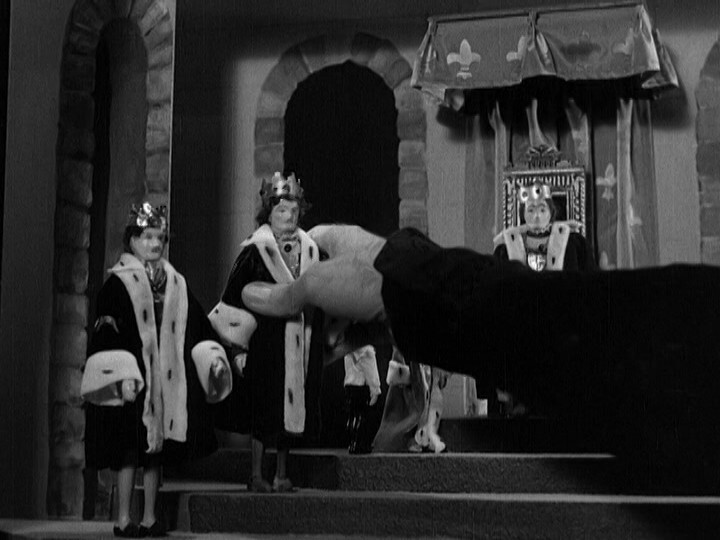
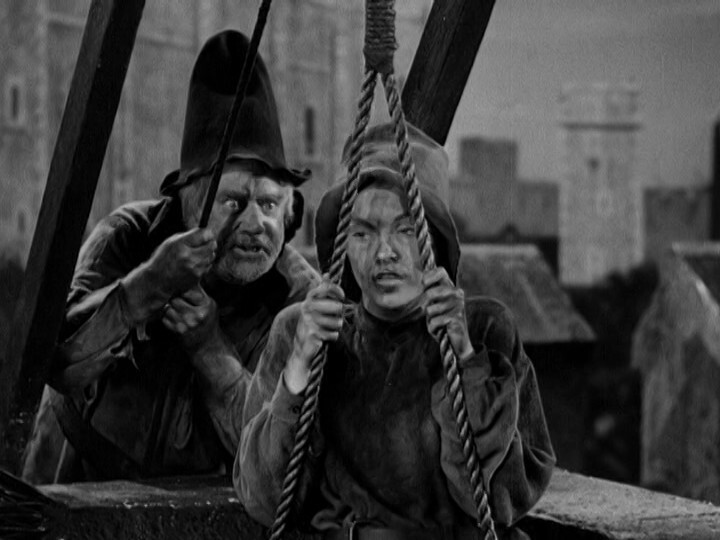
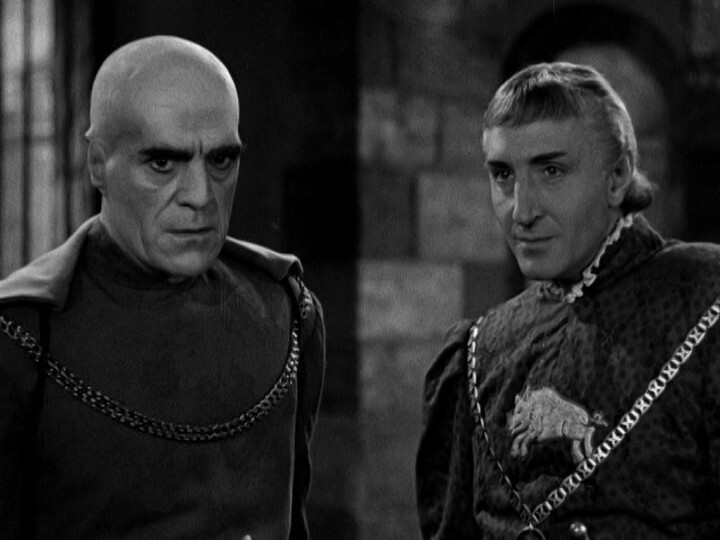
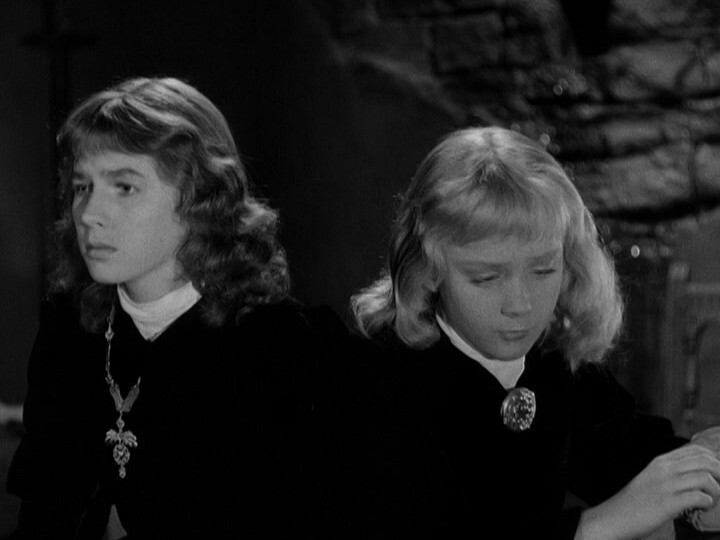
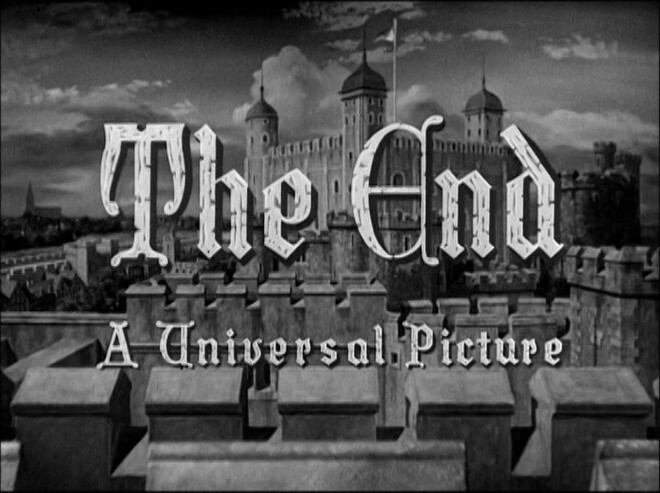
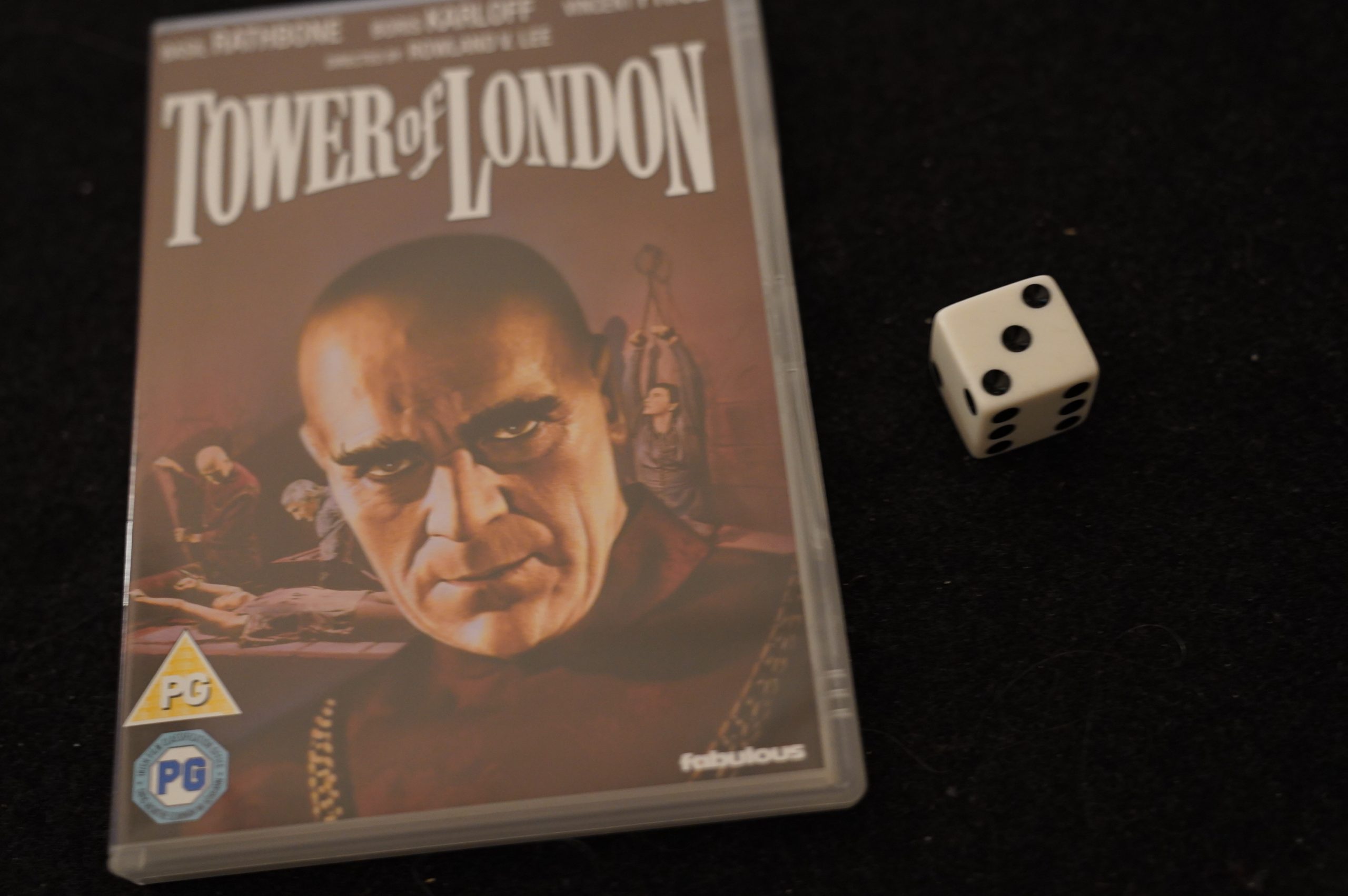
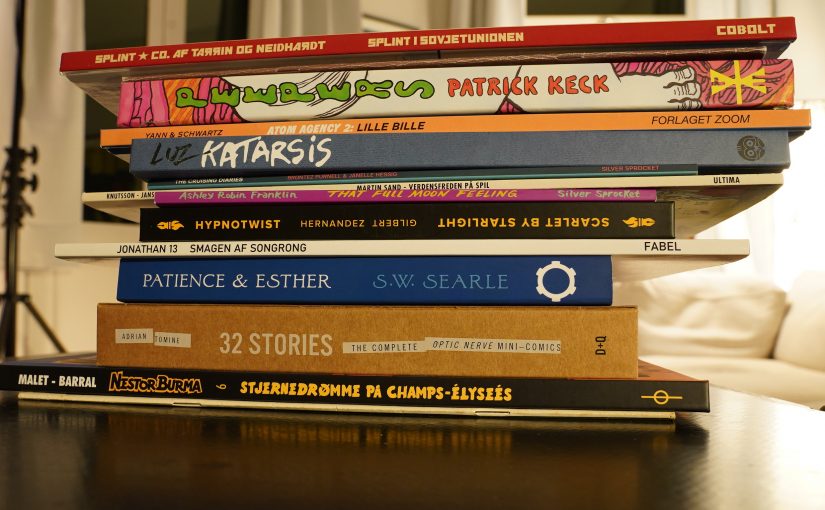































































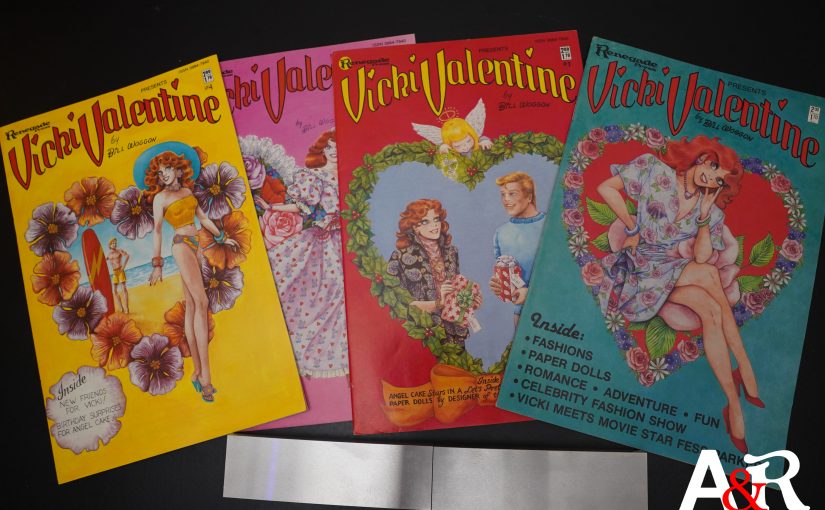
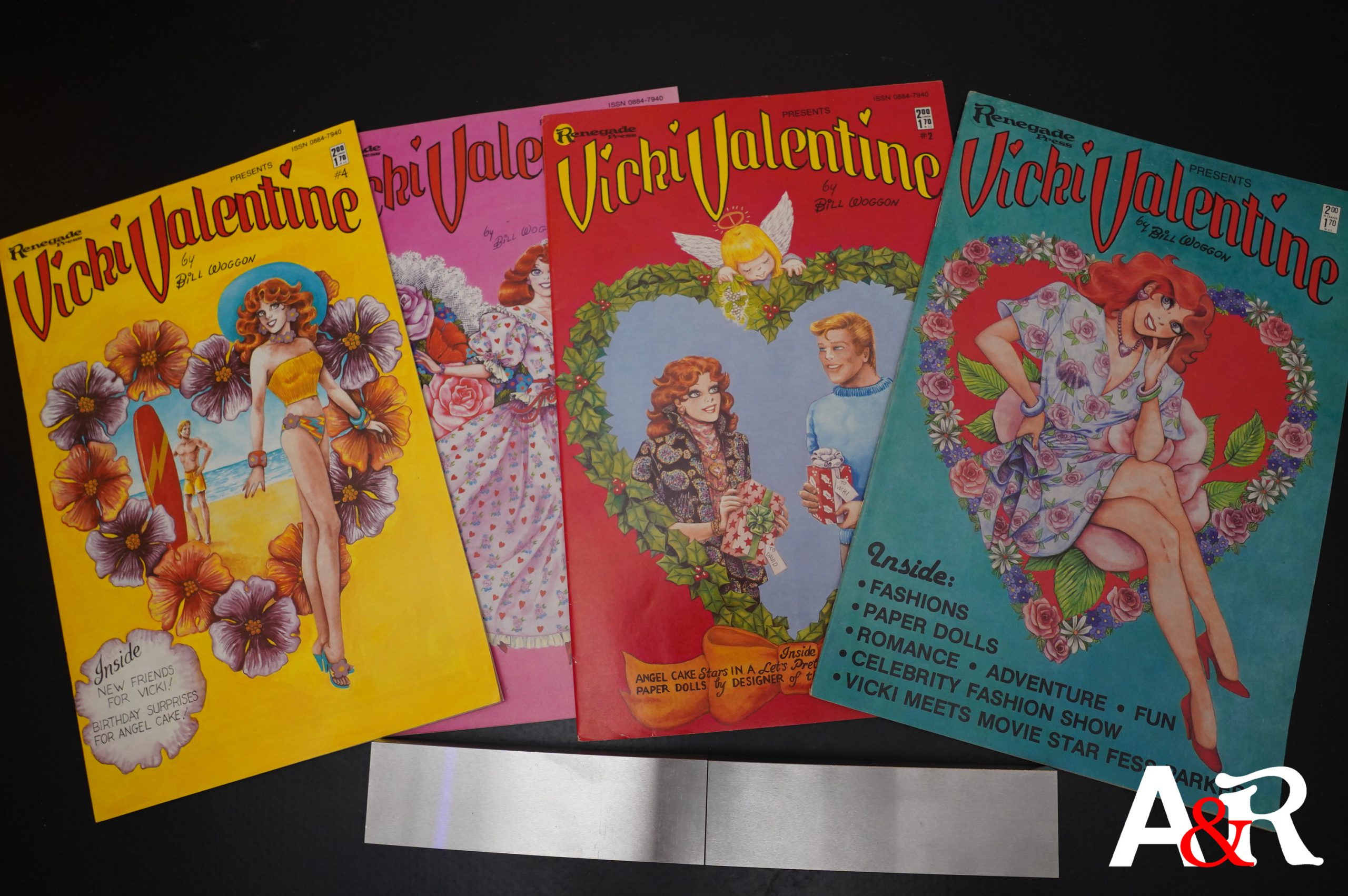
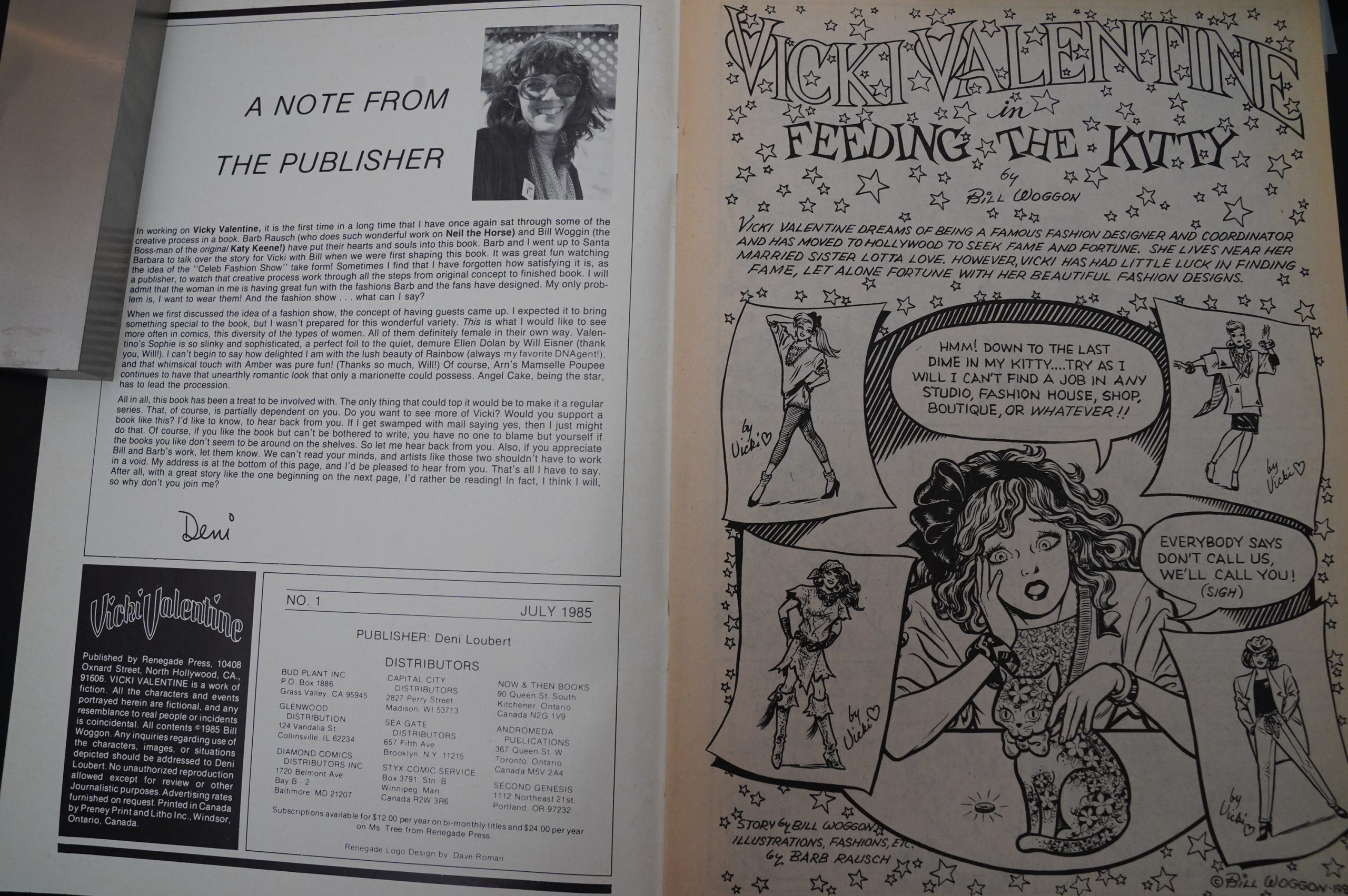

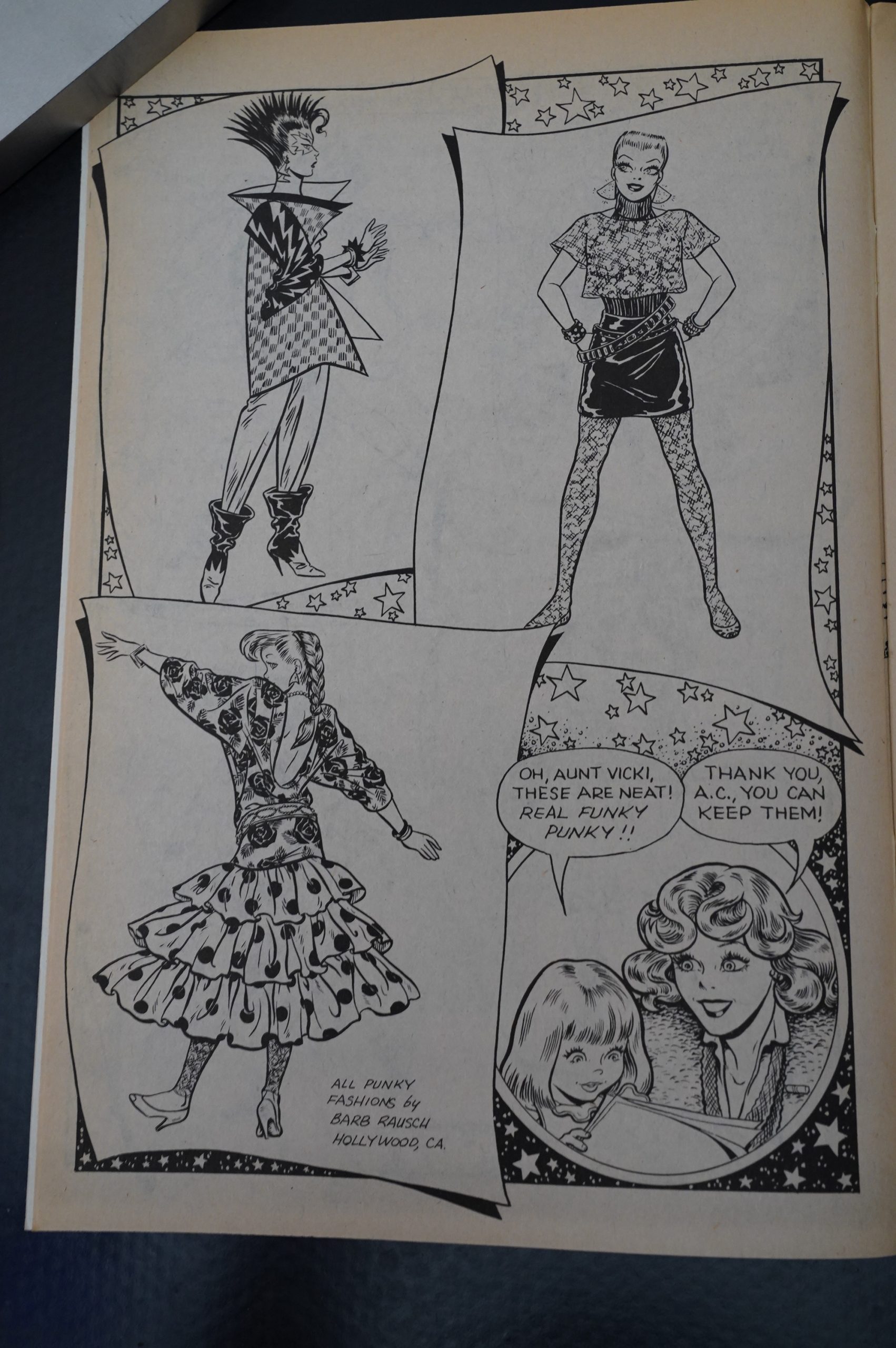
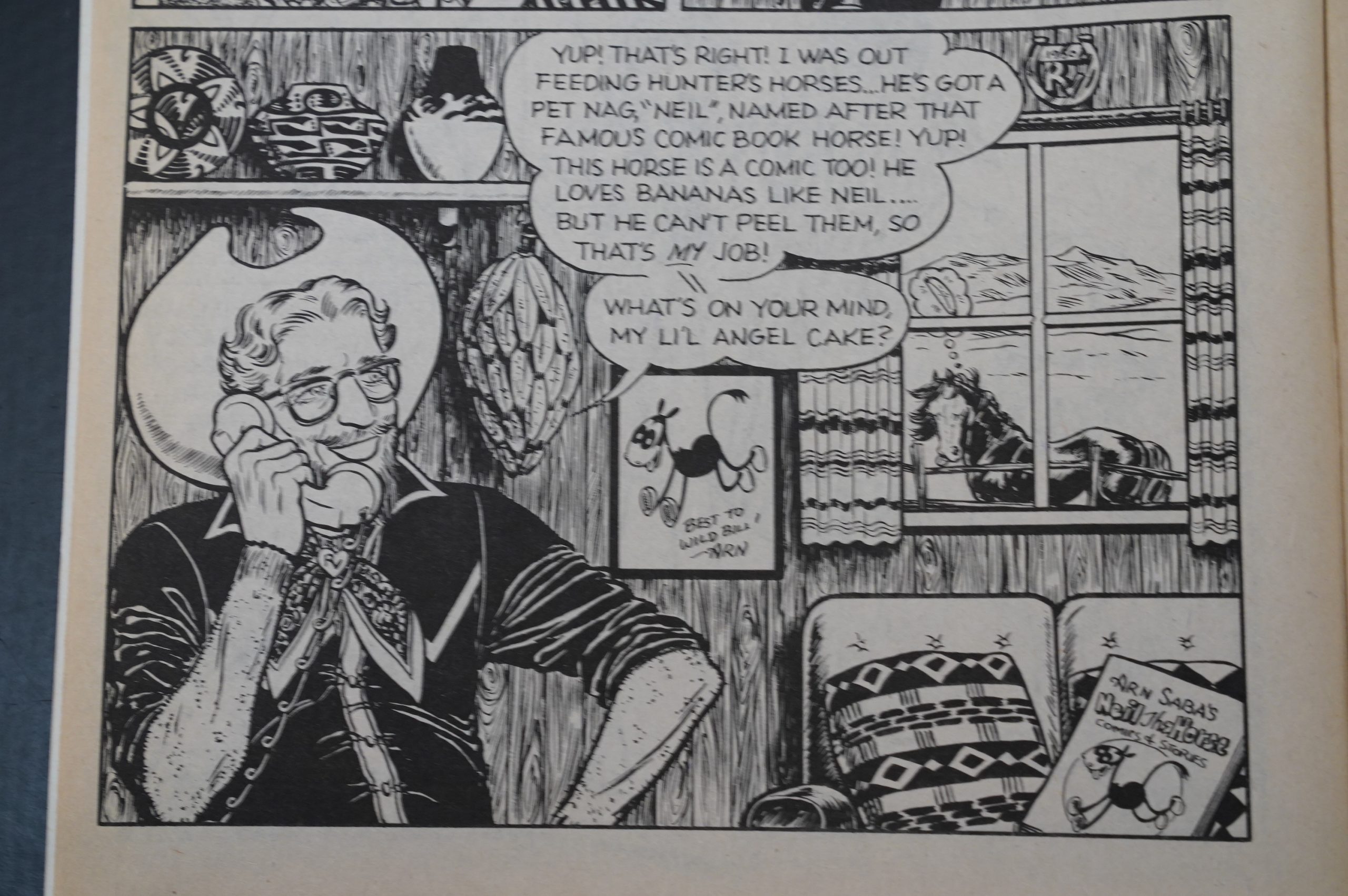
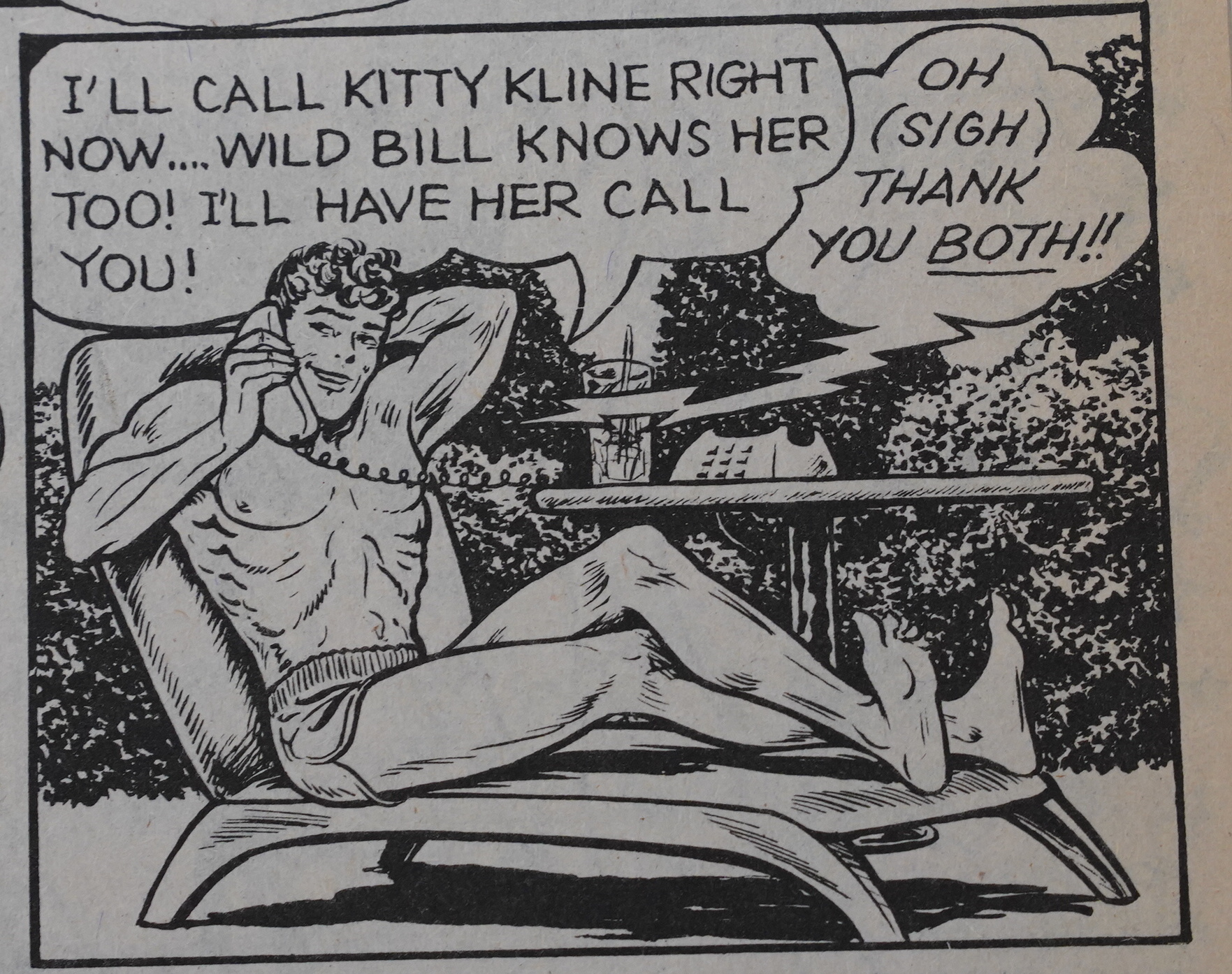
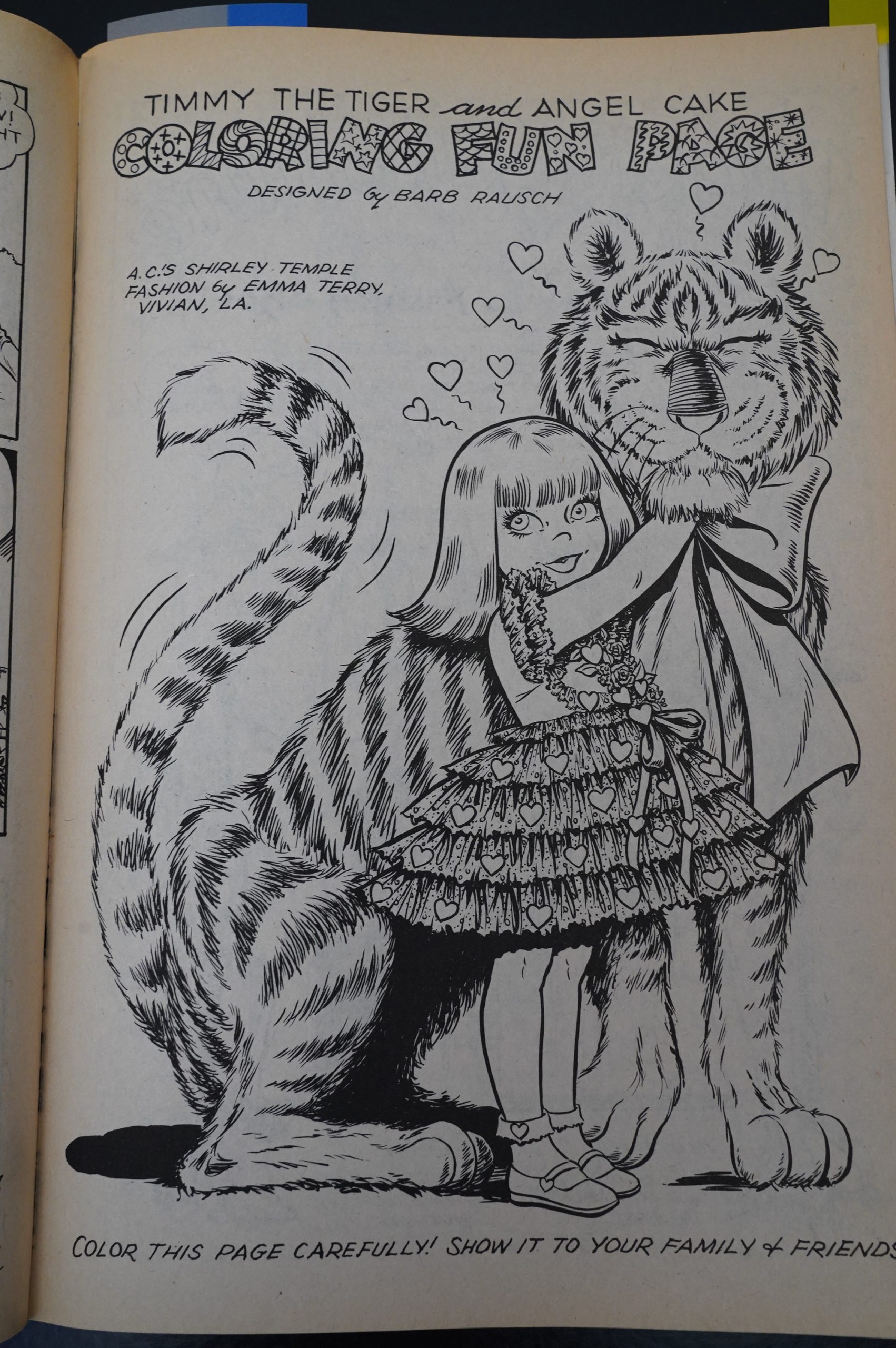
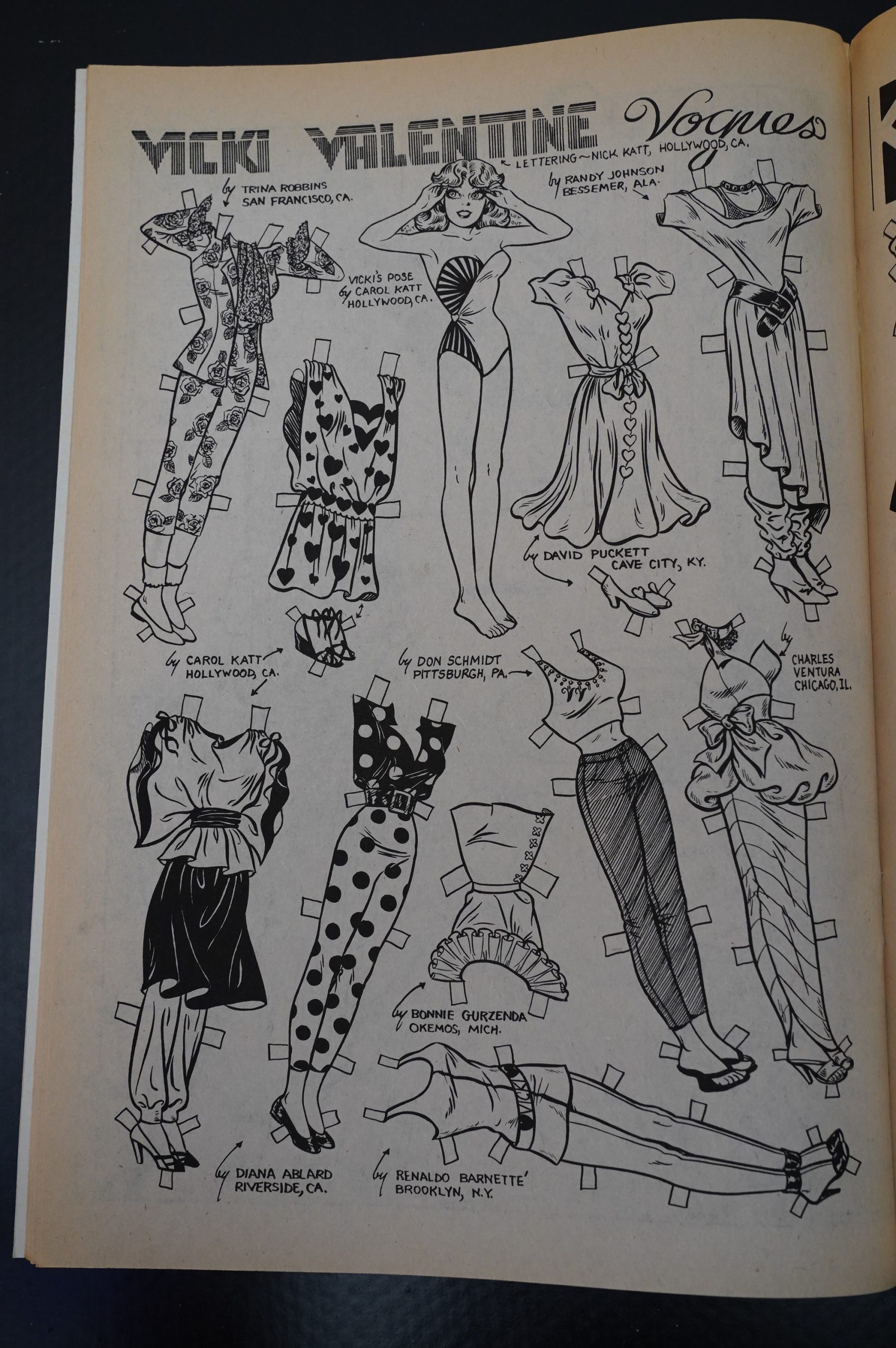
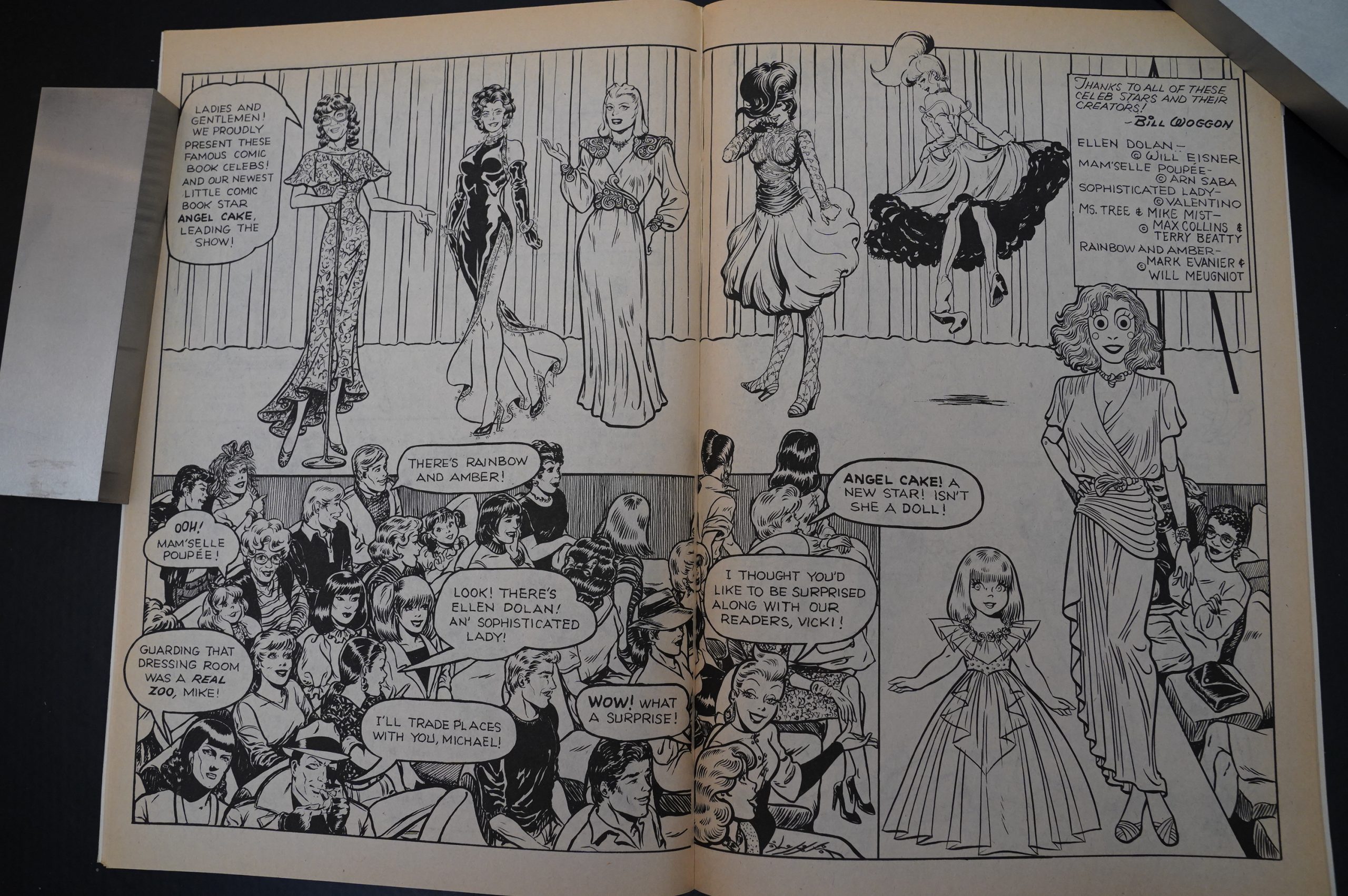
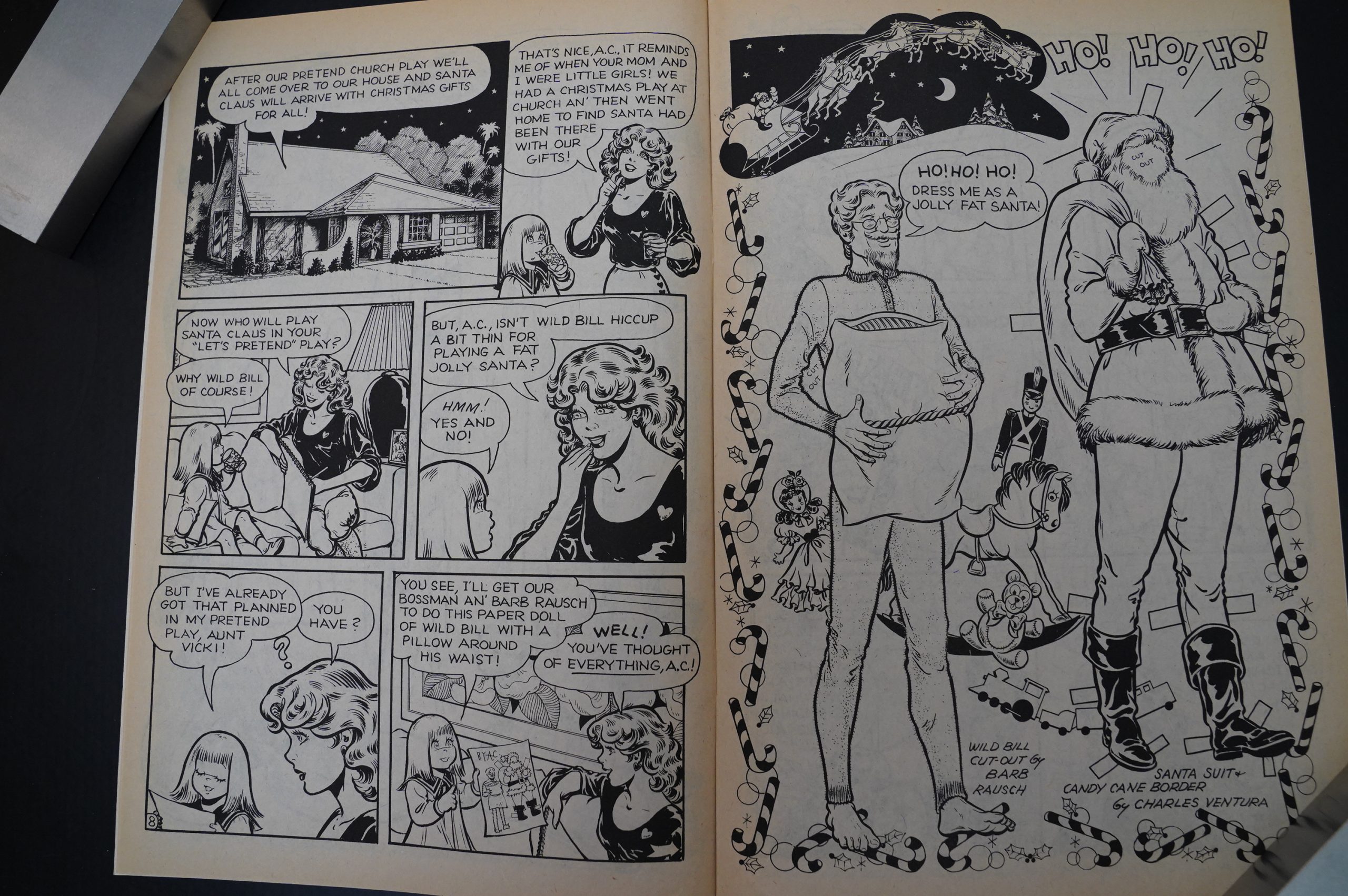
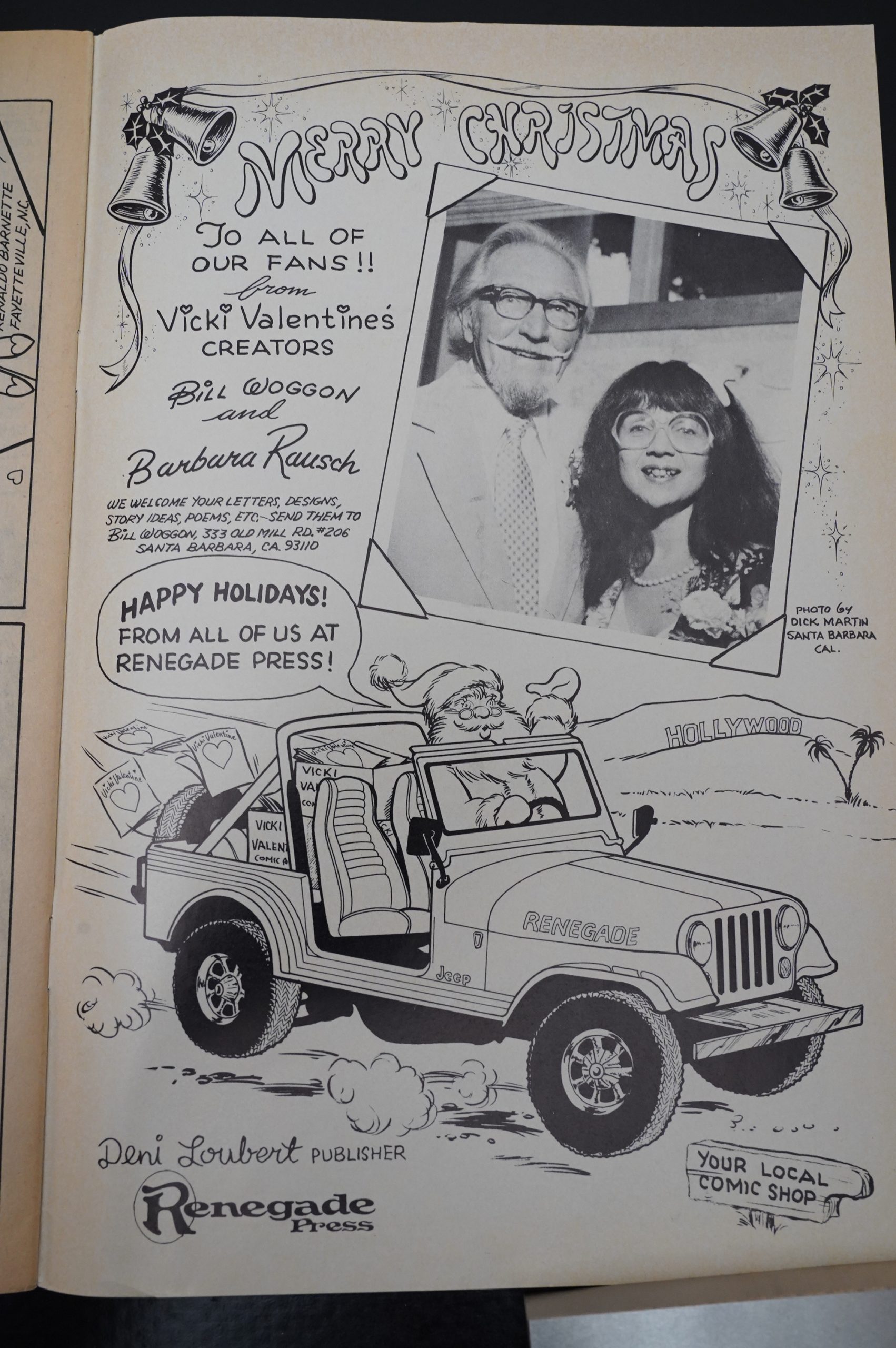
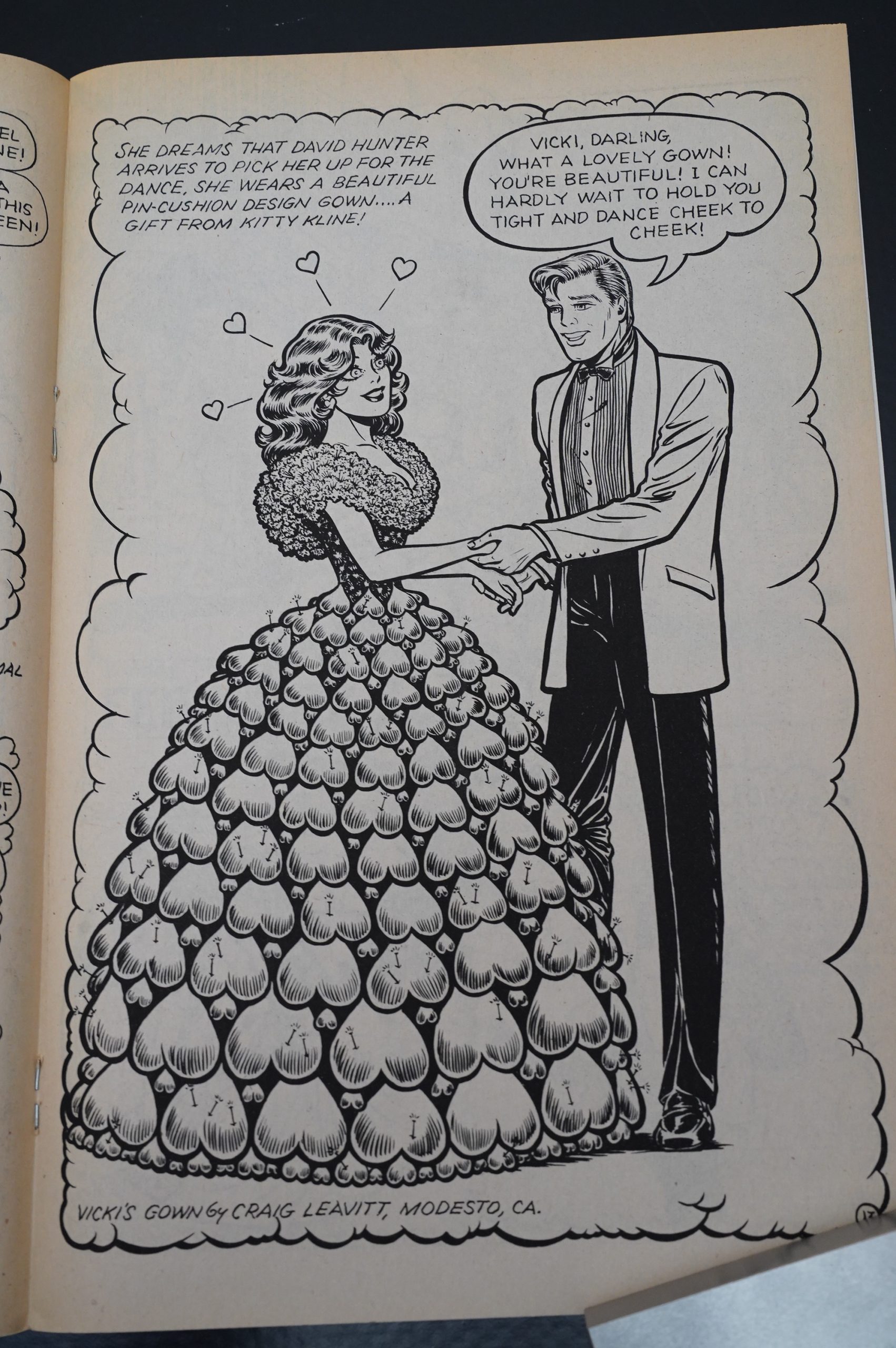
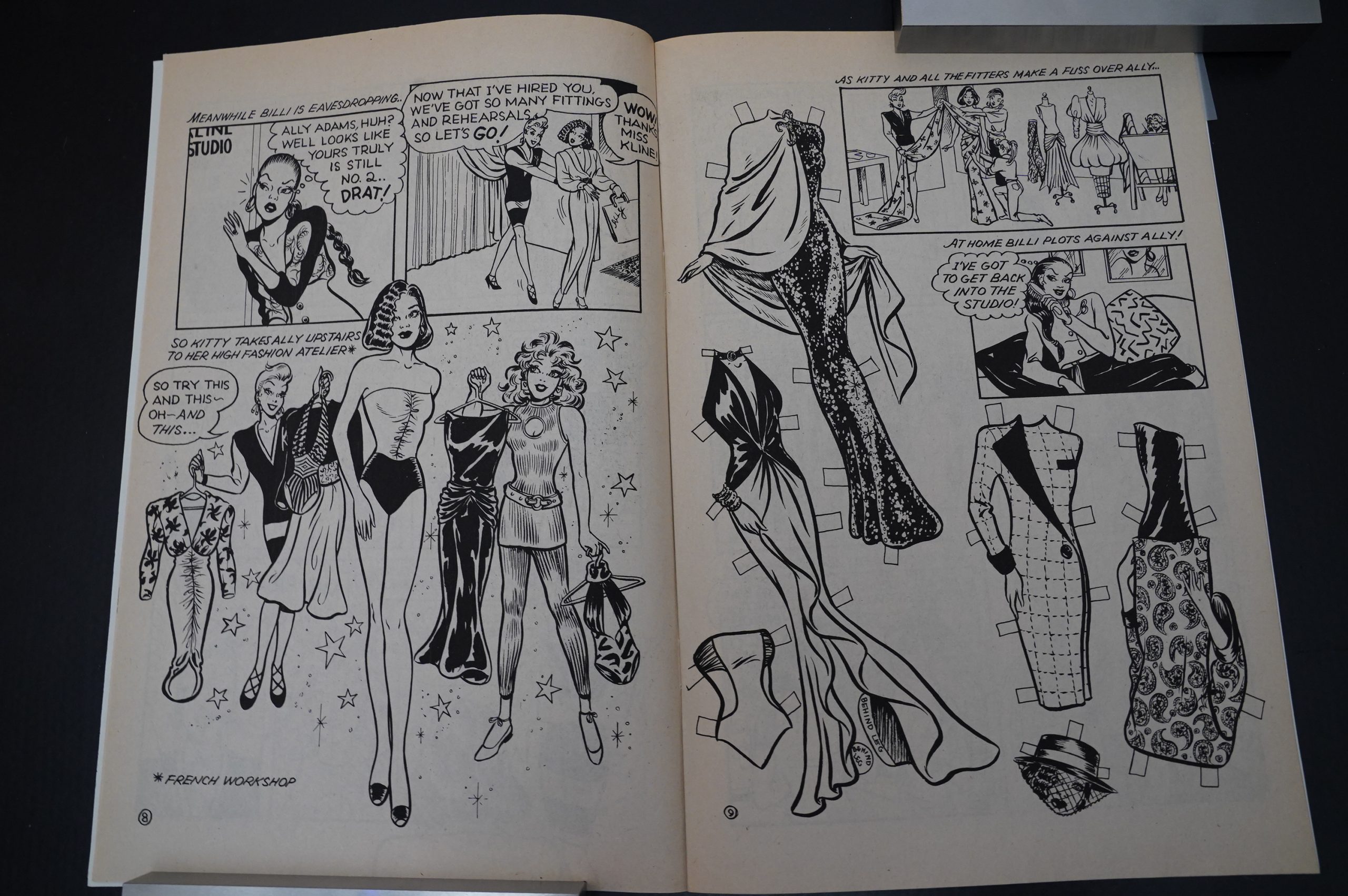
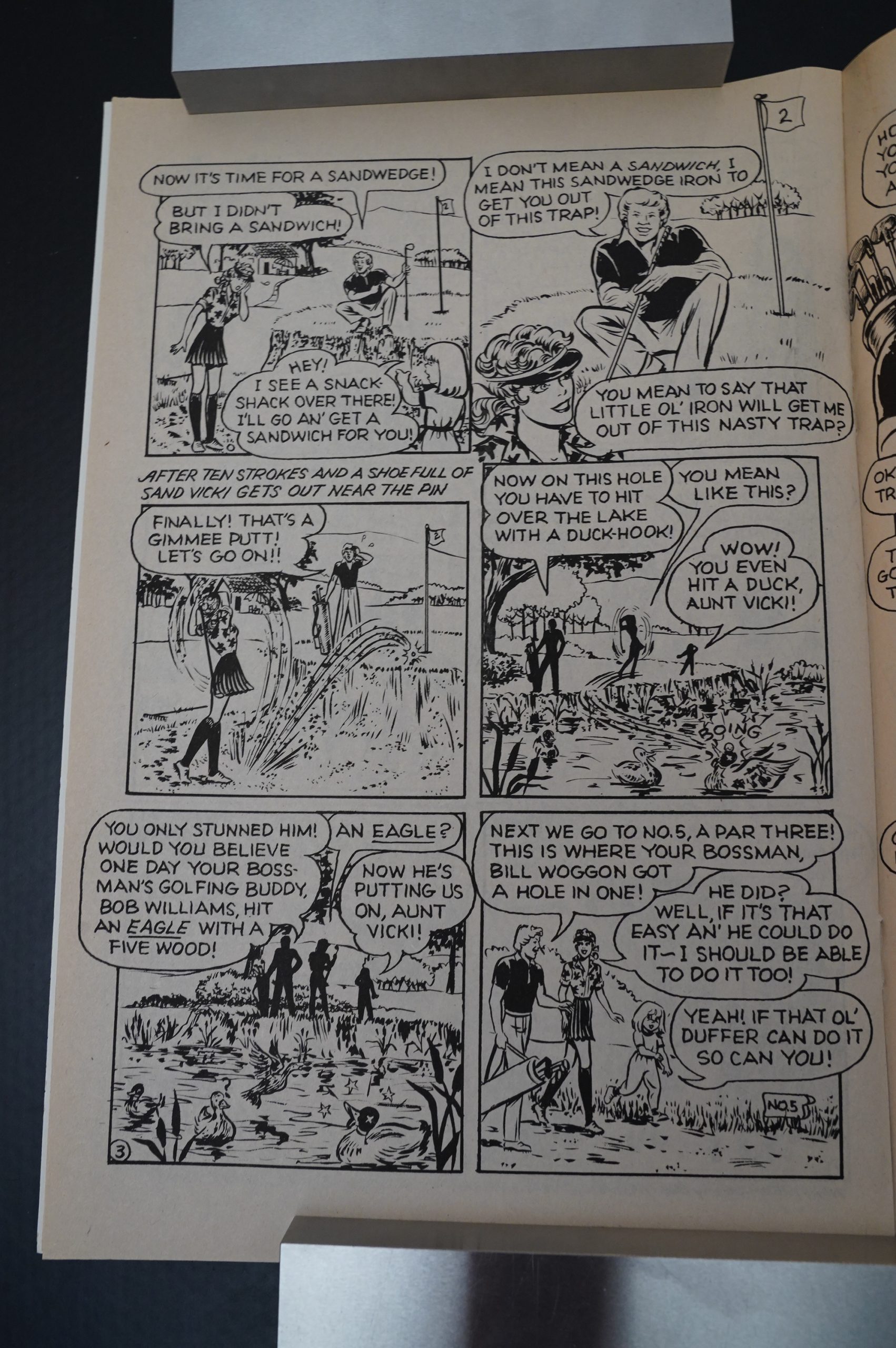
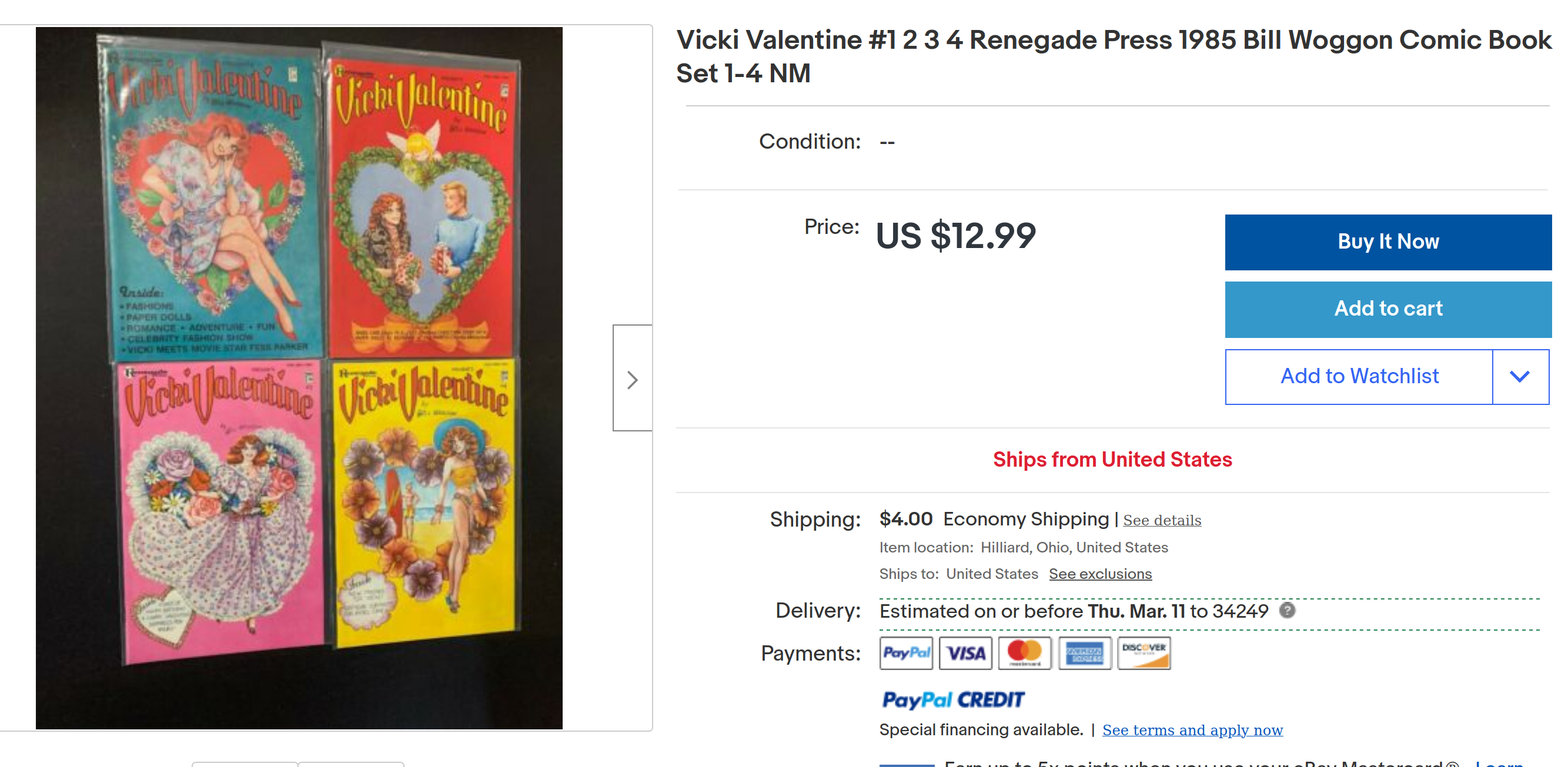
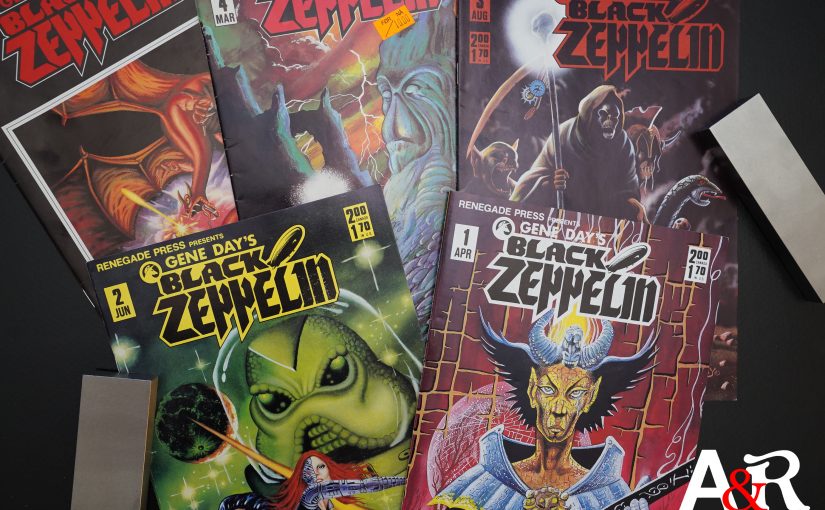
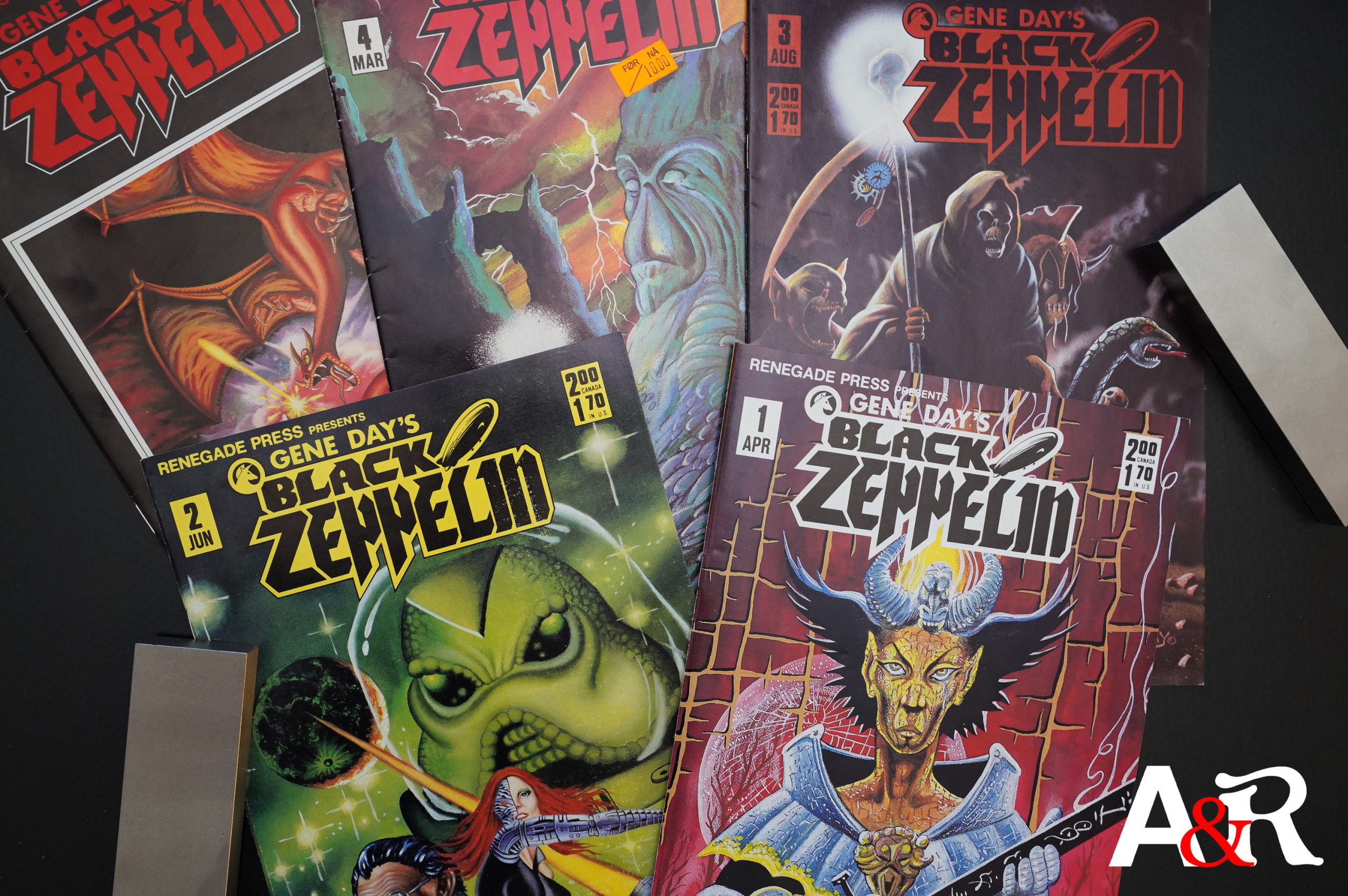
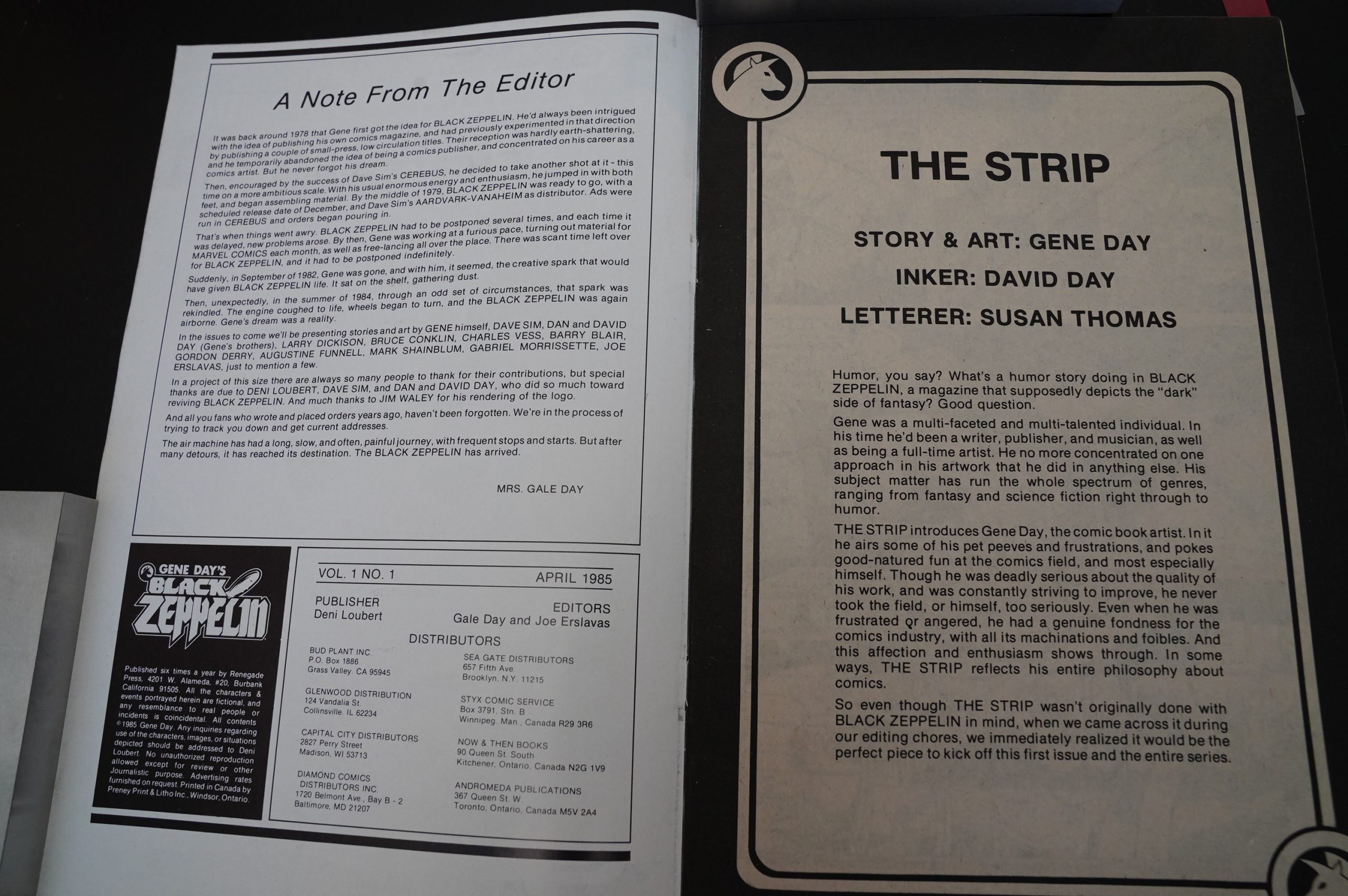
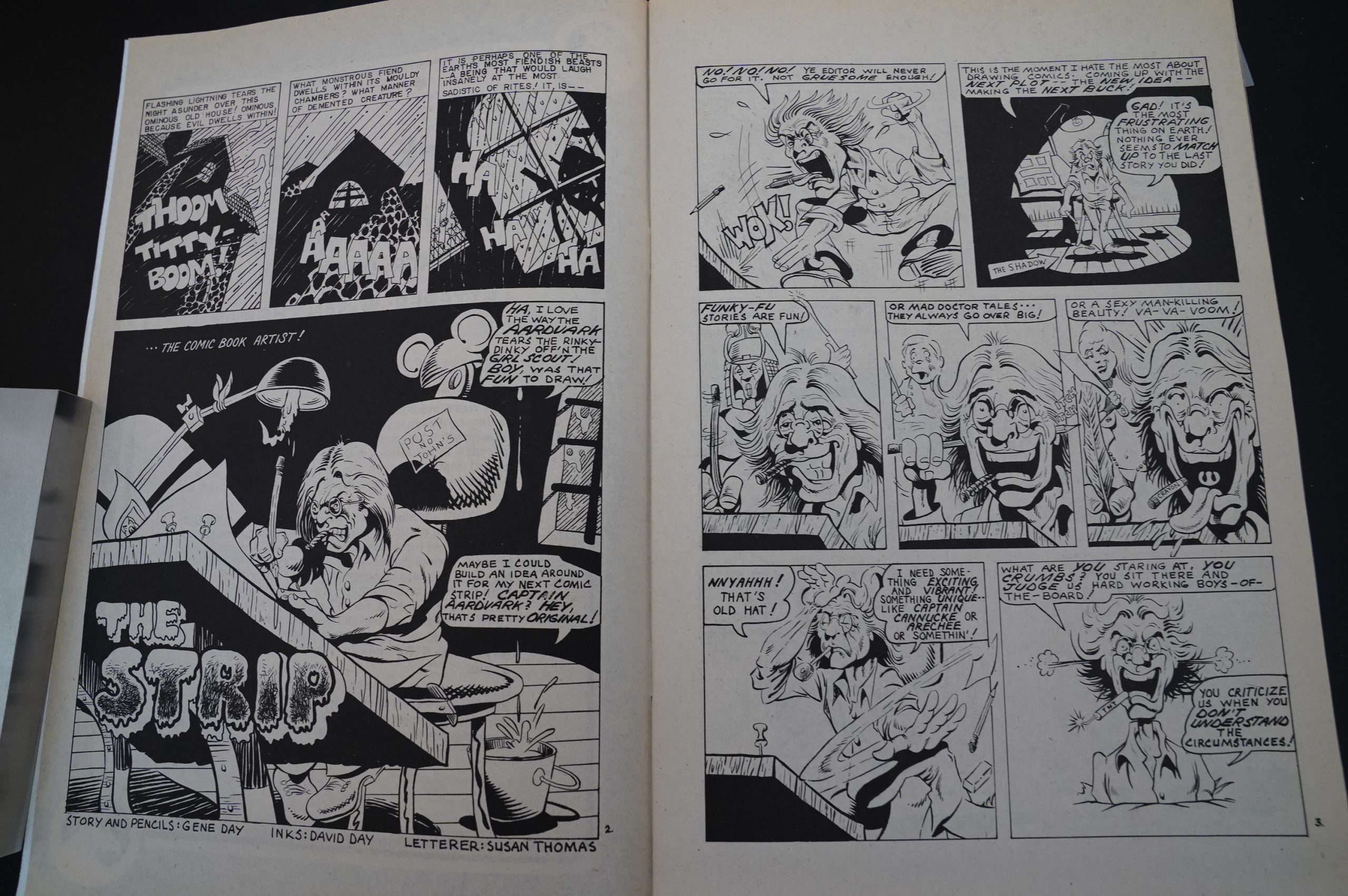
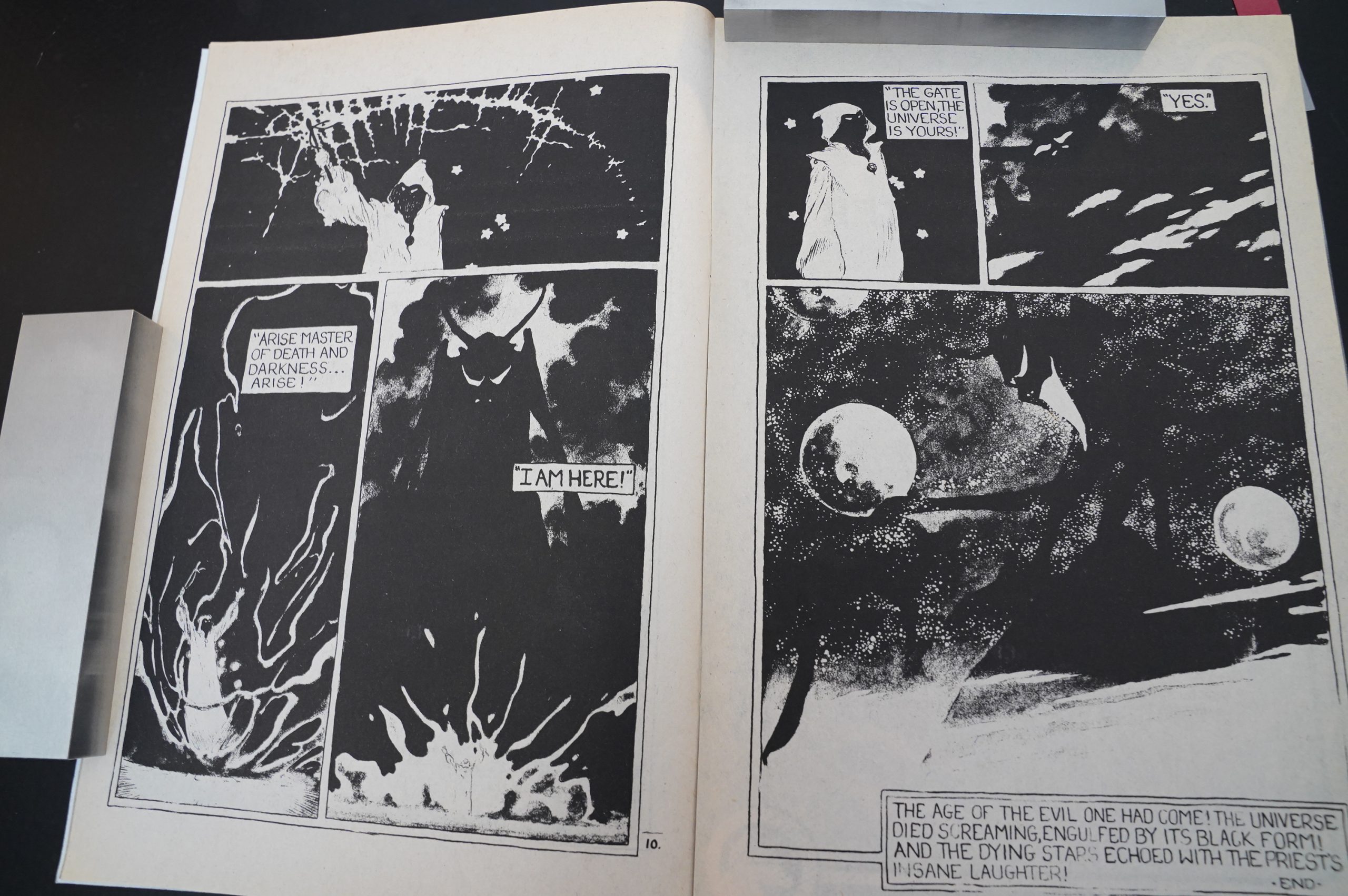
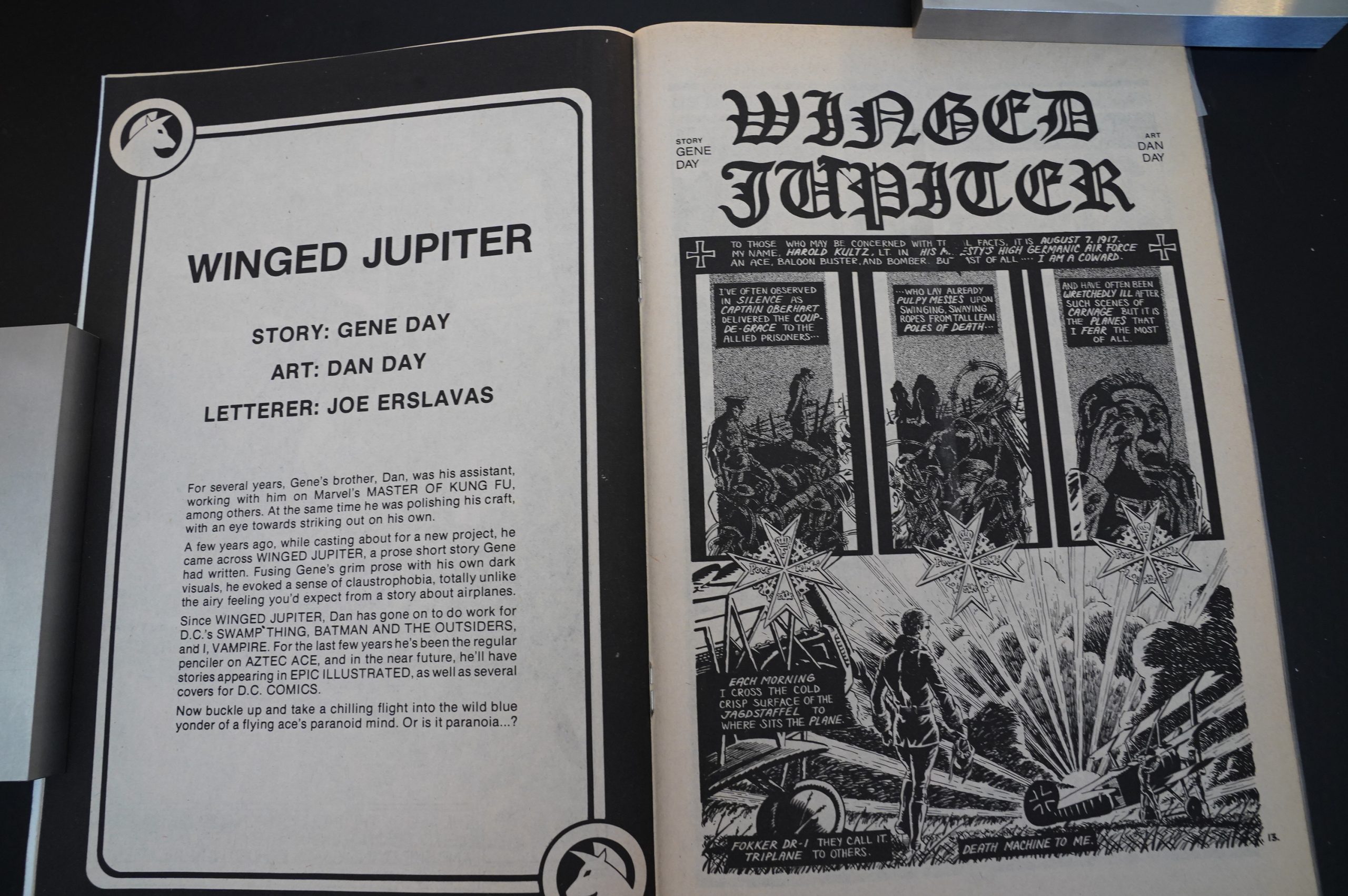
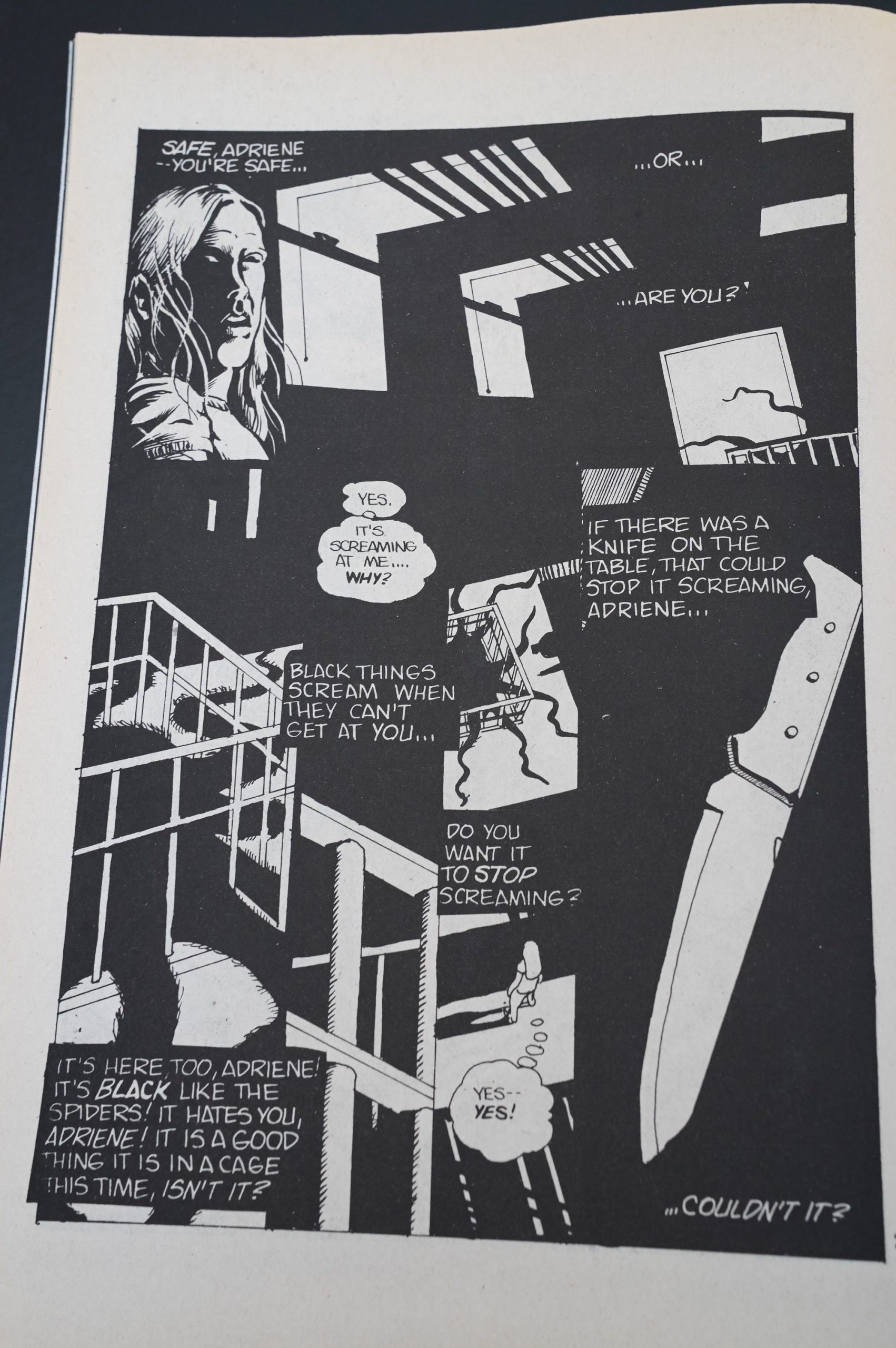
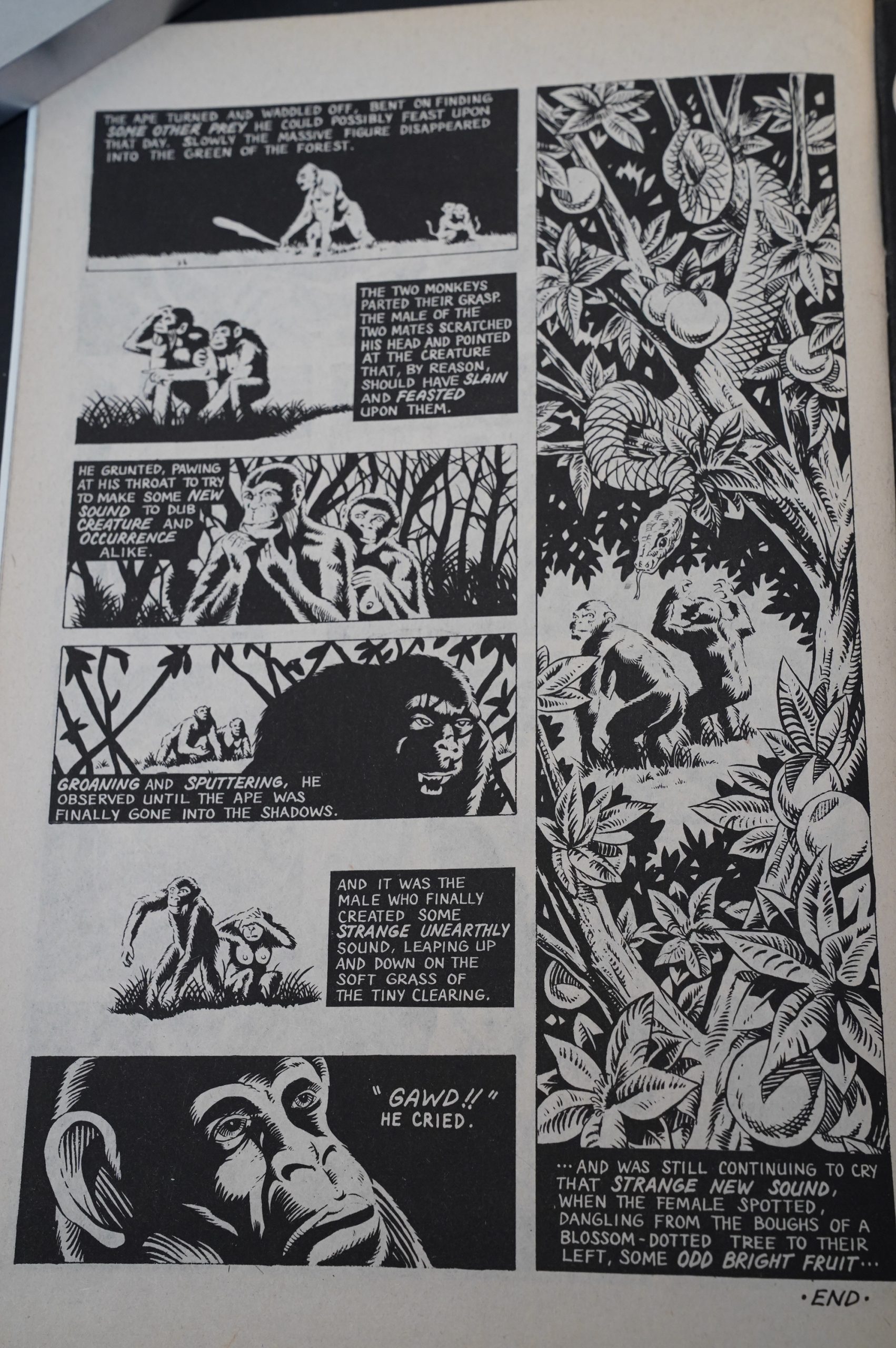
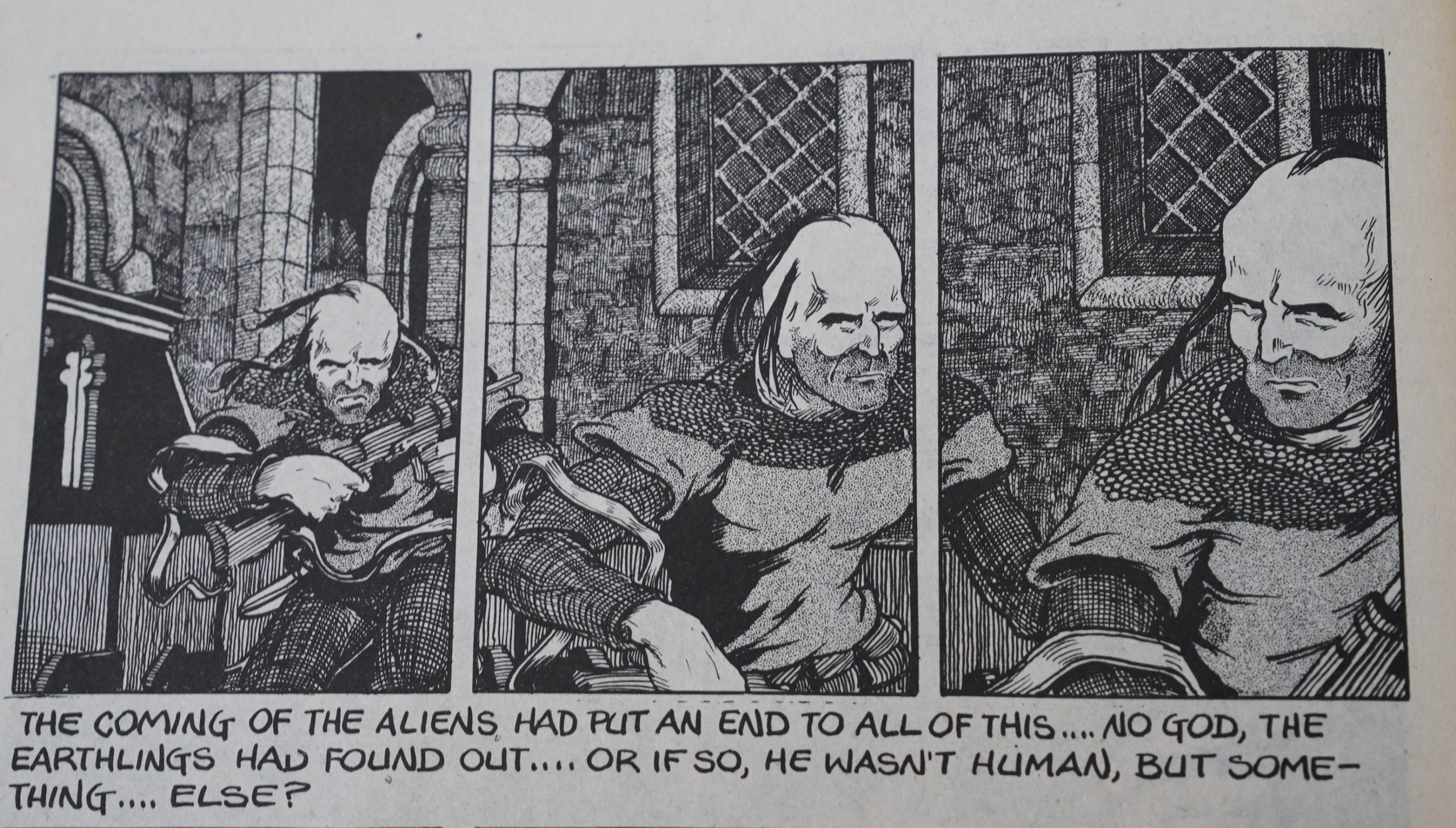
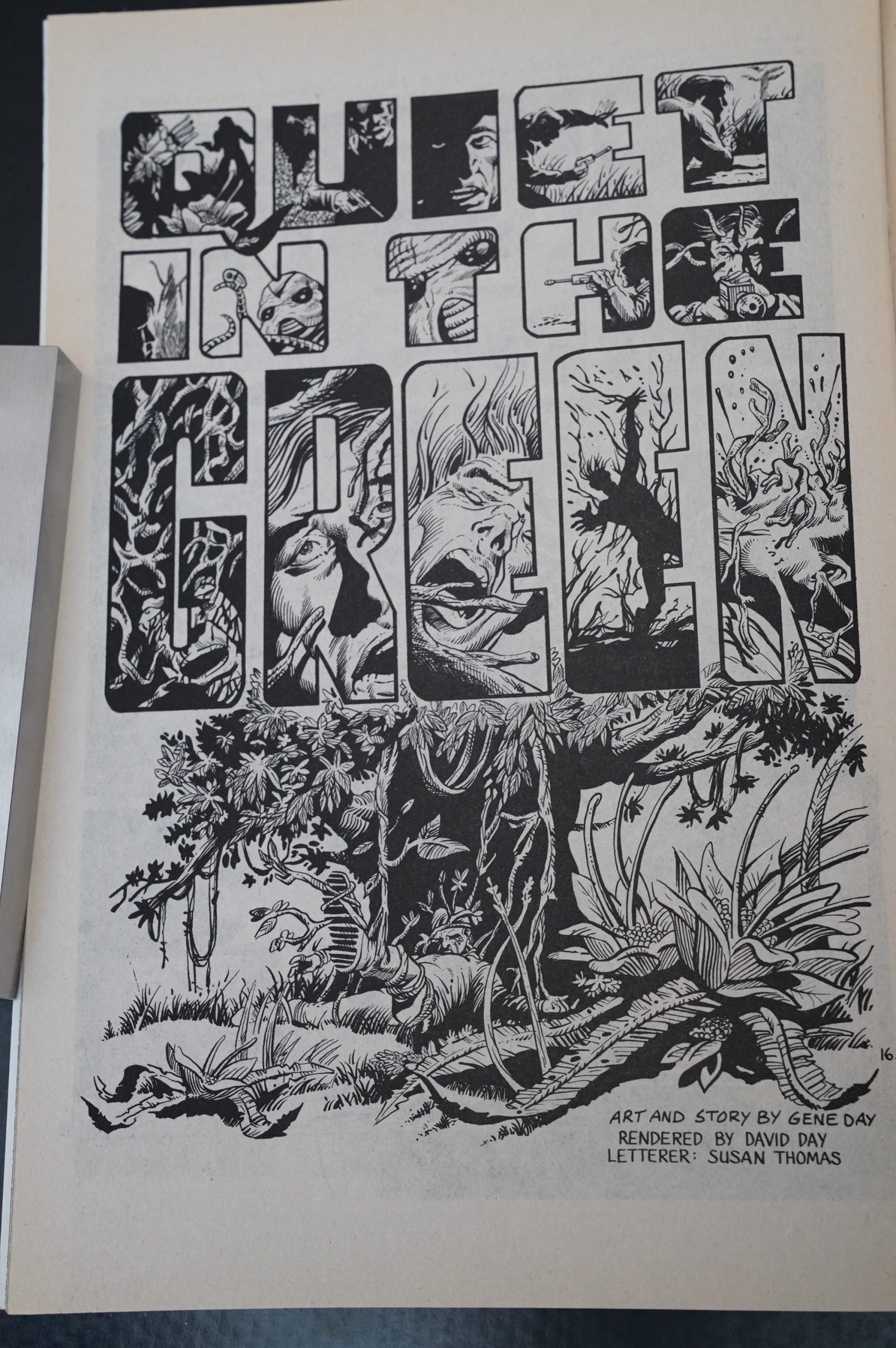
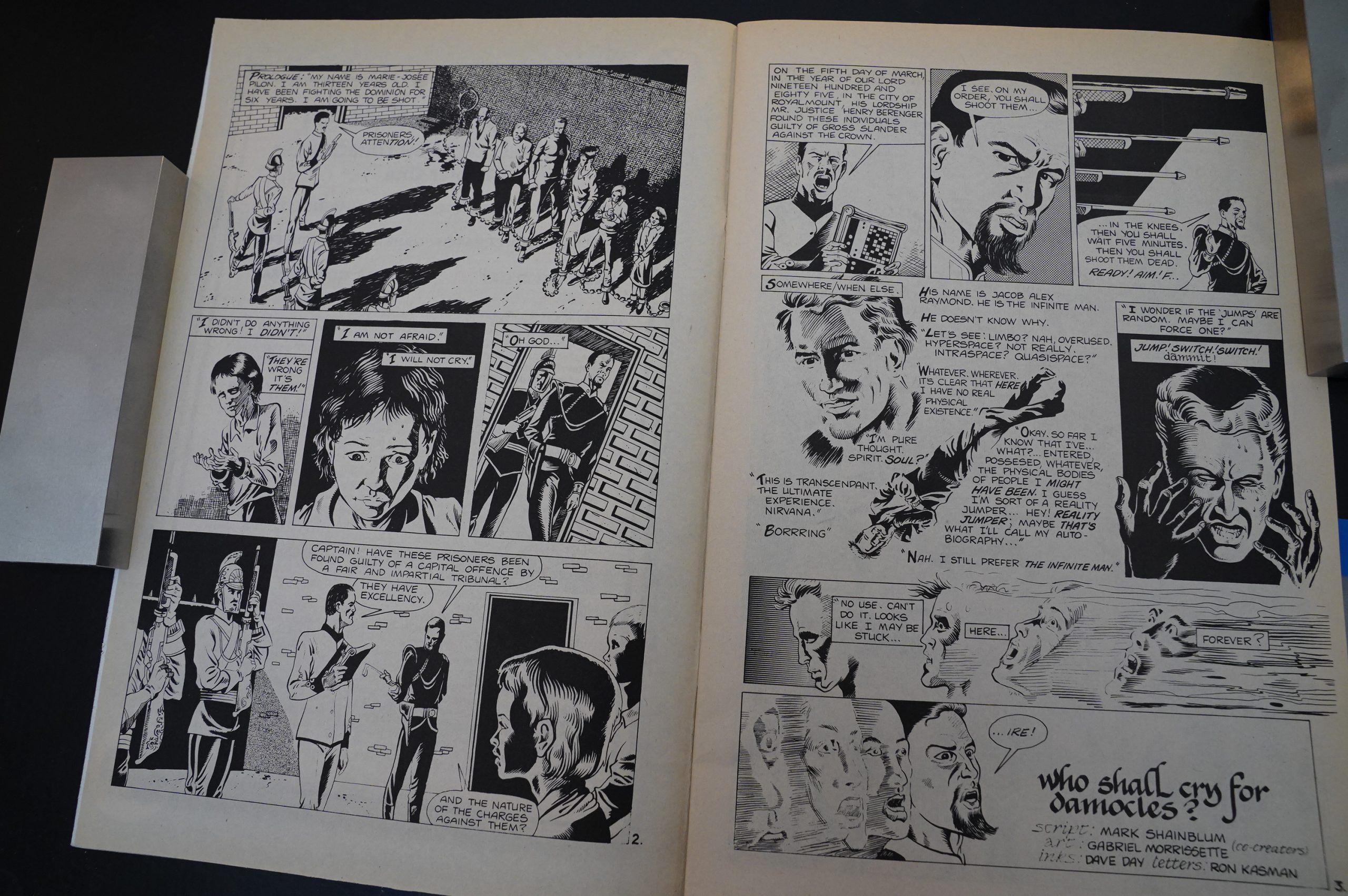
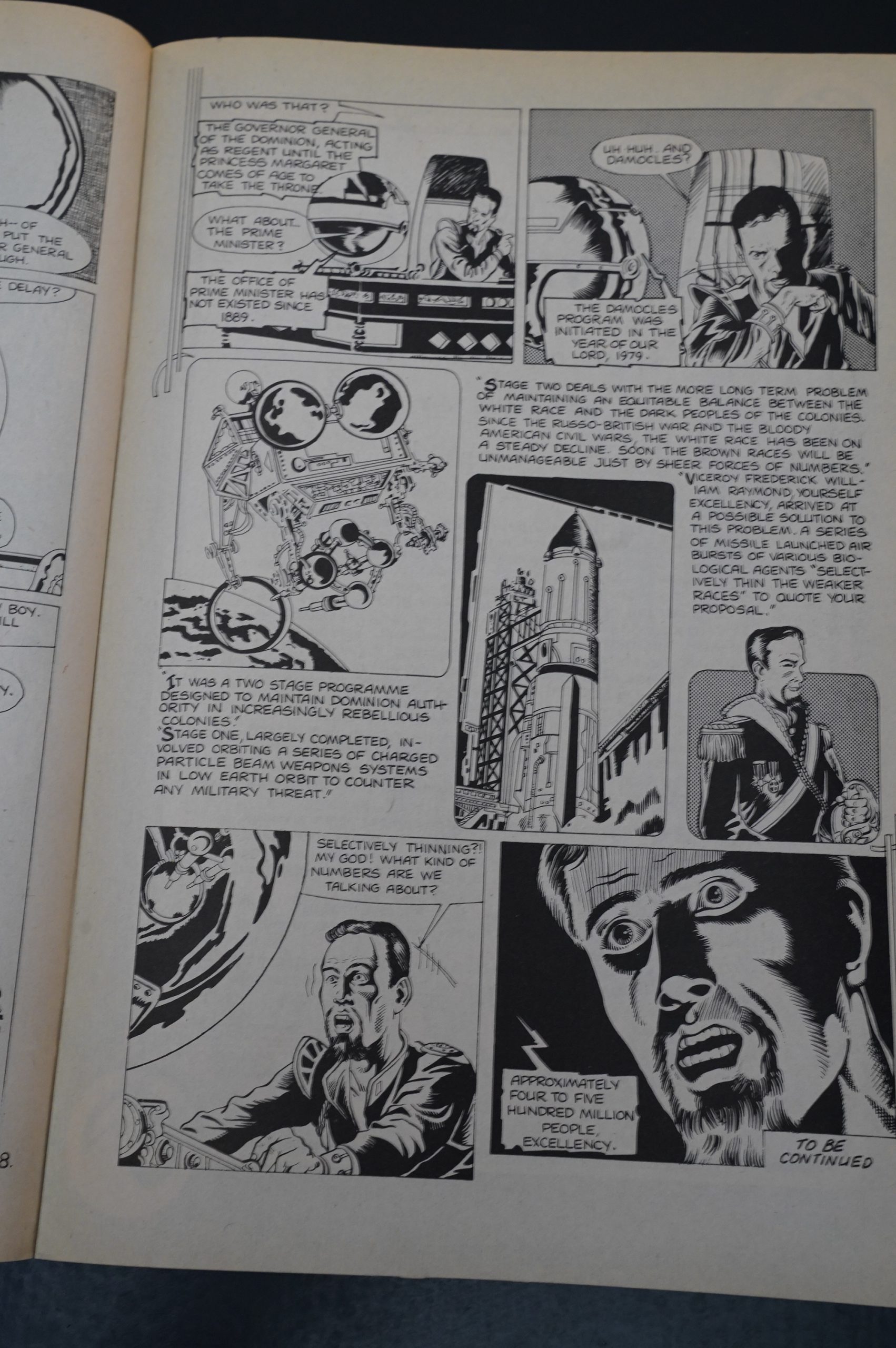
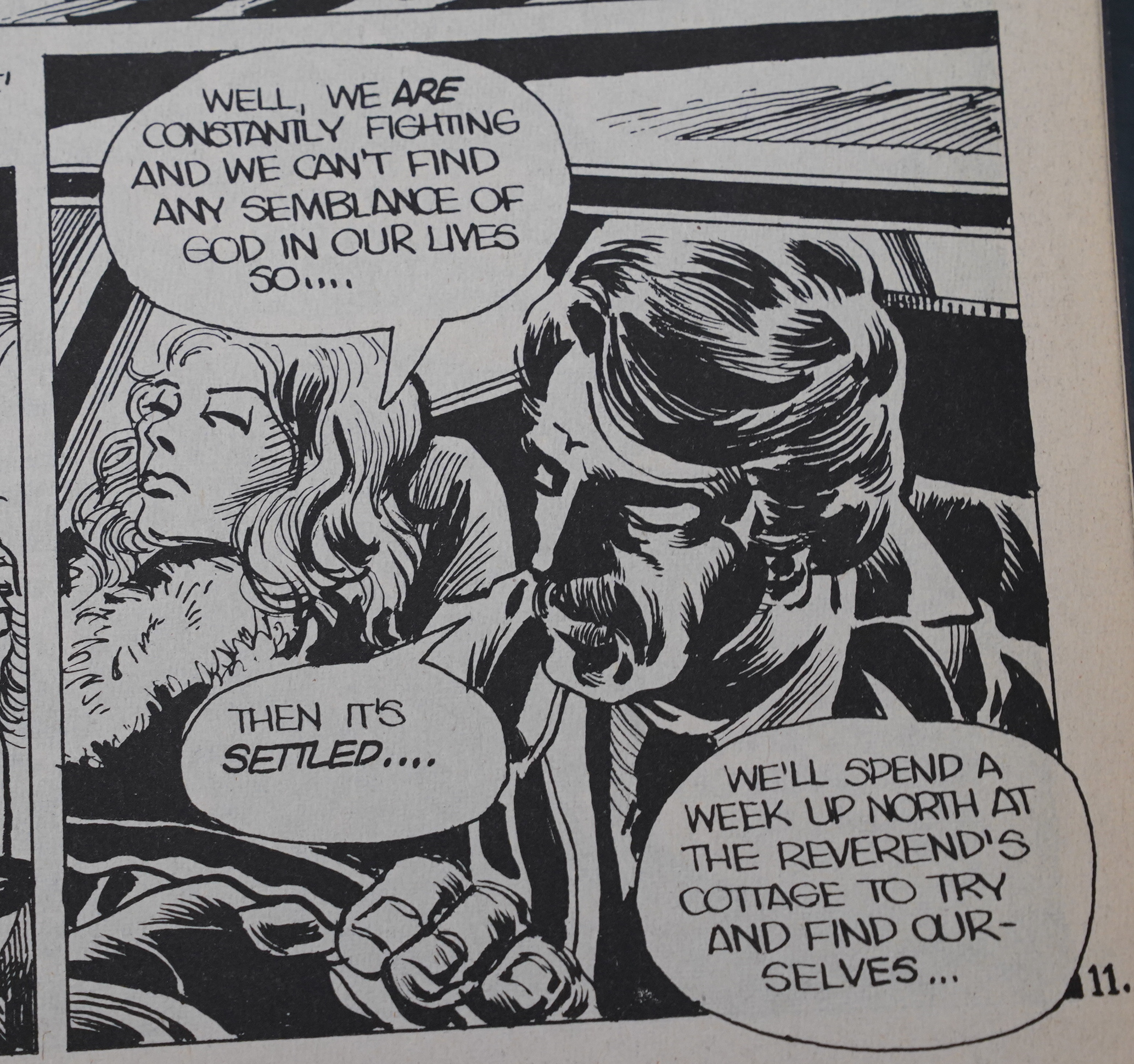
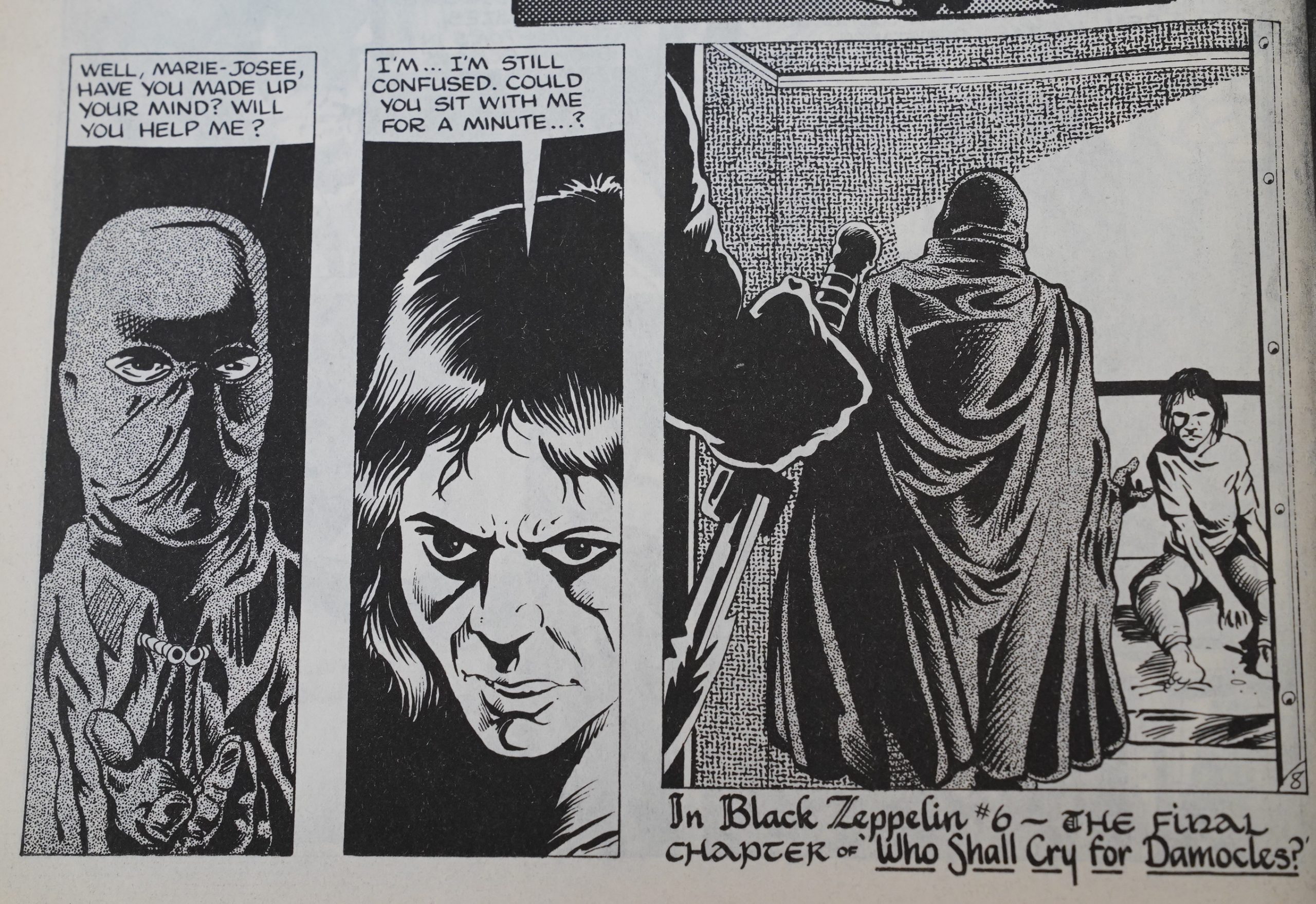
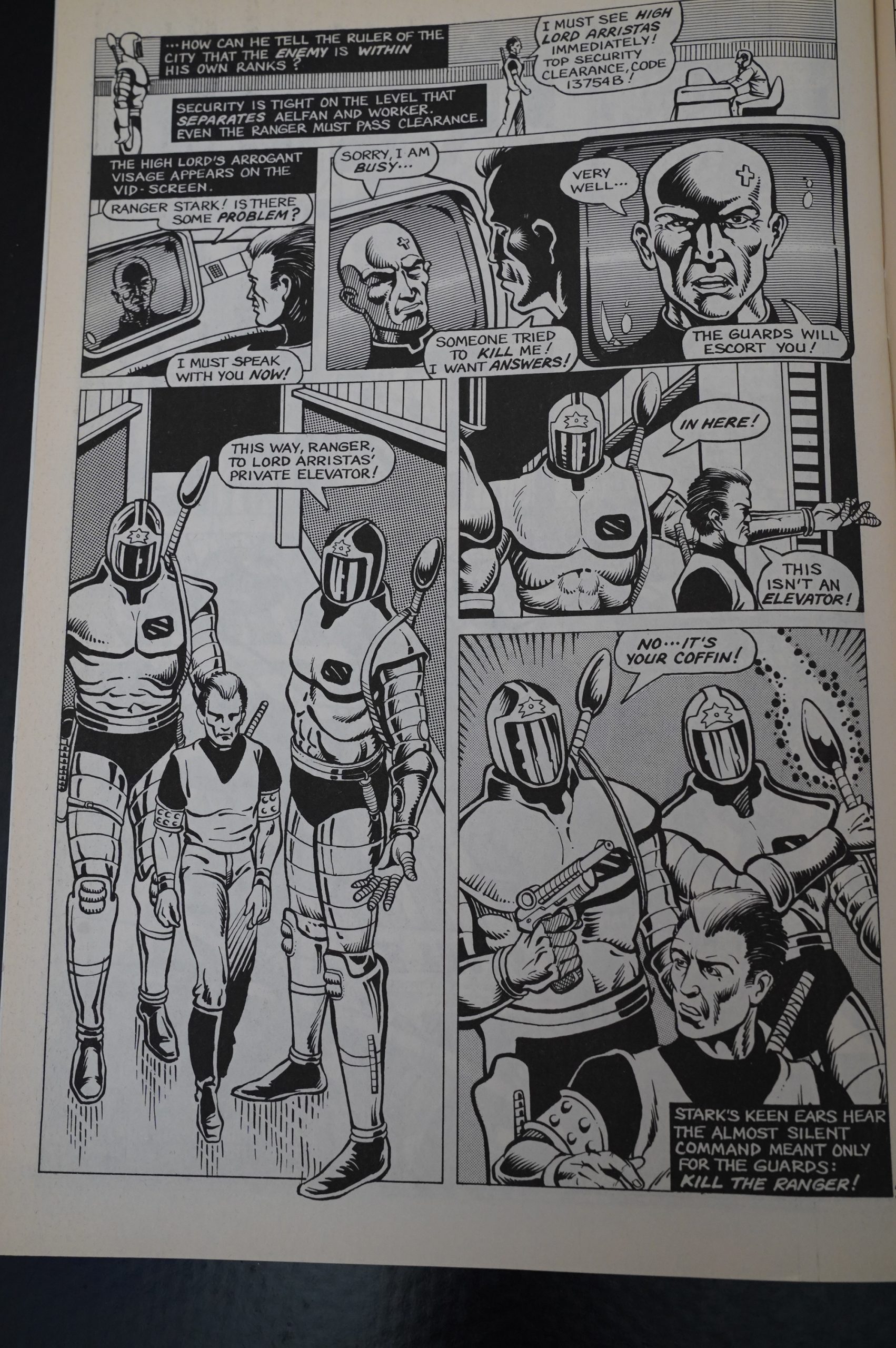
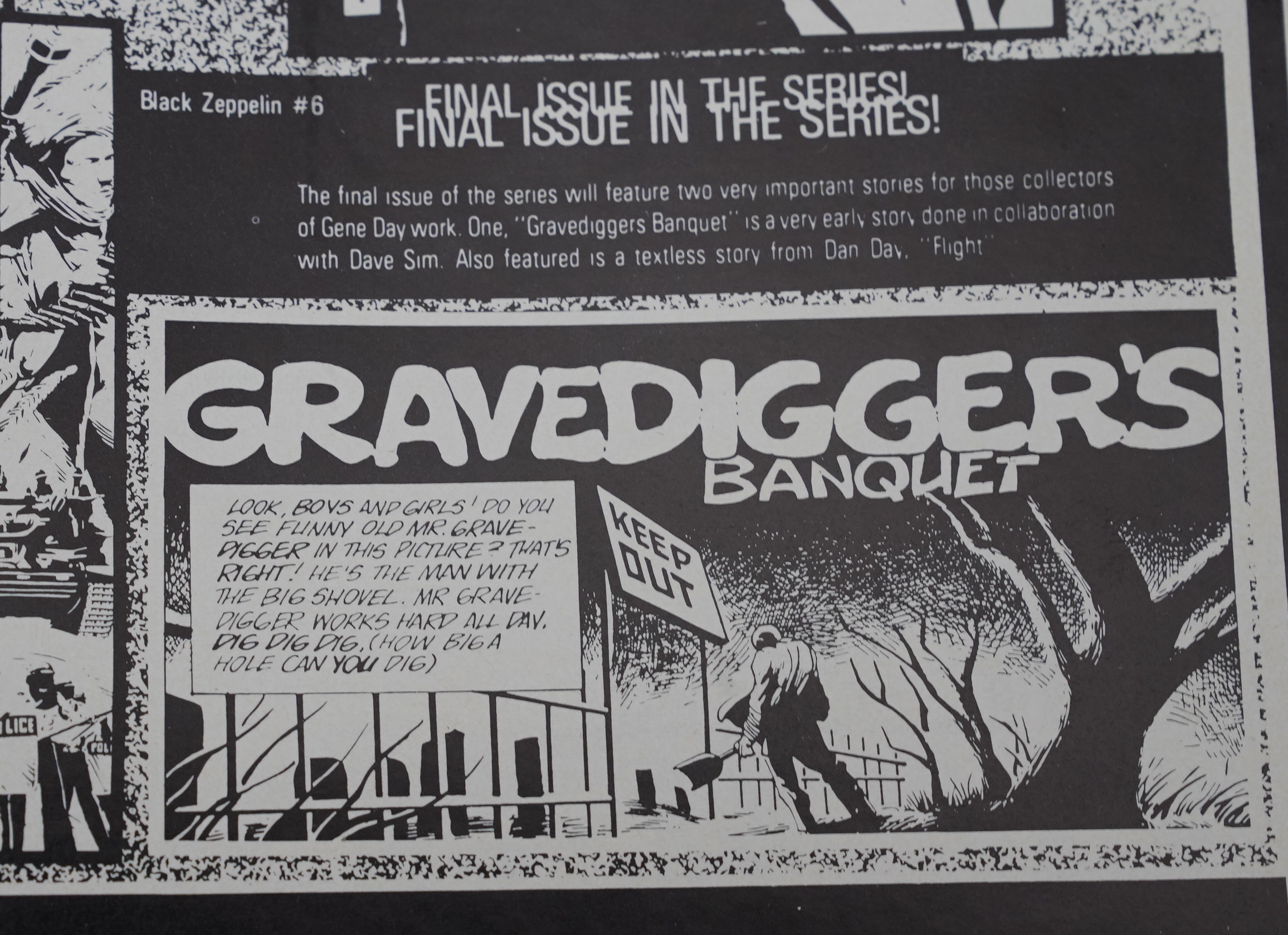
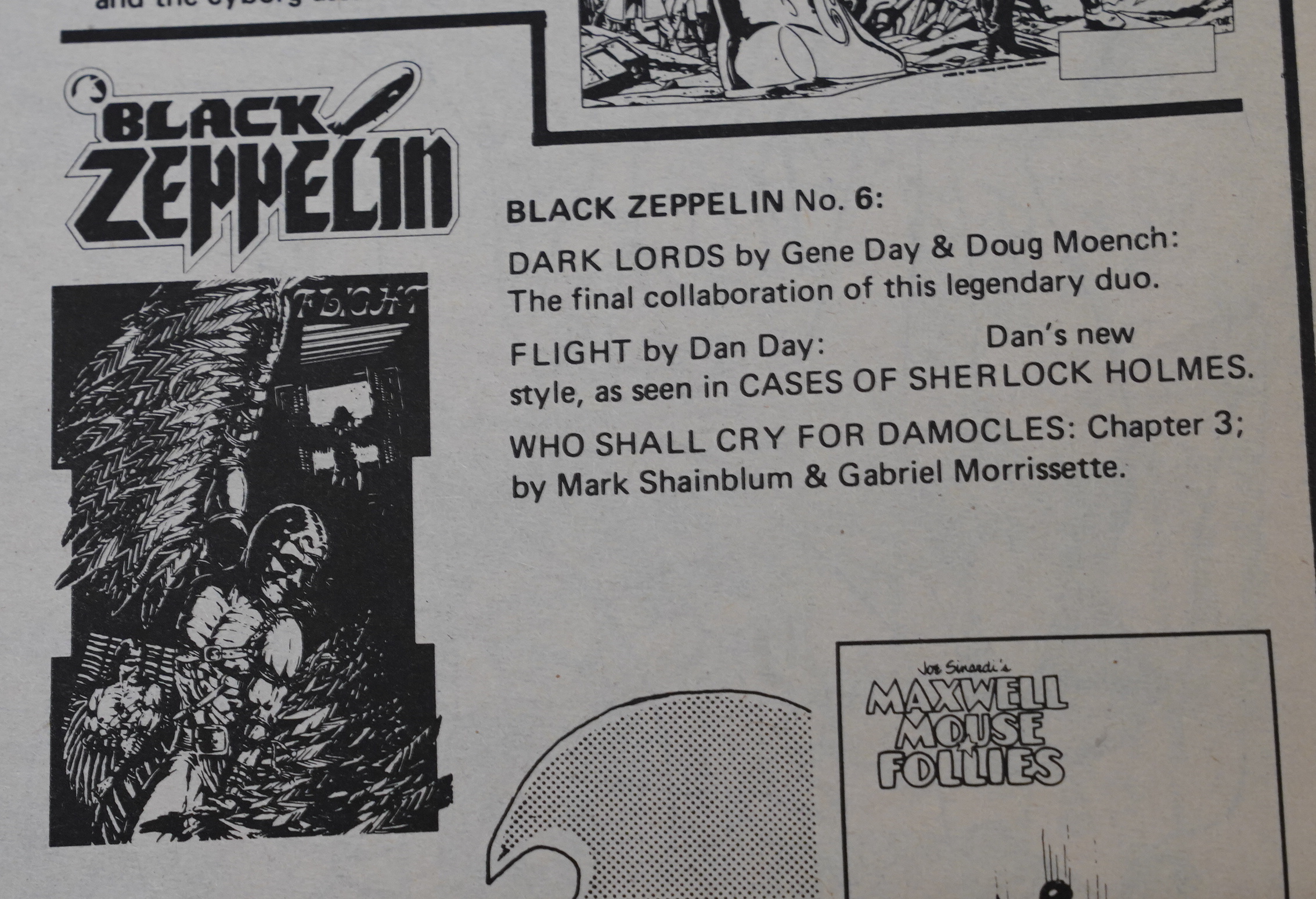
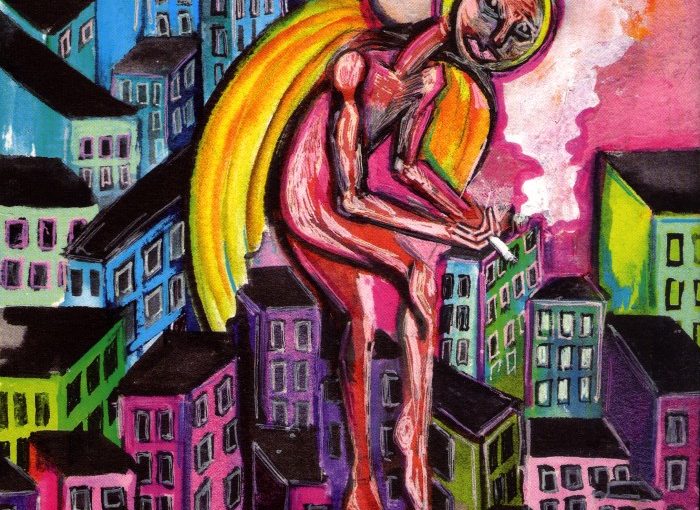
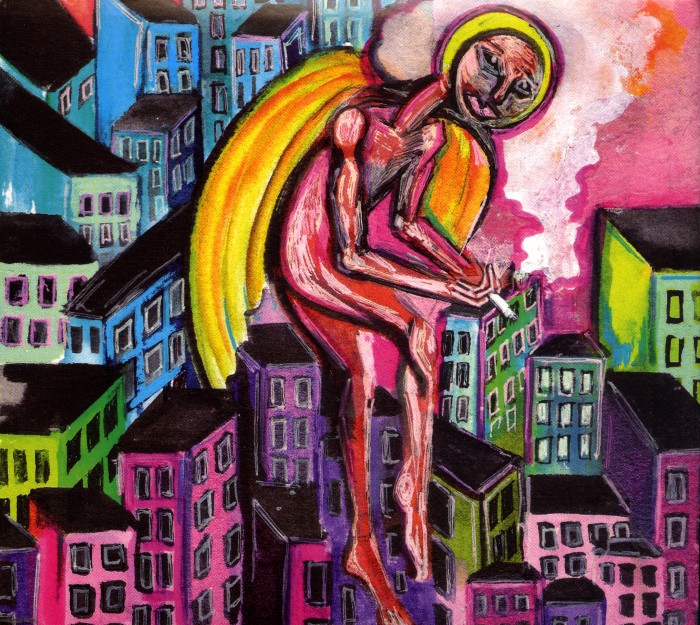



)
%2C+UNISIL)
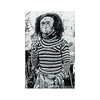
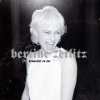
)
)

)
)
%3A+1969+Stereo+Mixes)


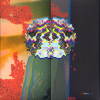


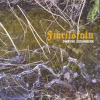

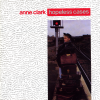

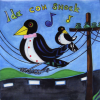
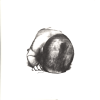
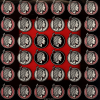
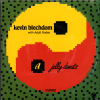
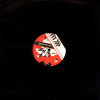
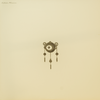
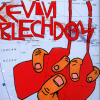
)
